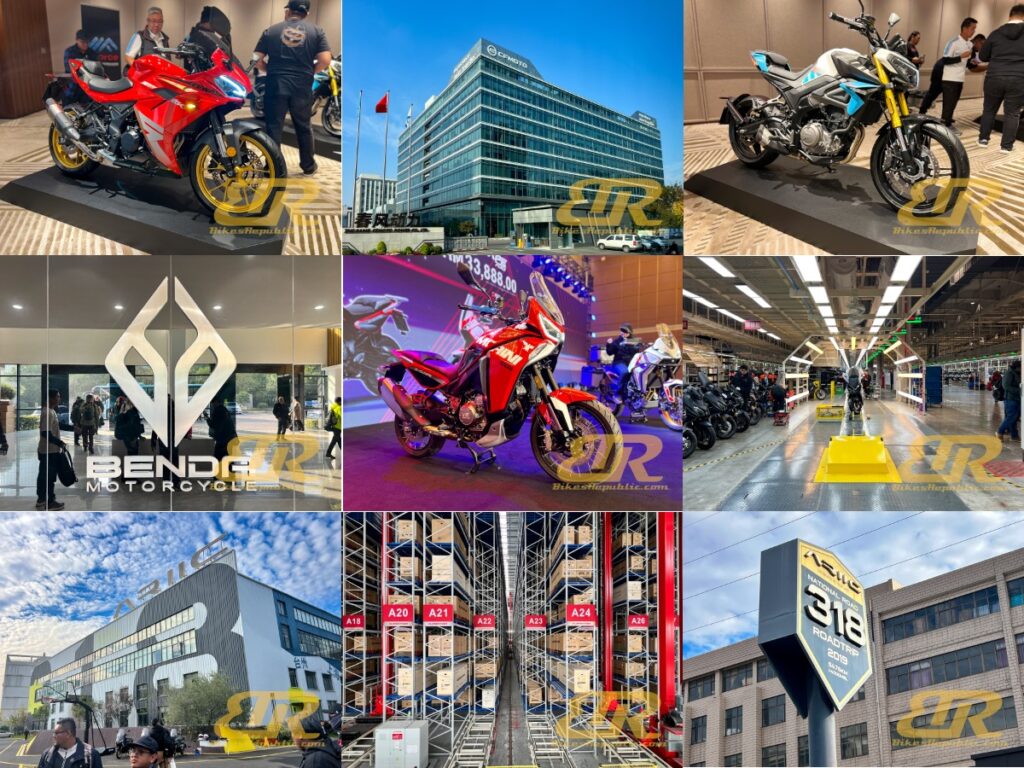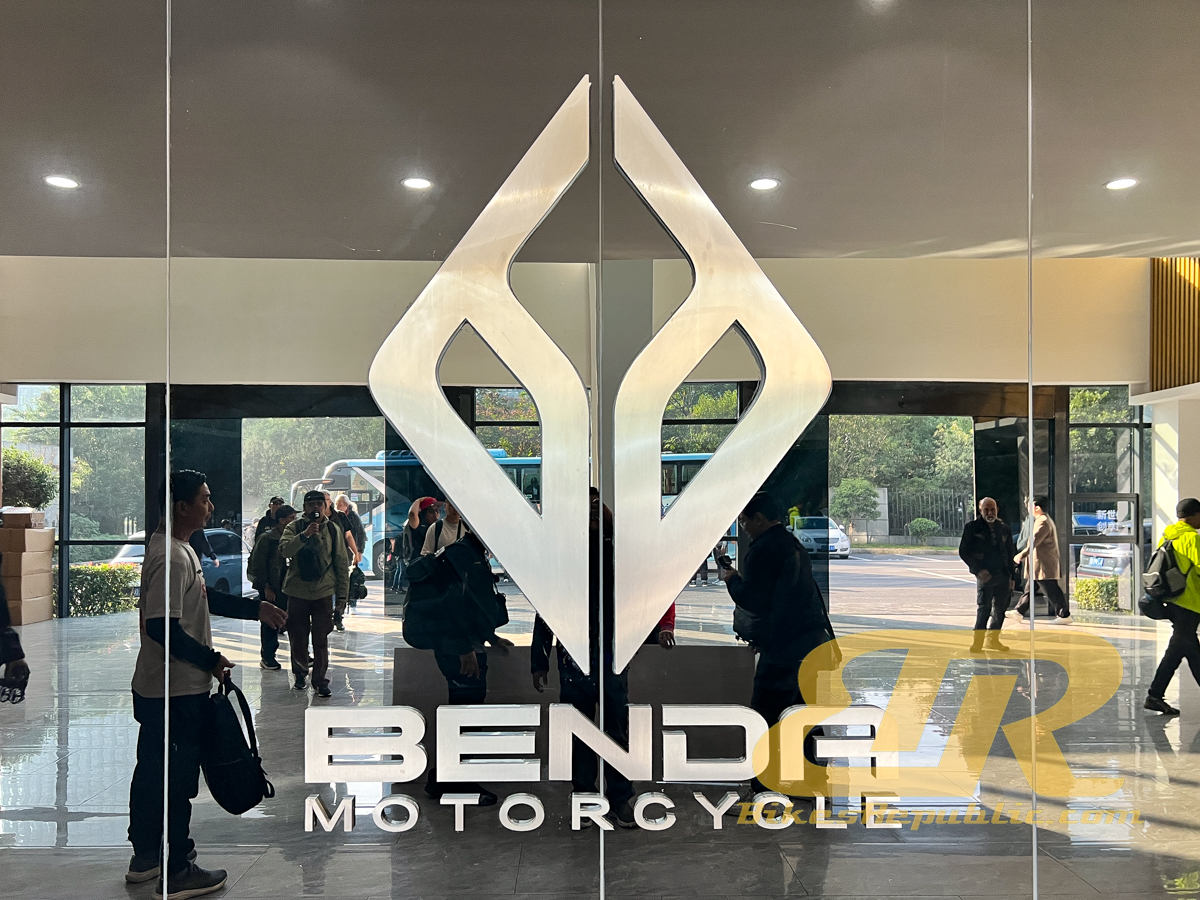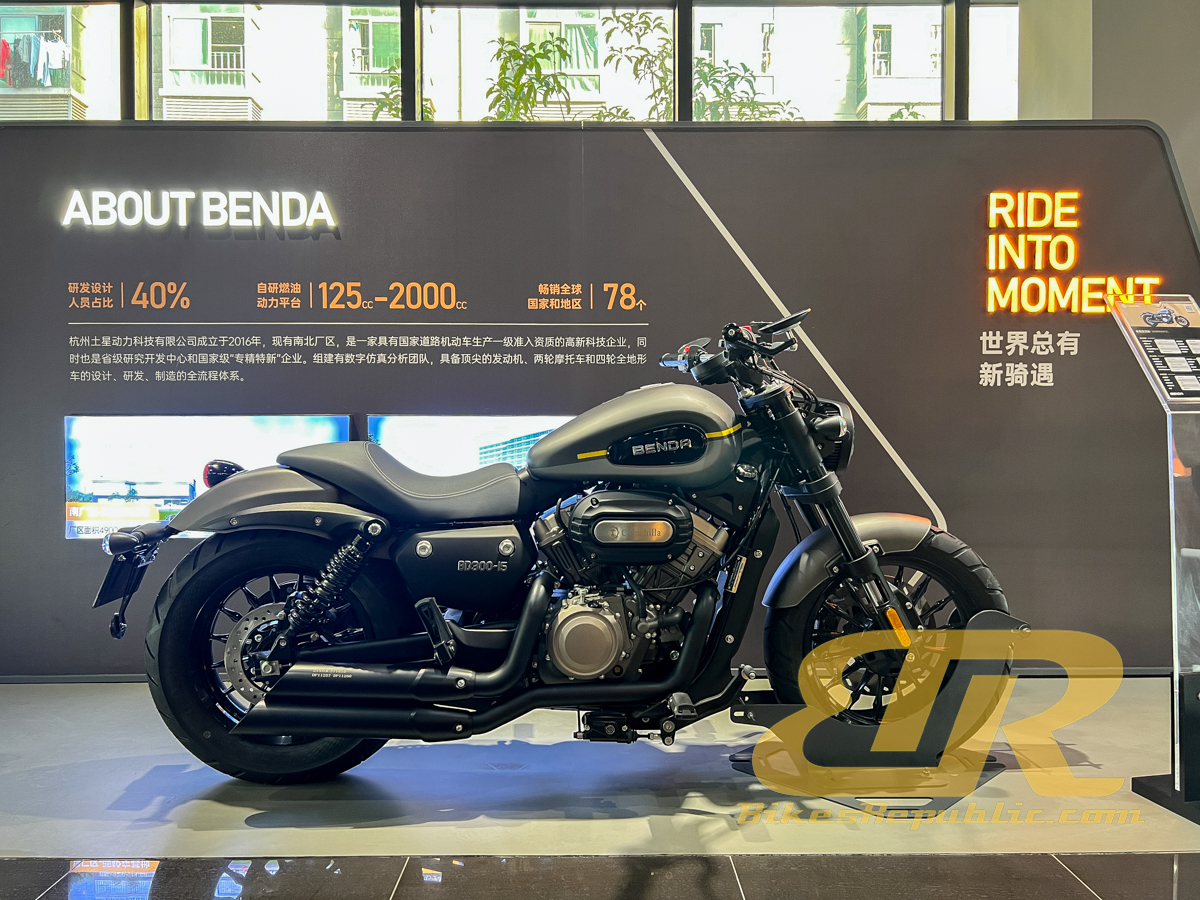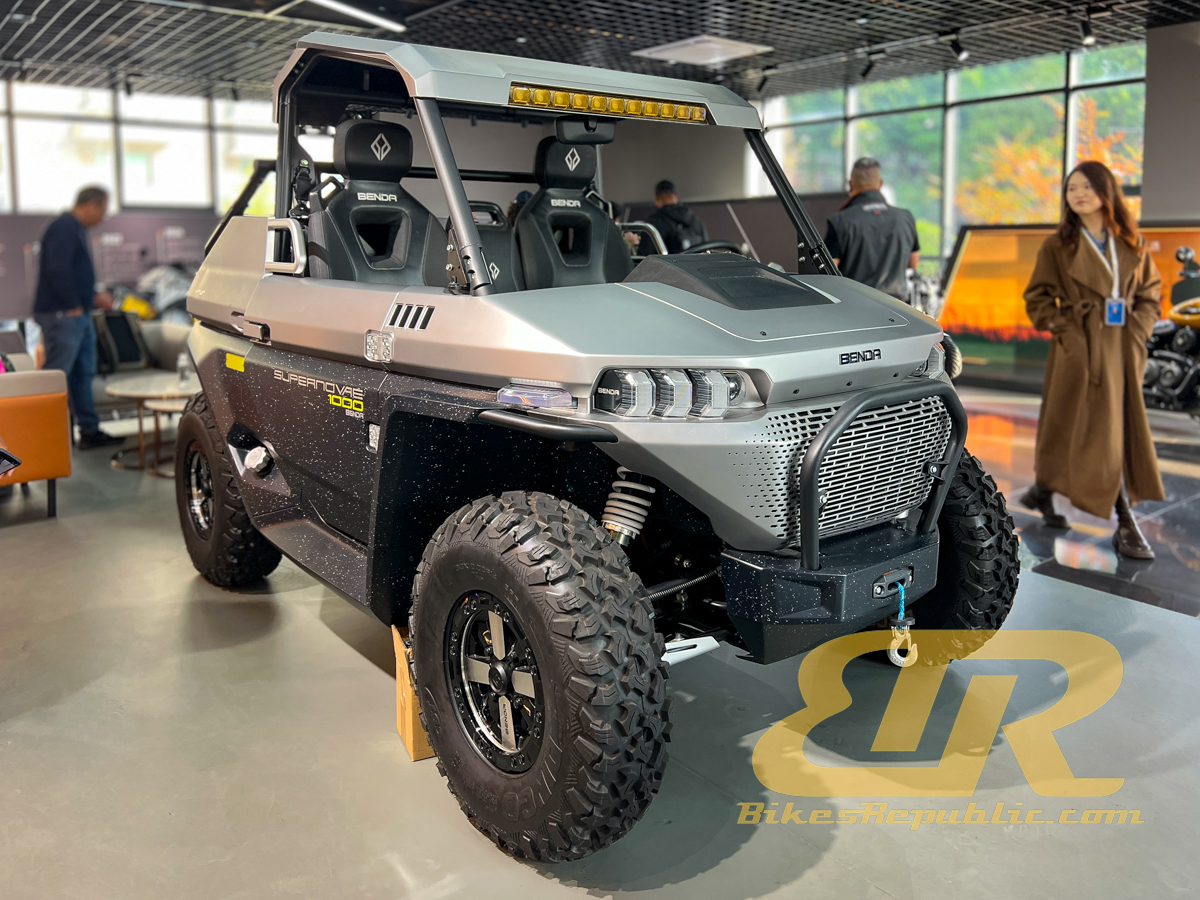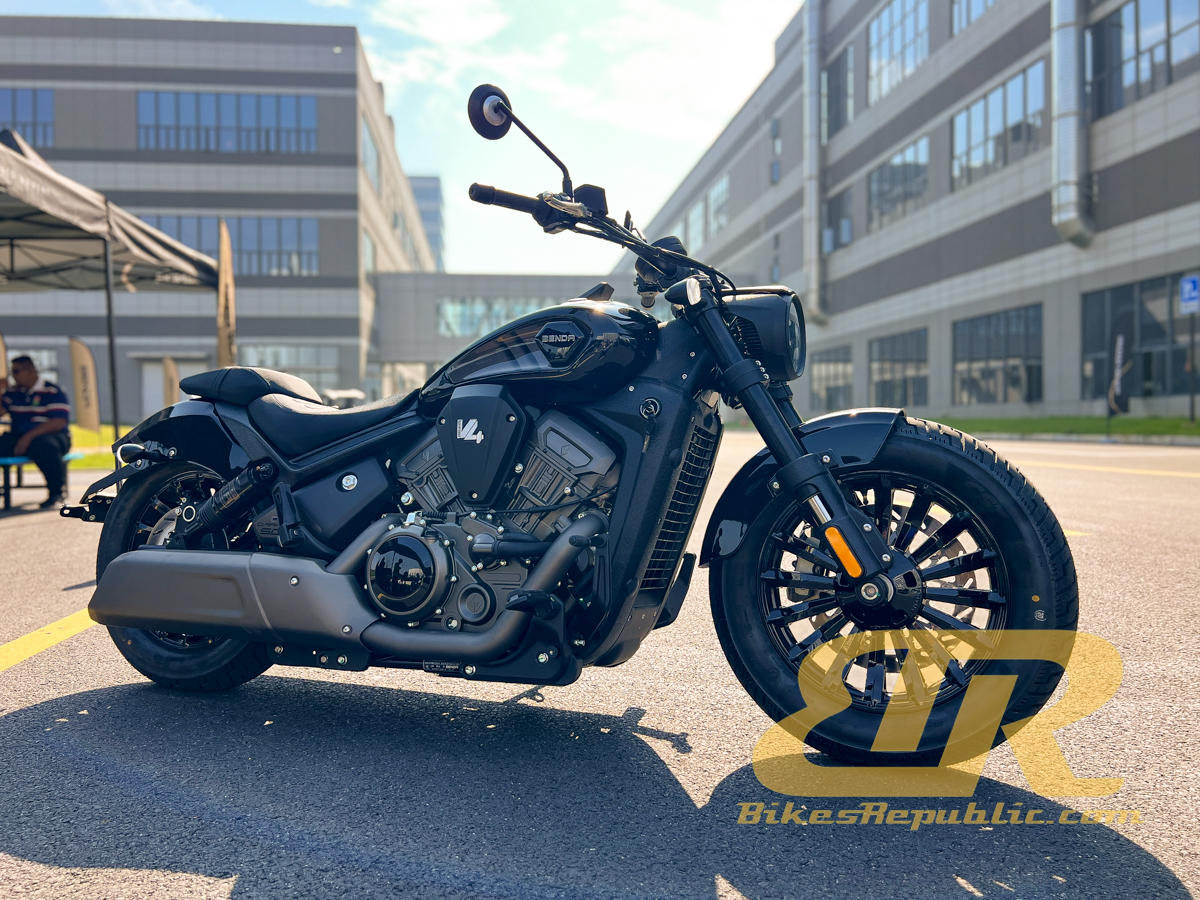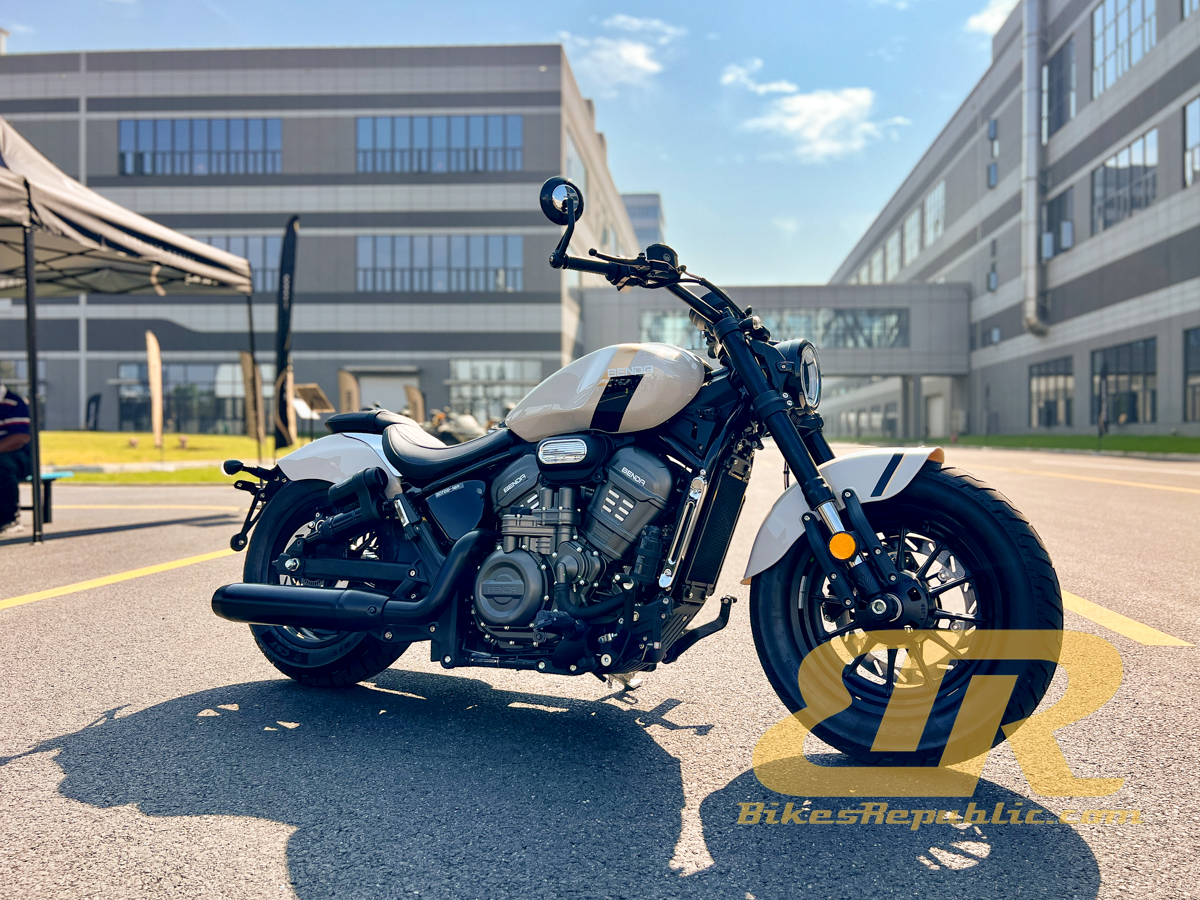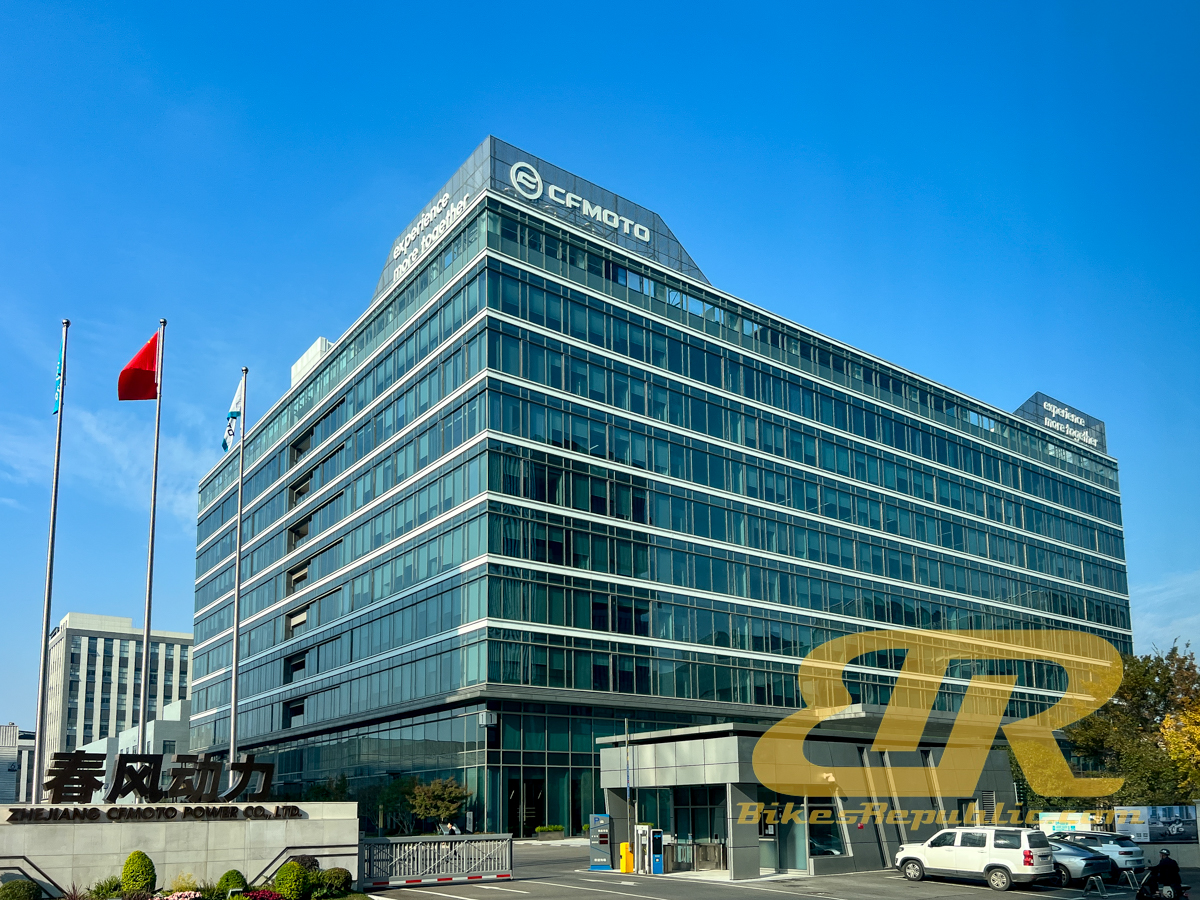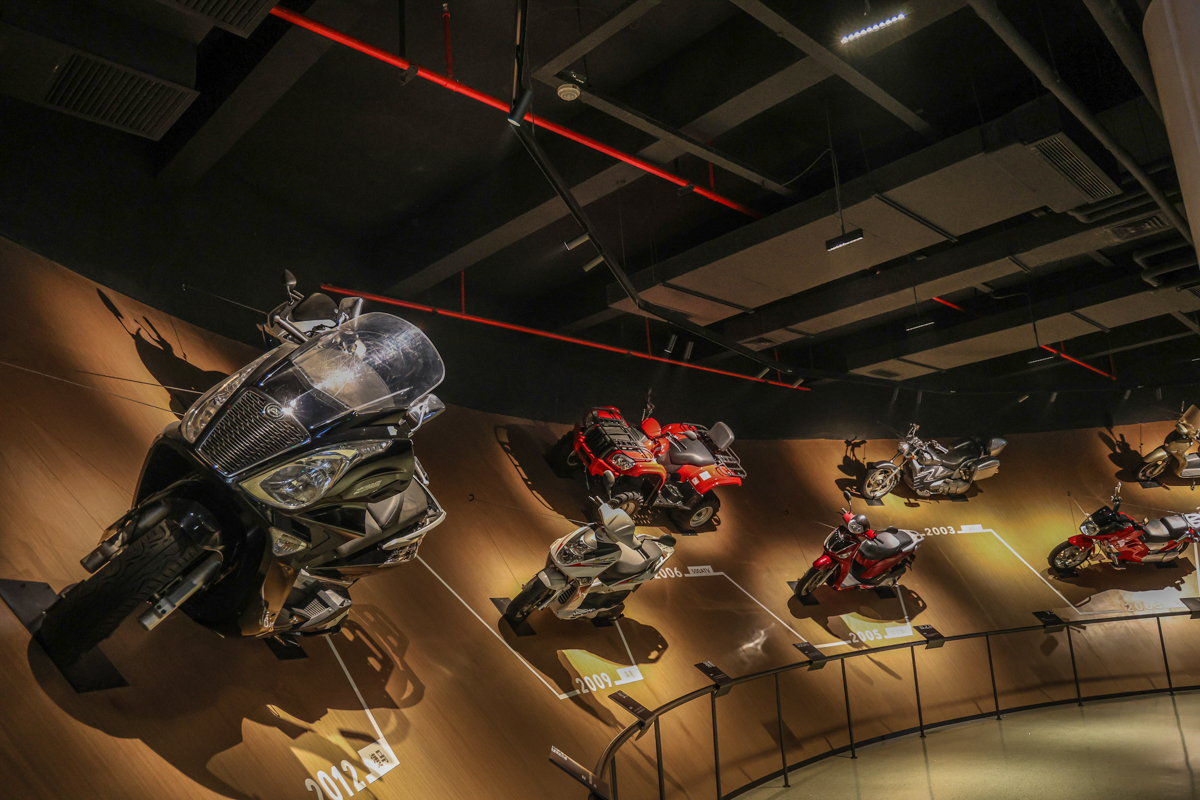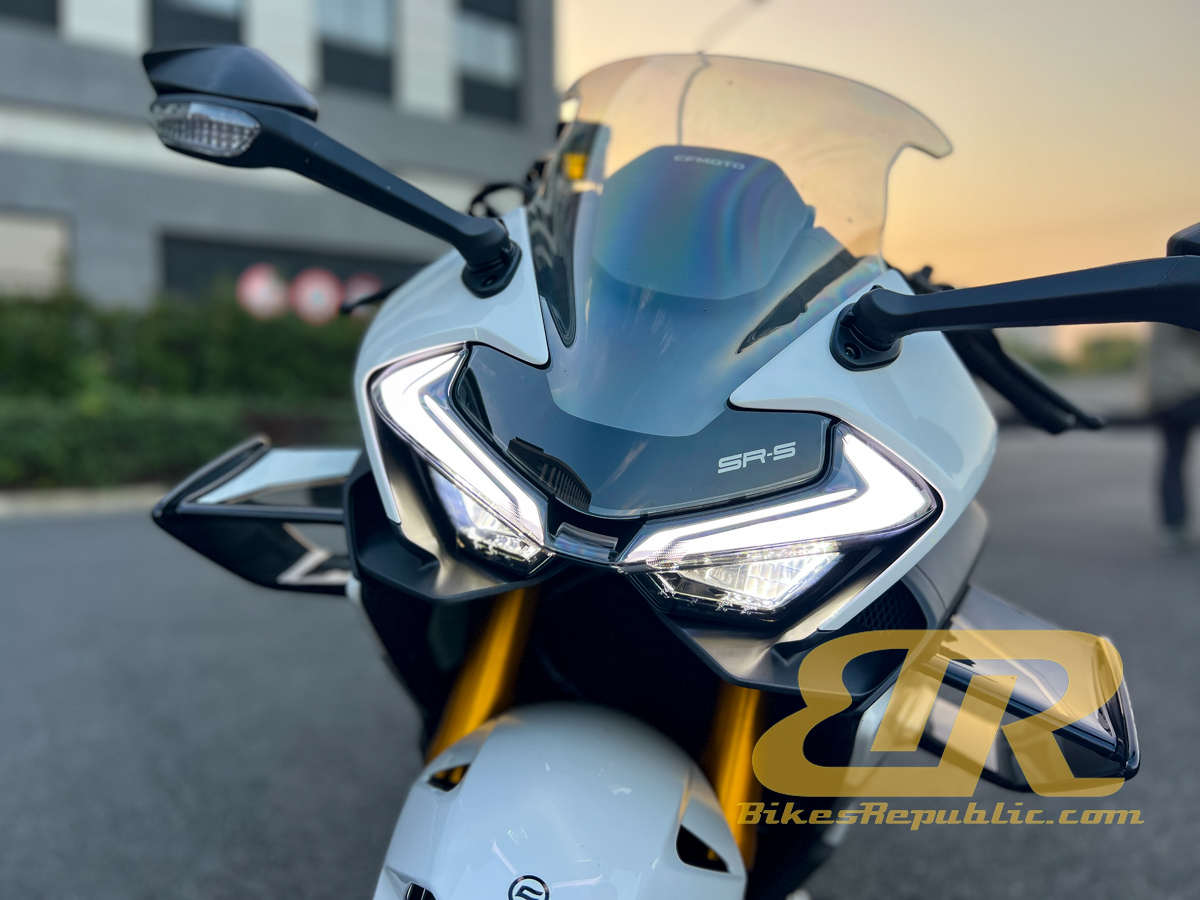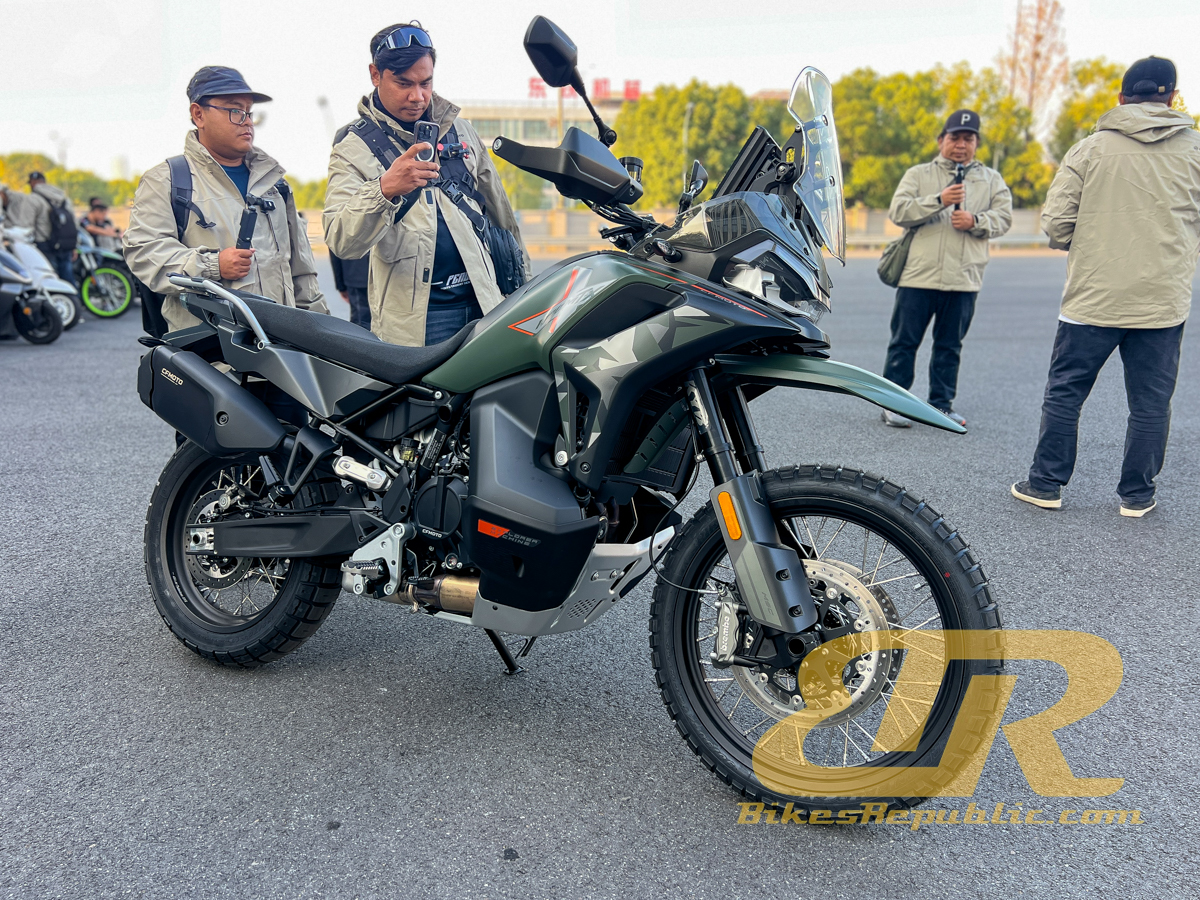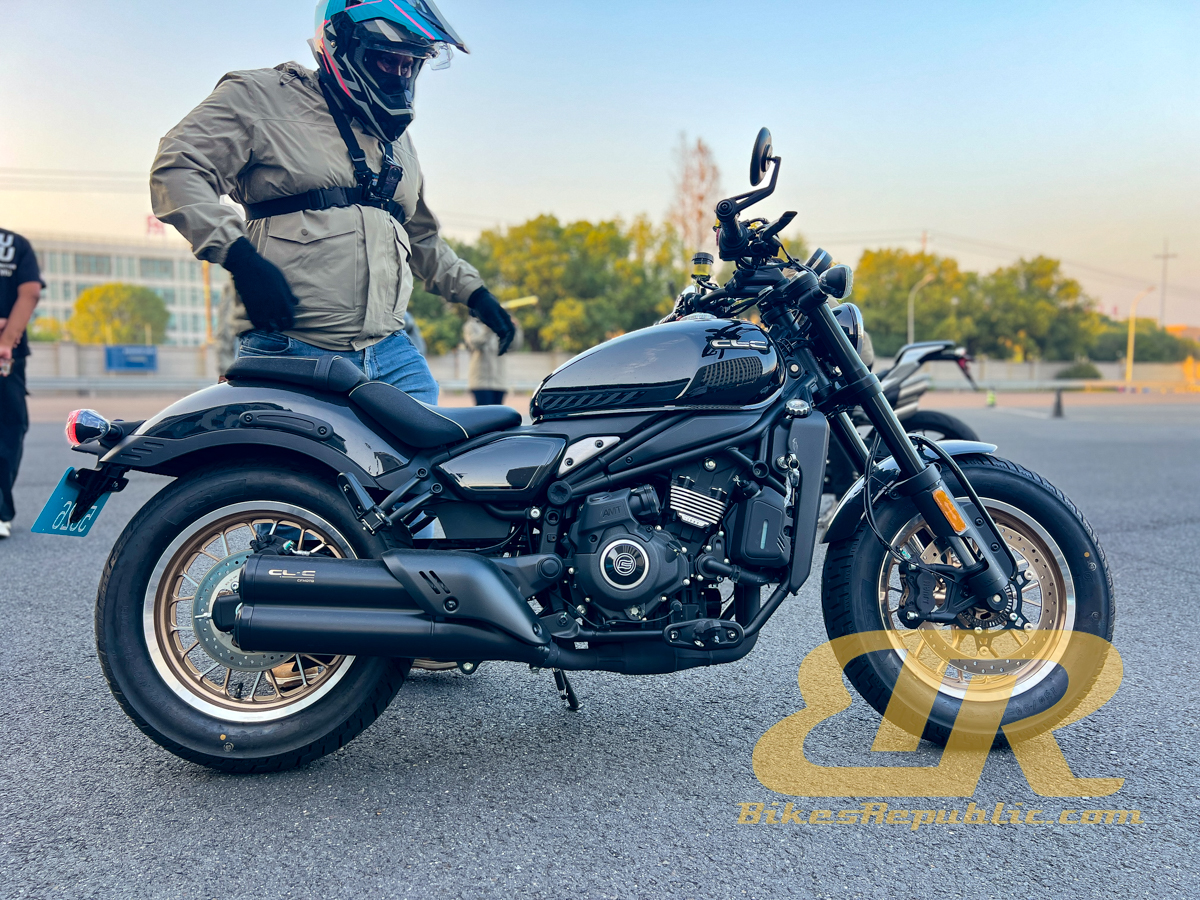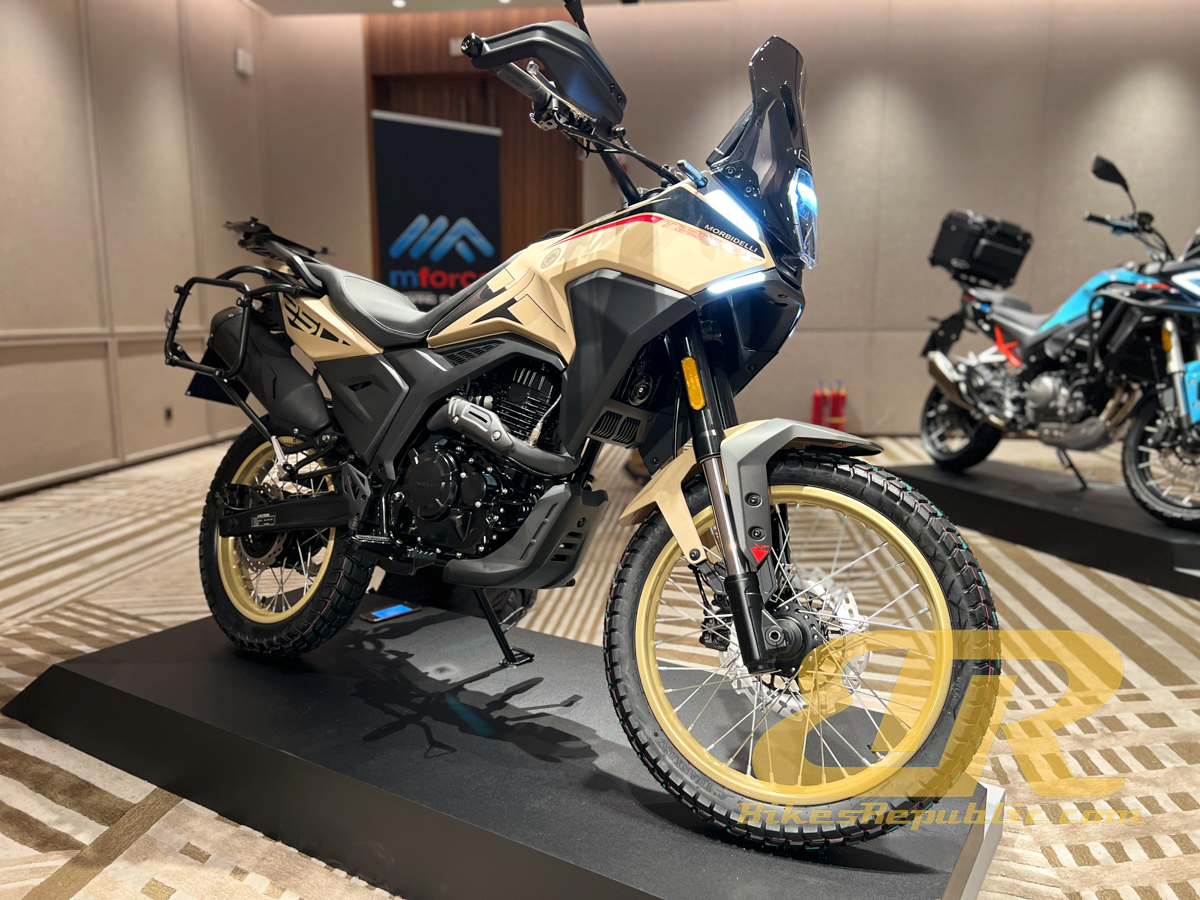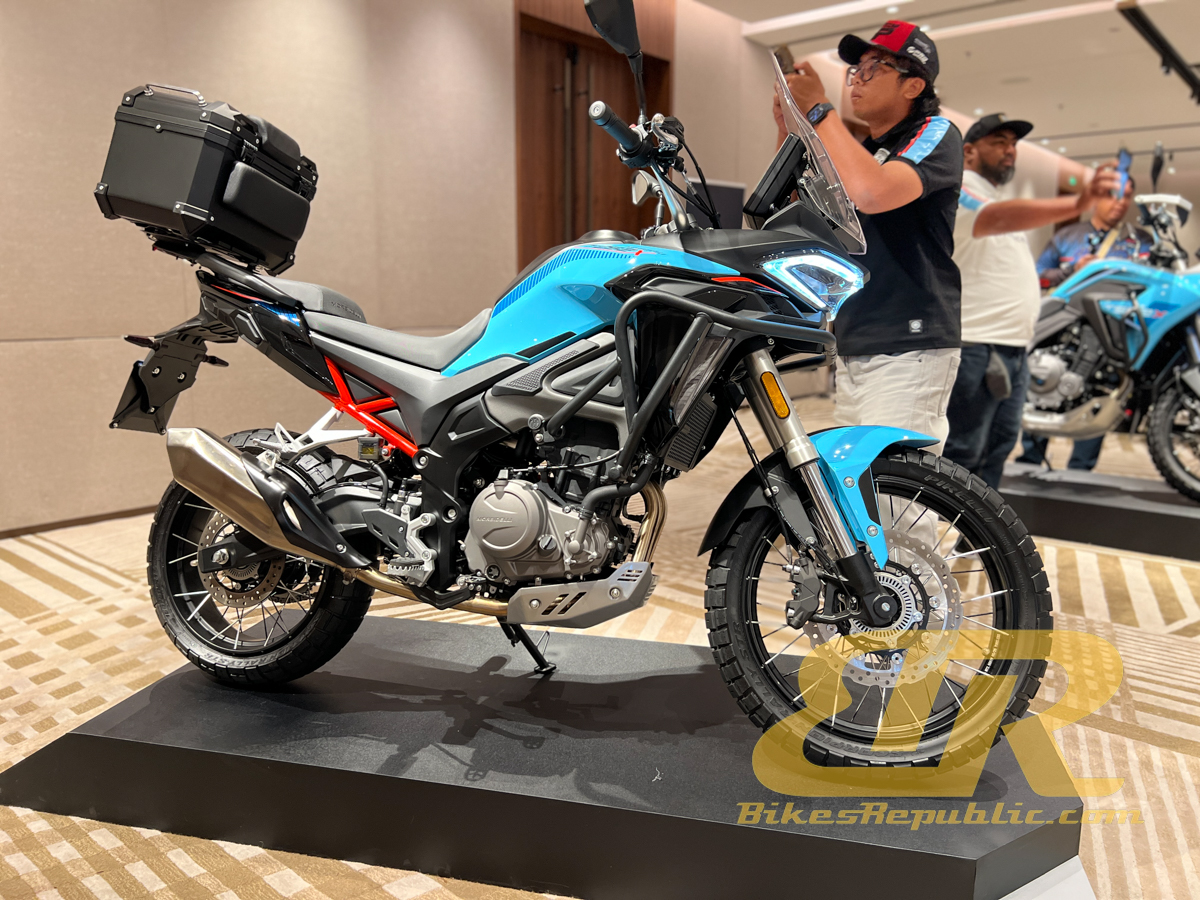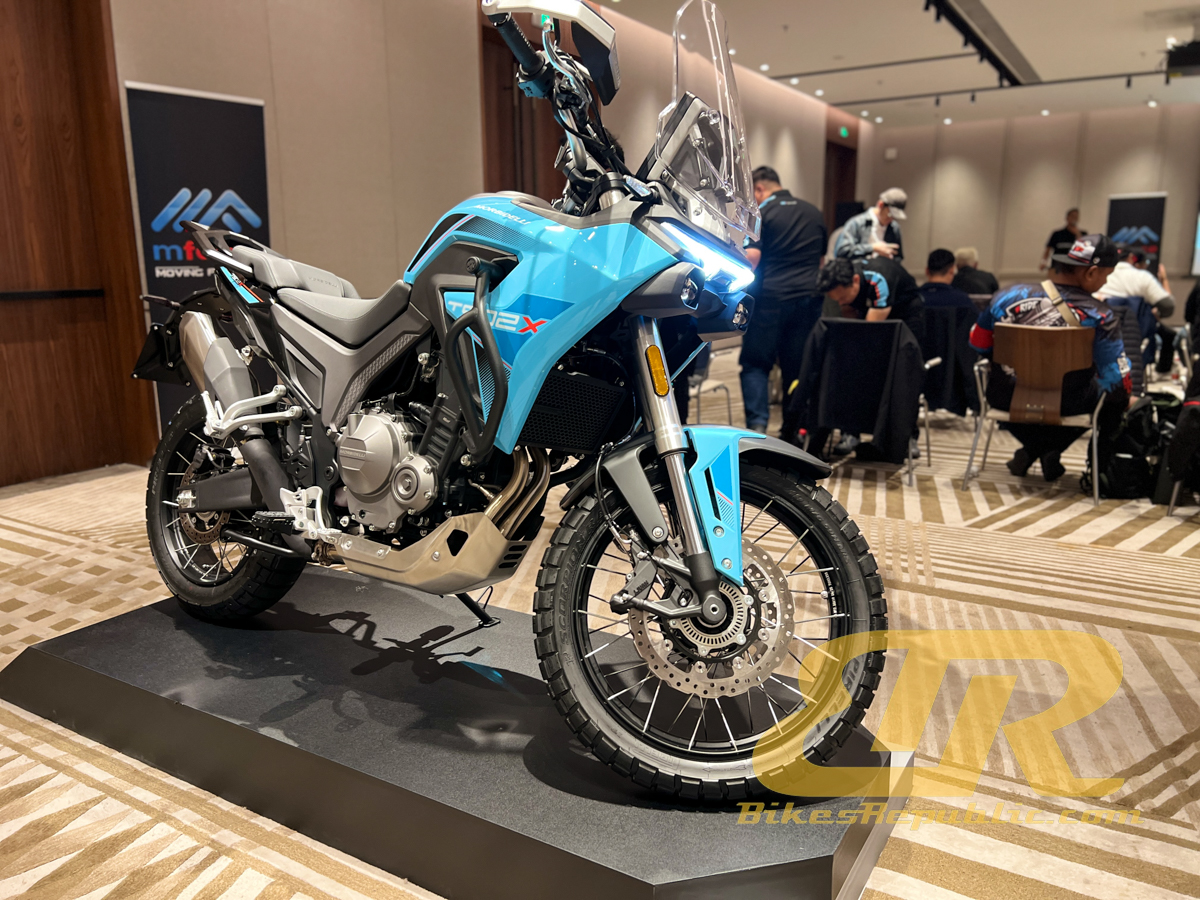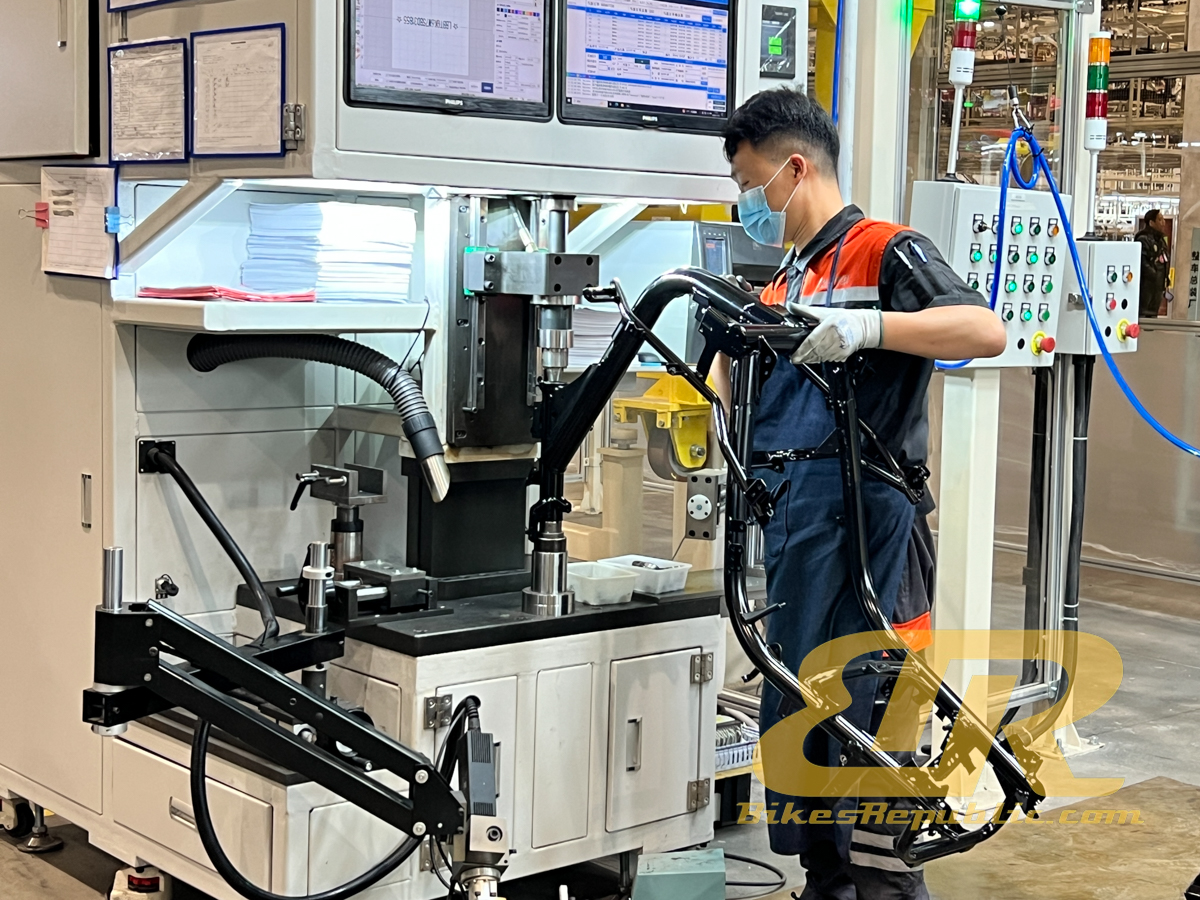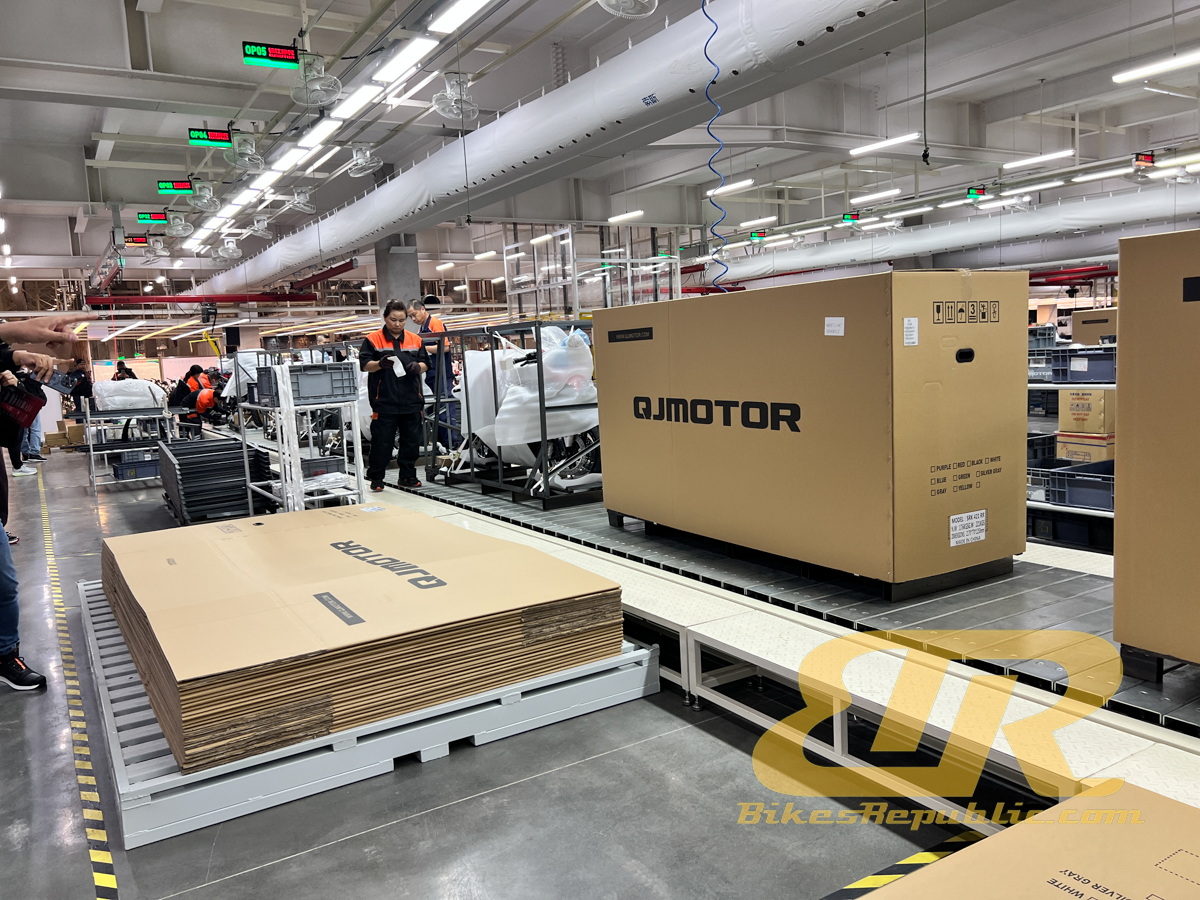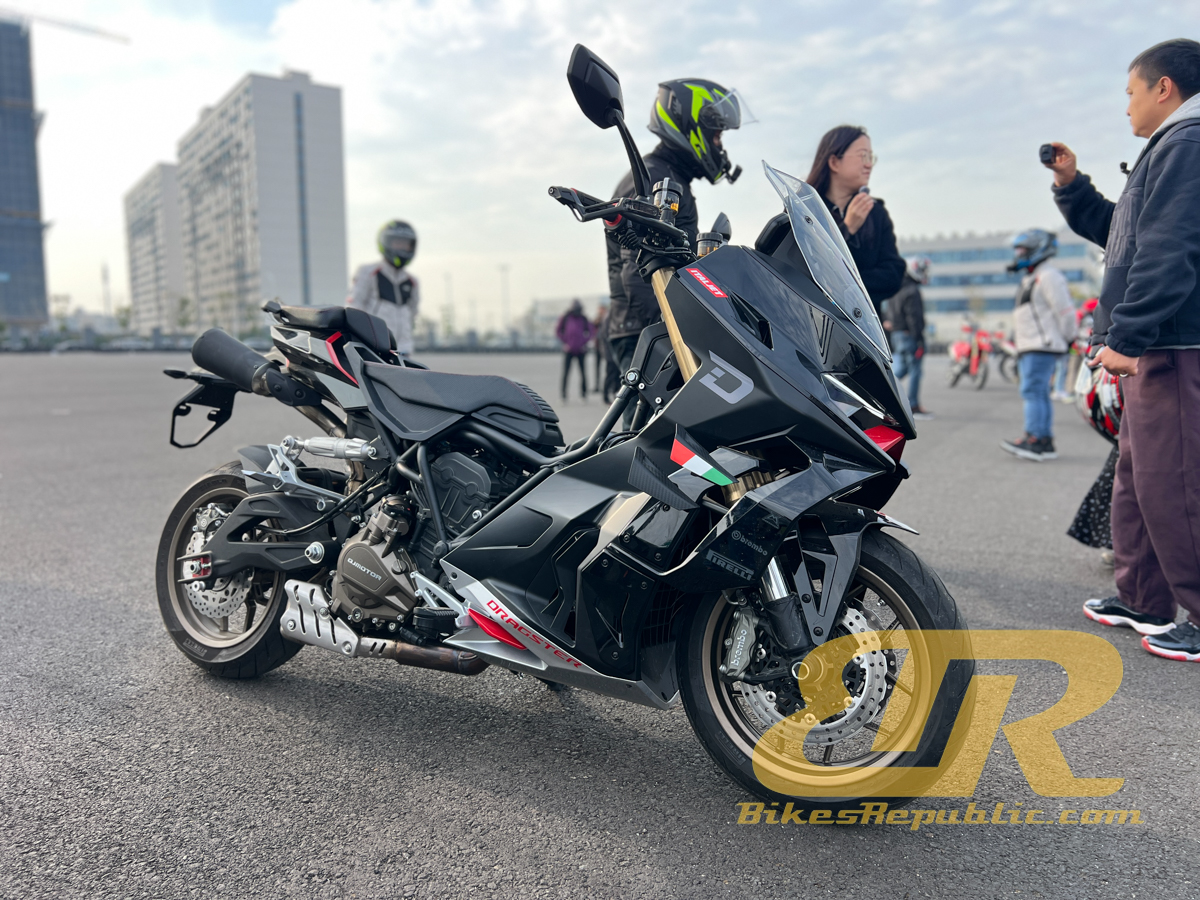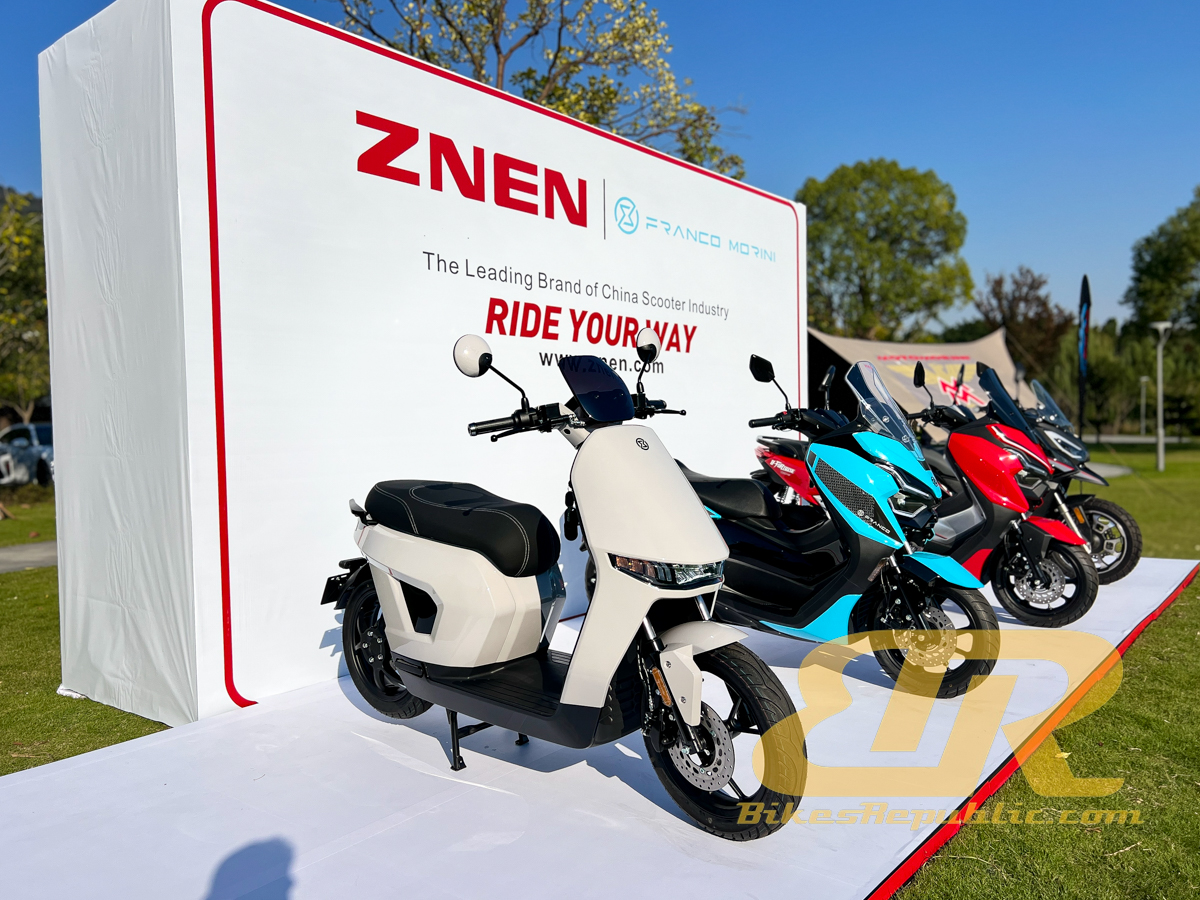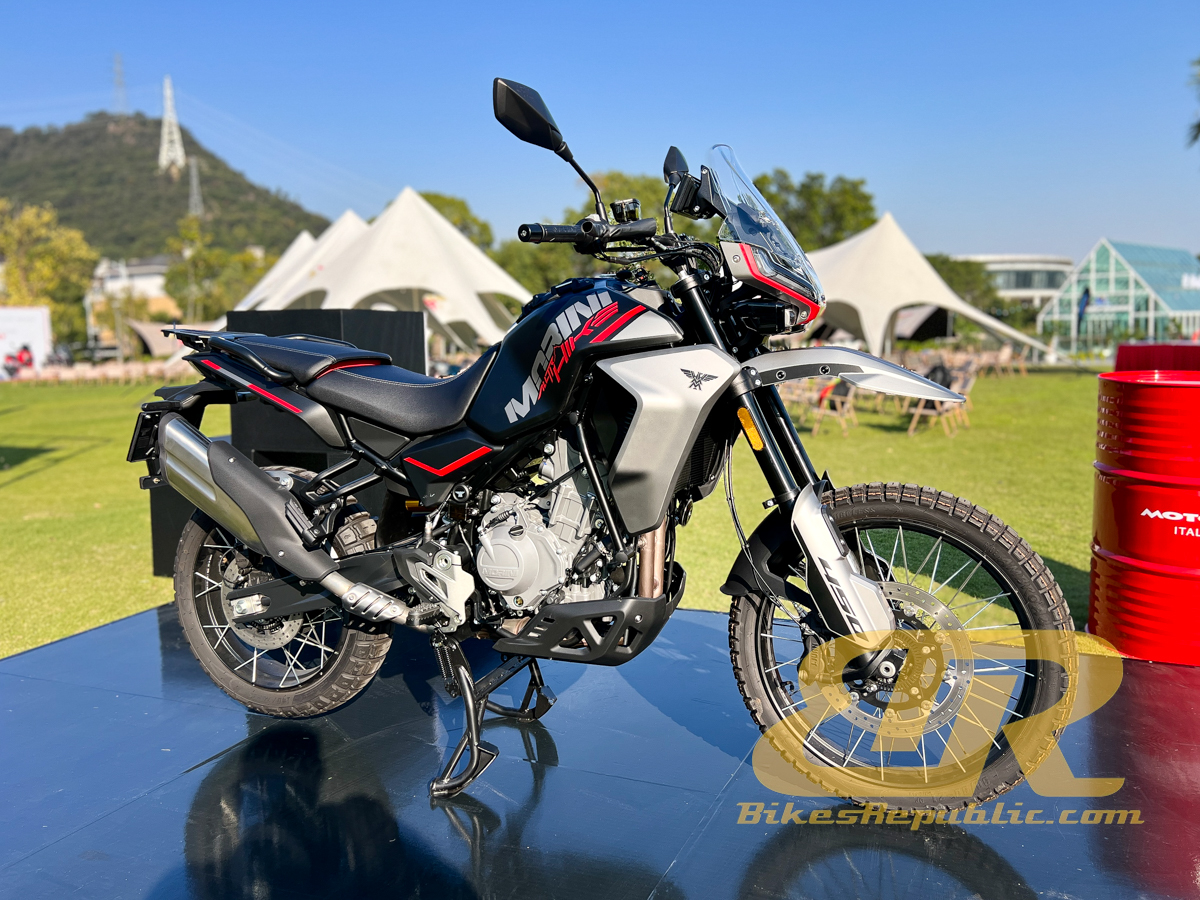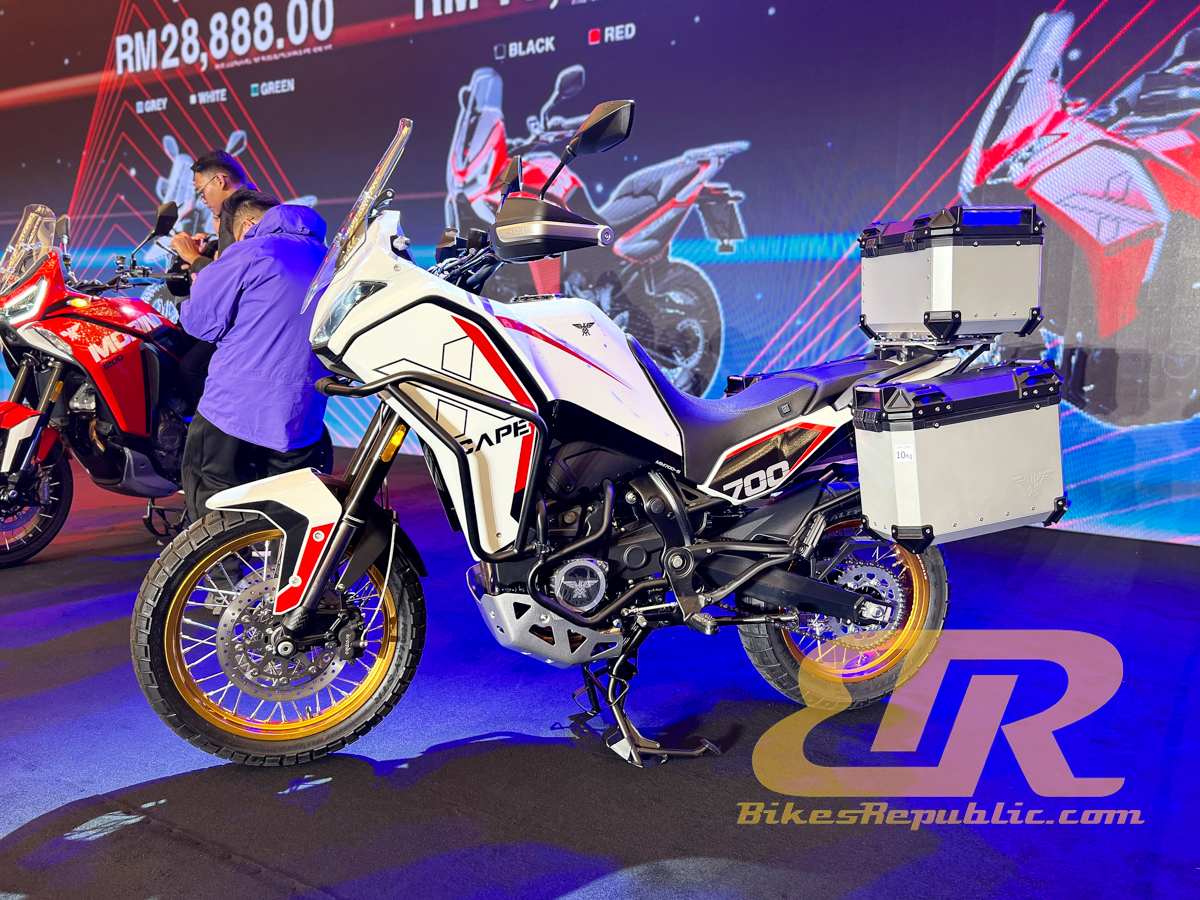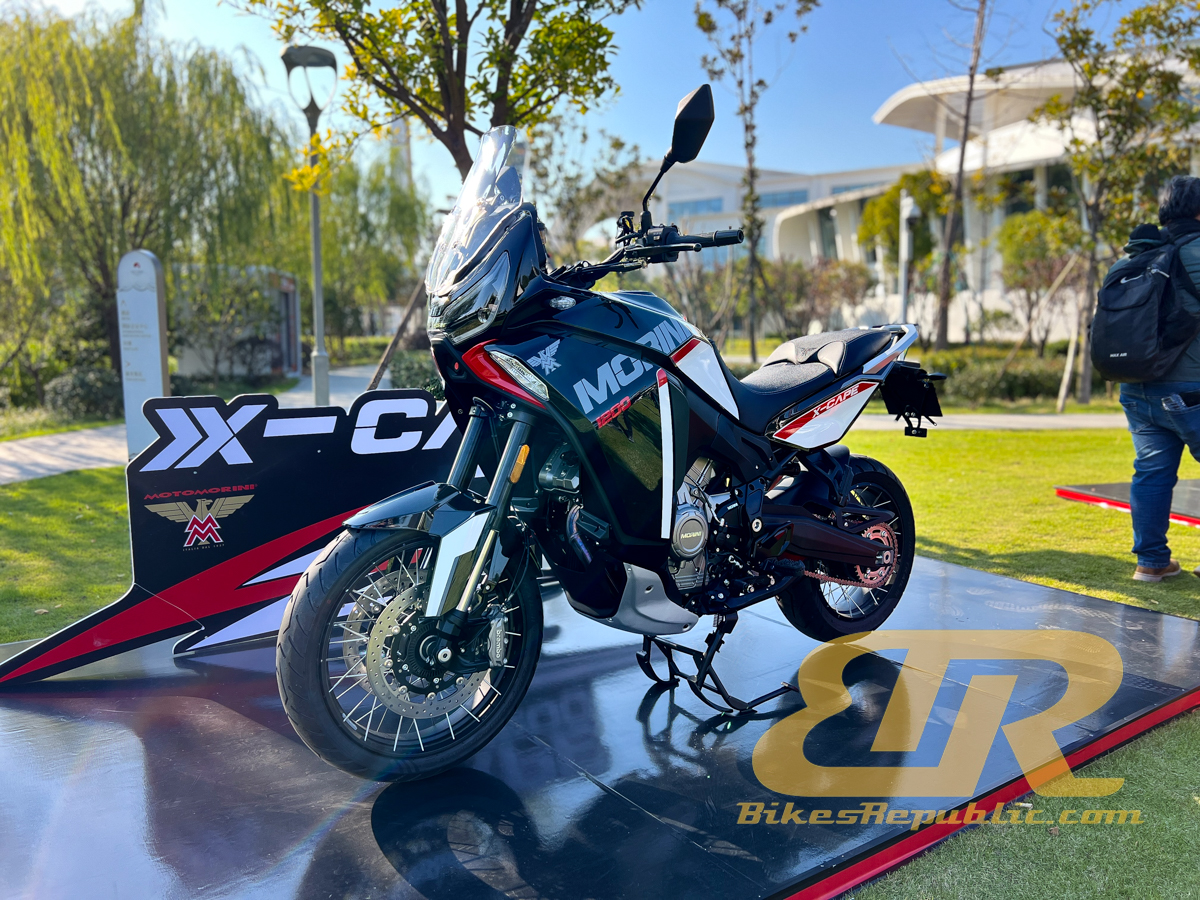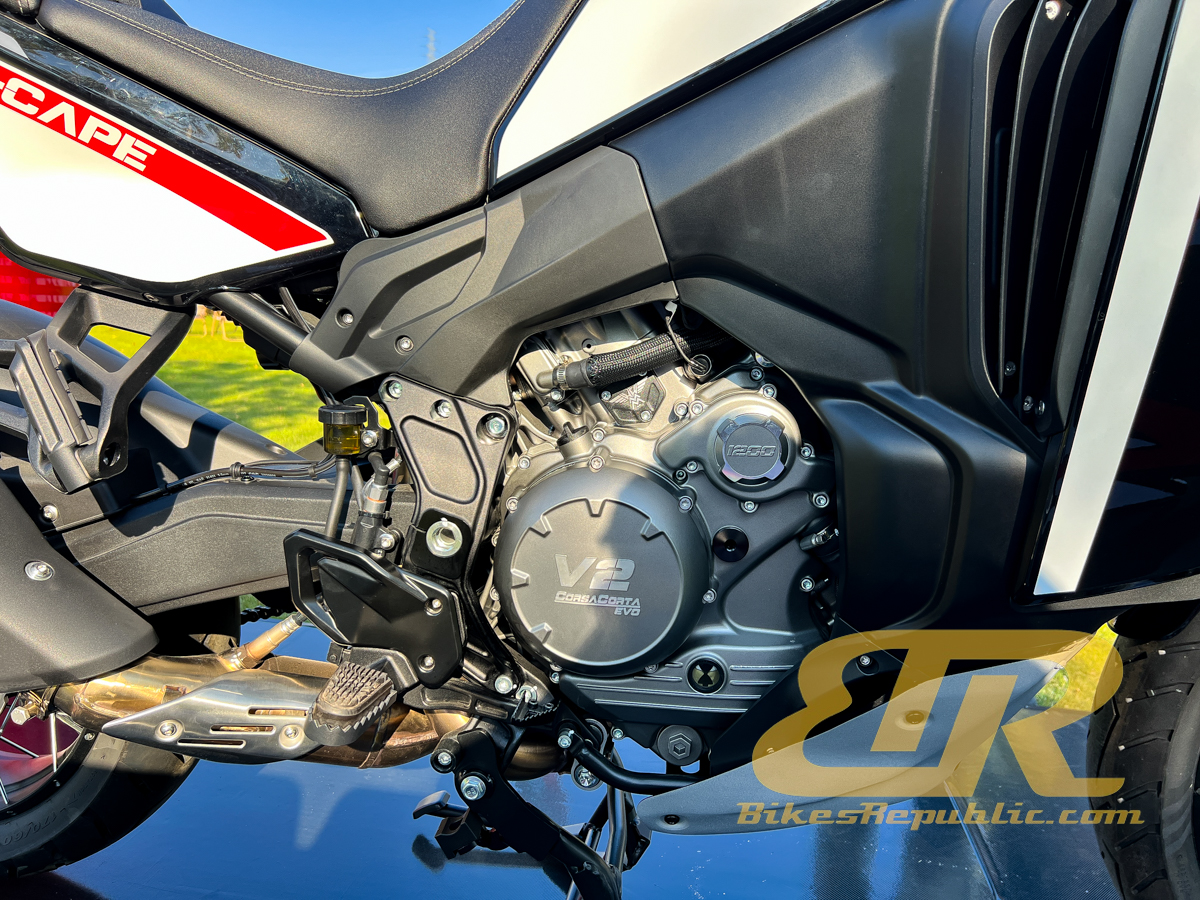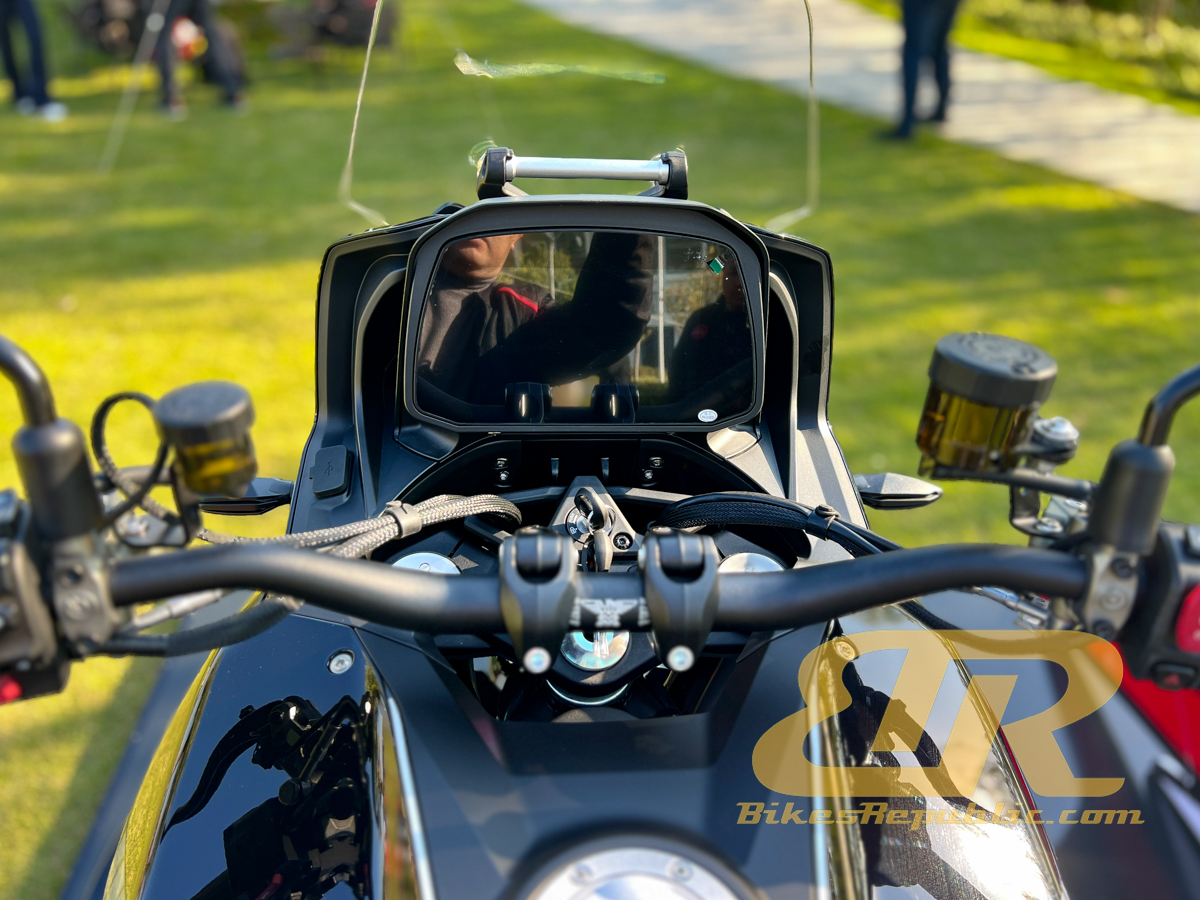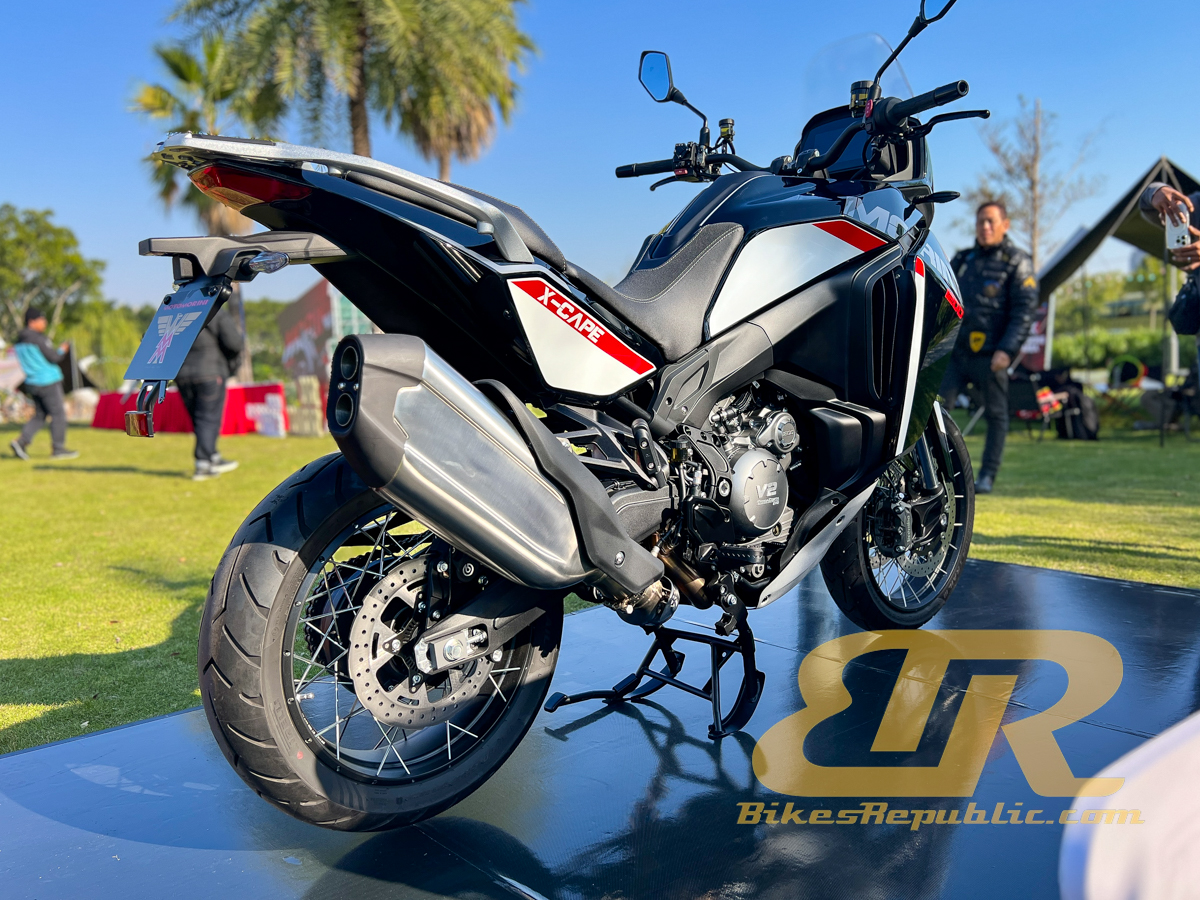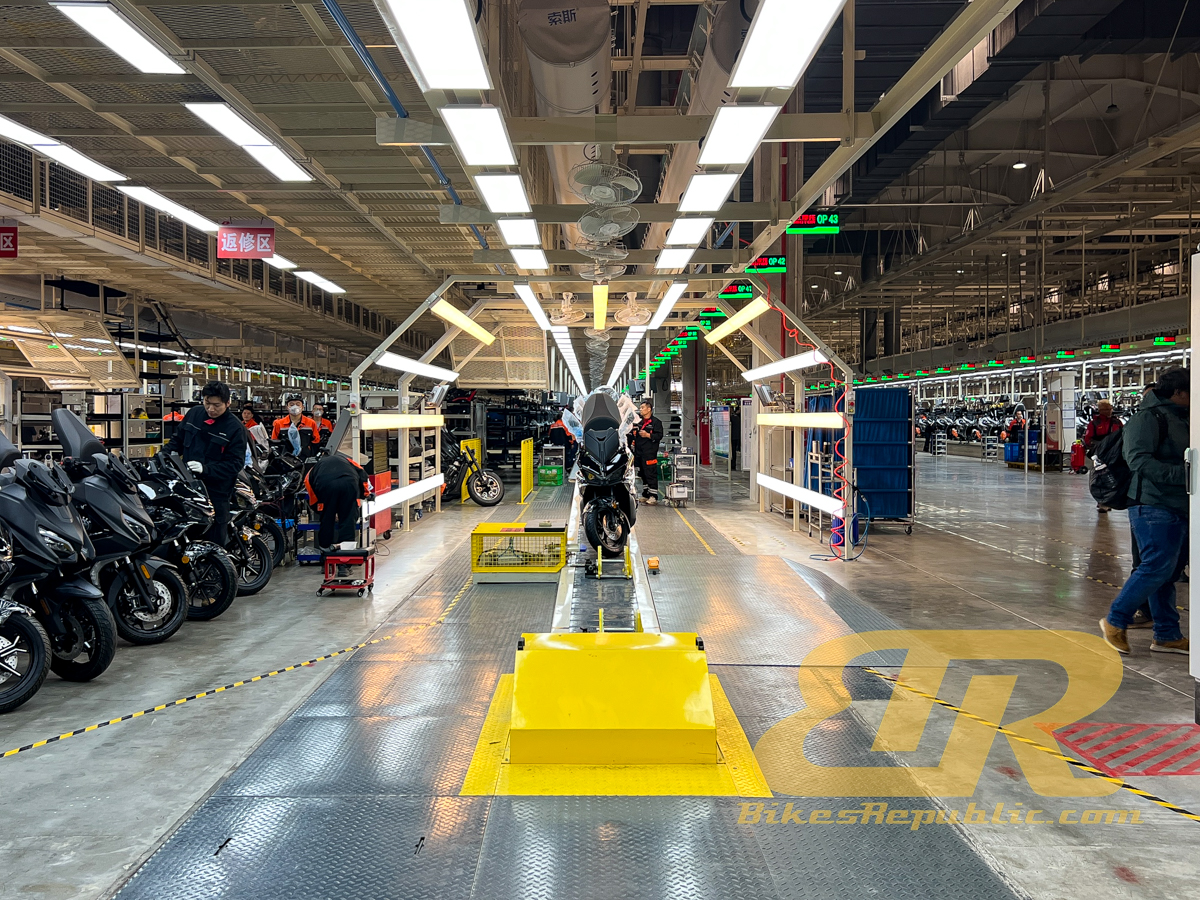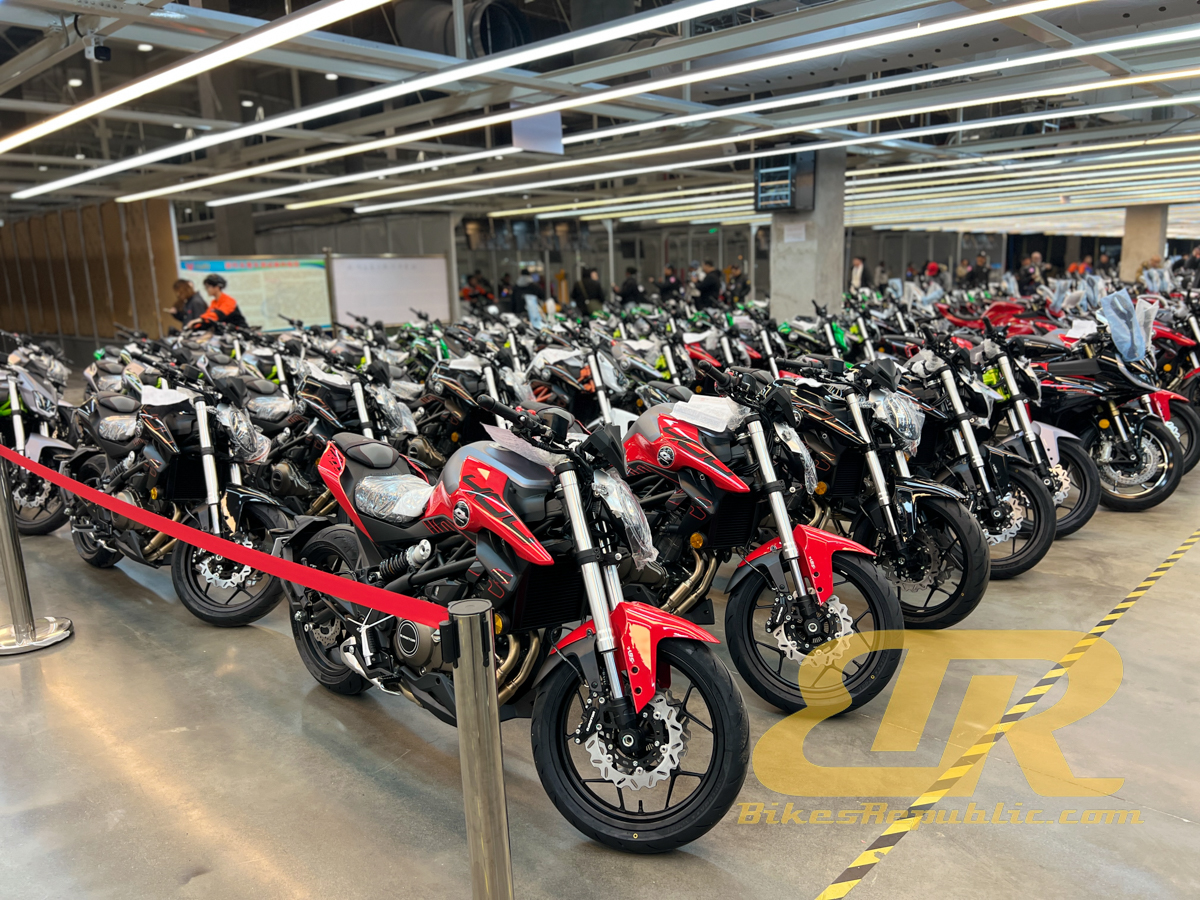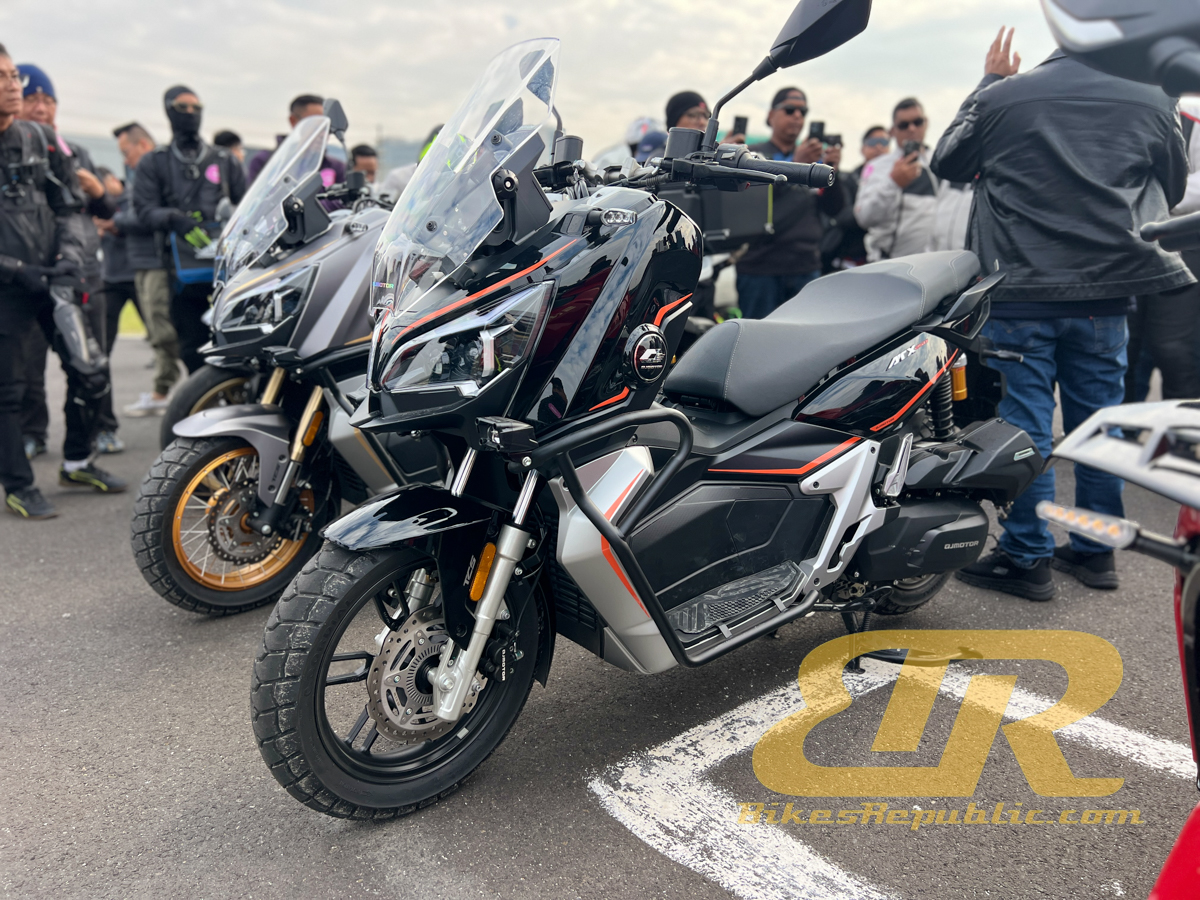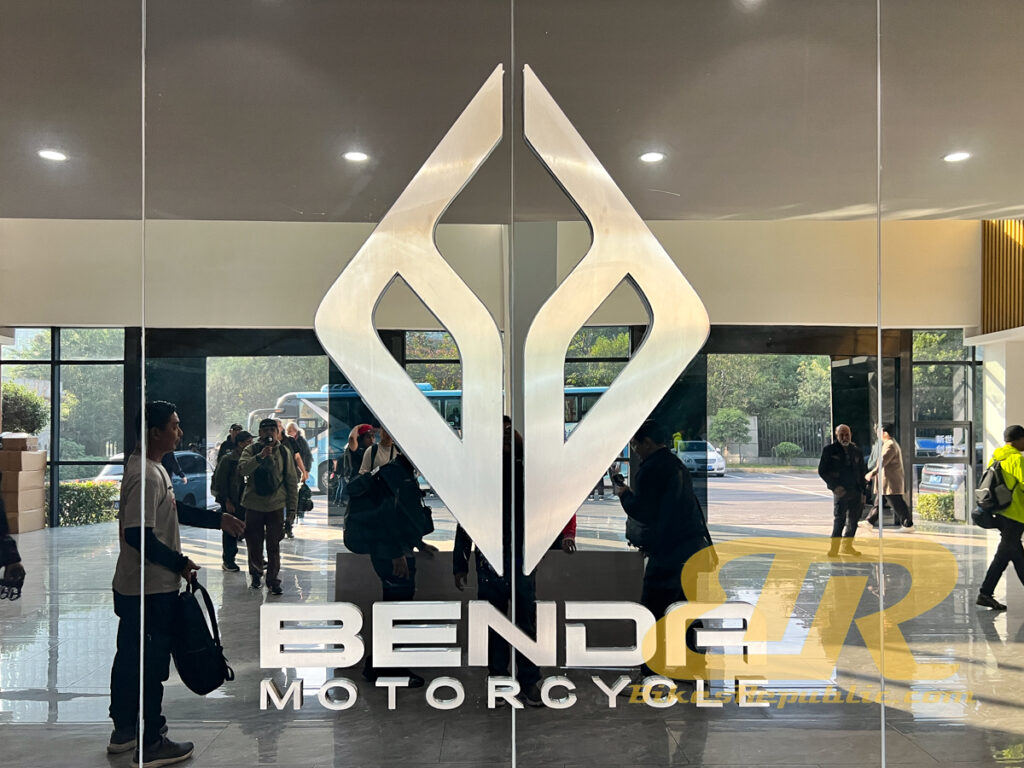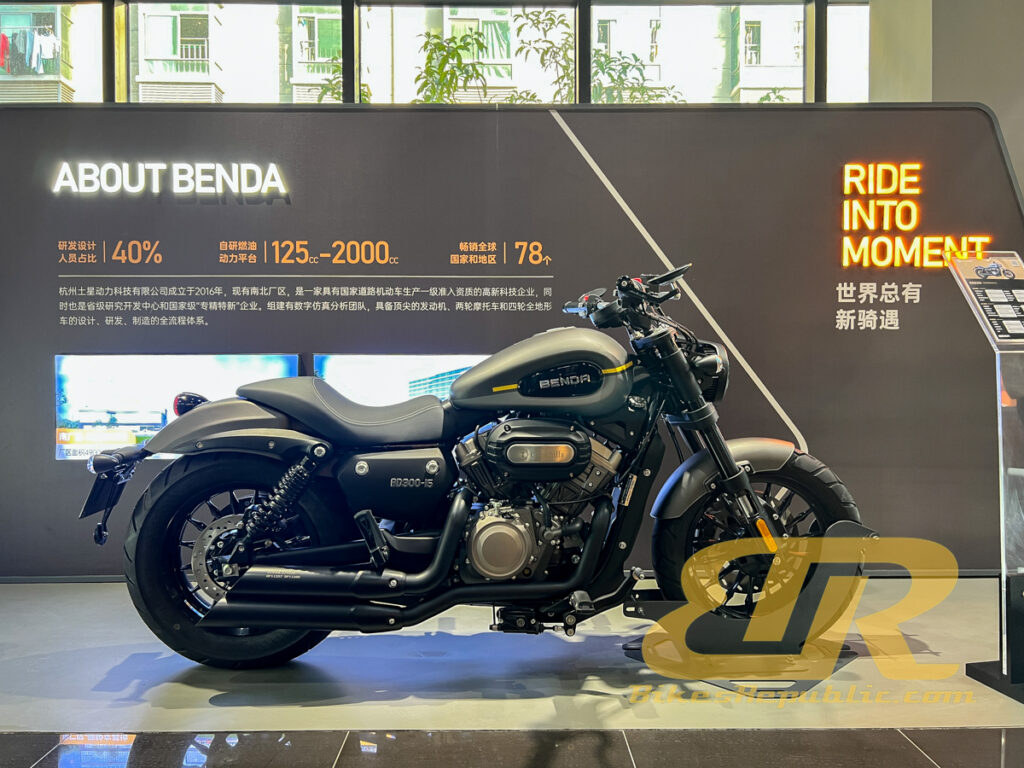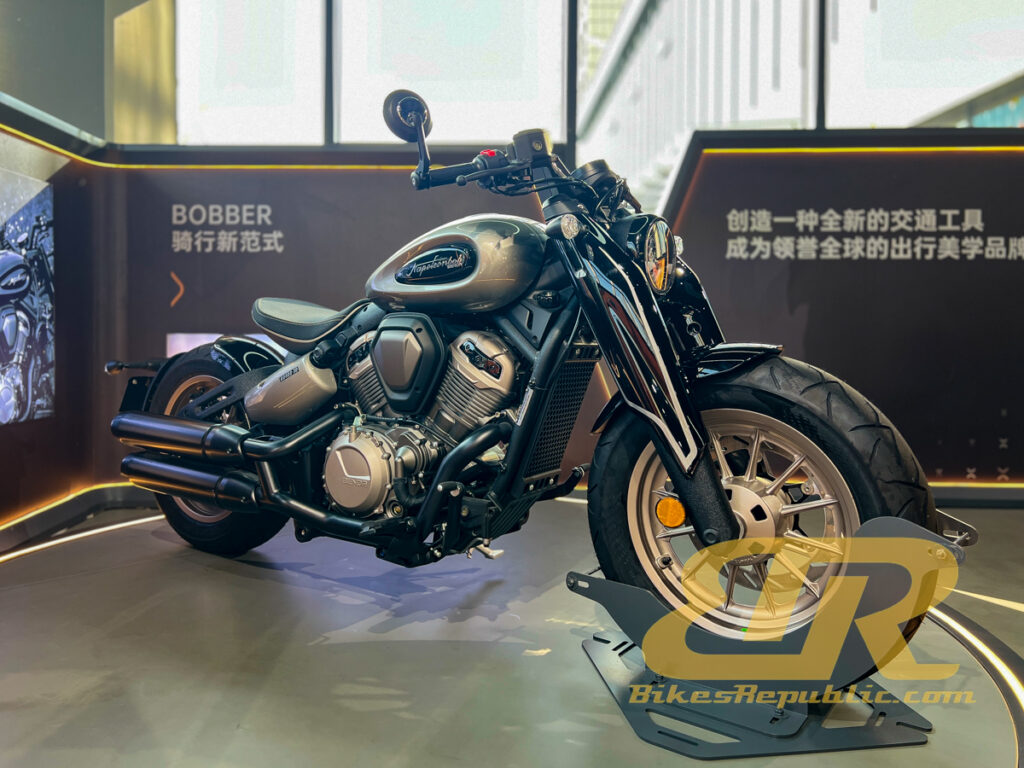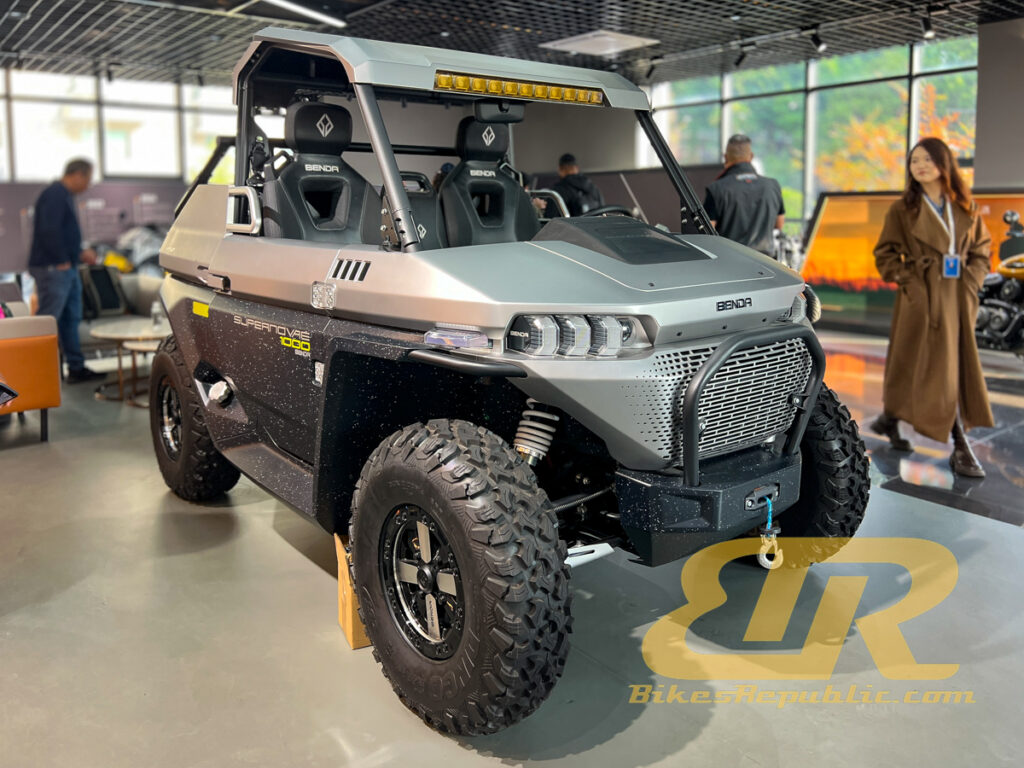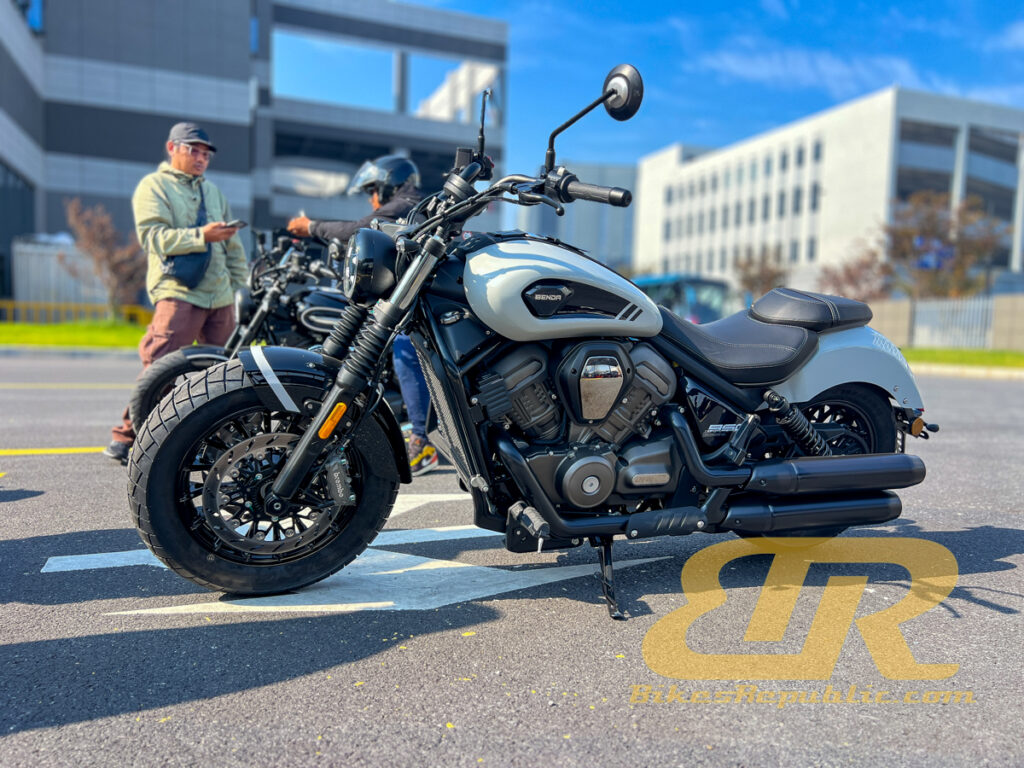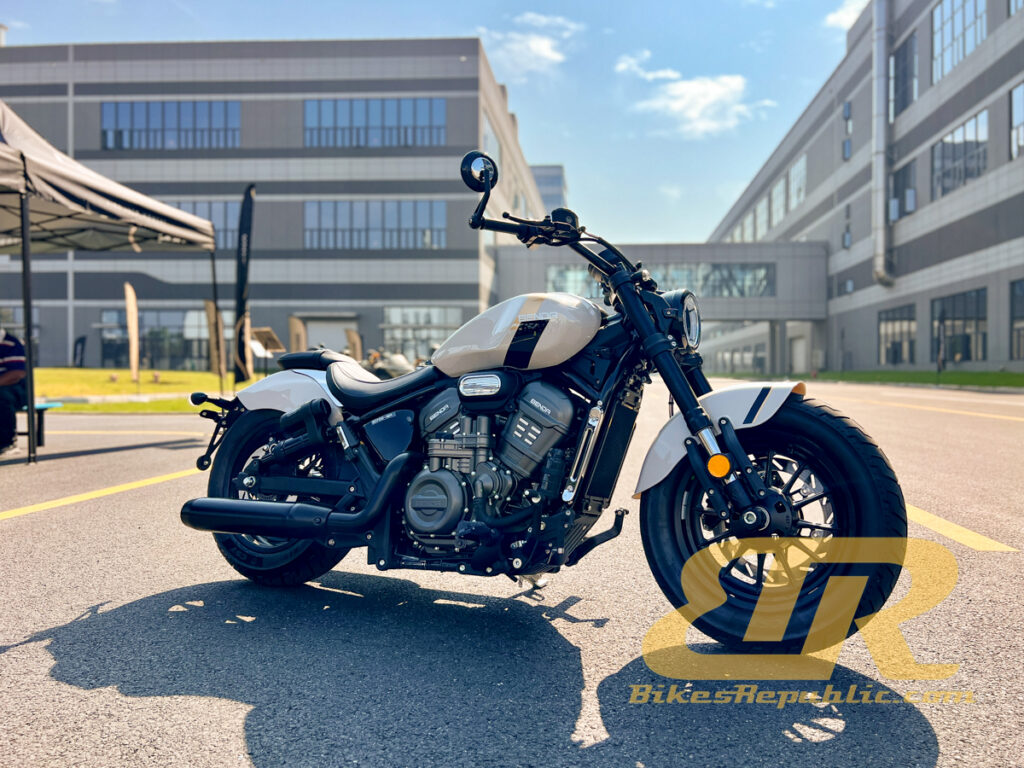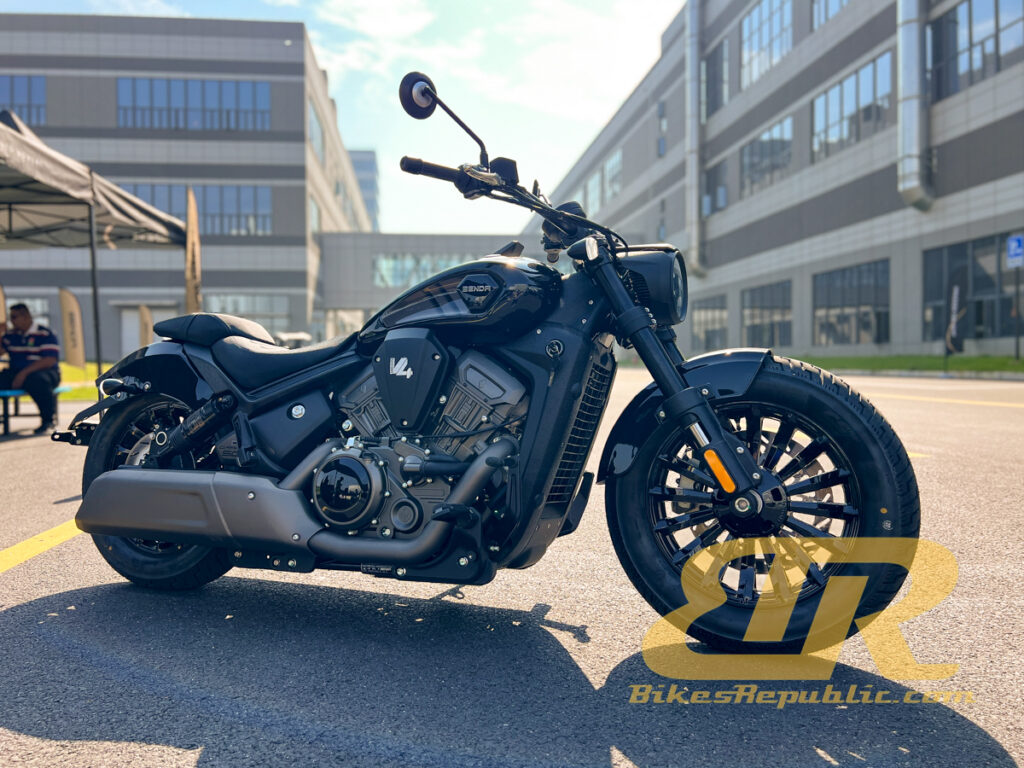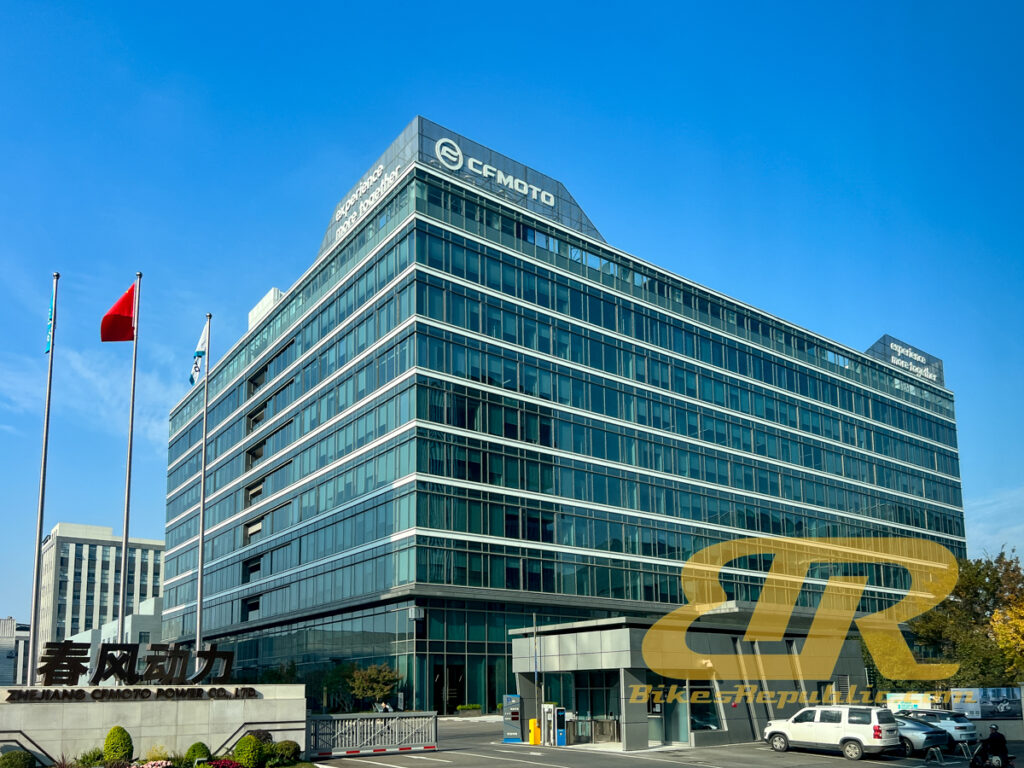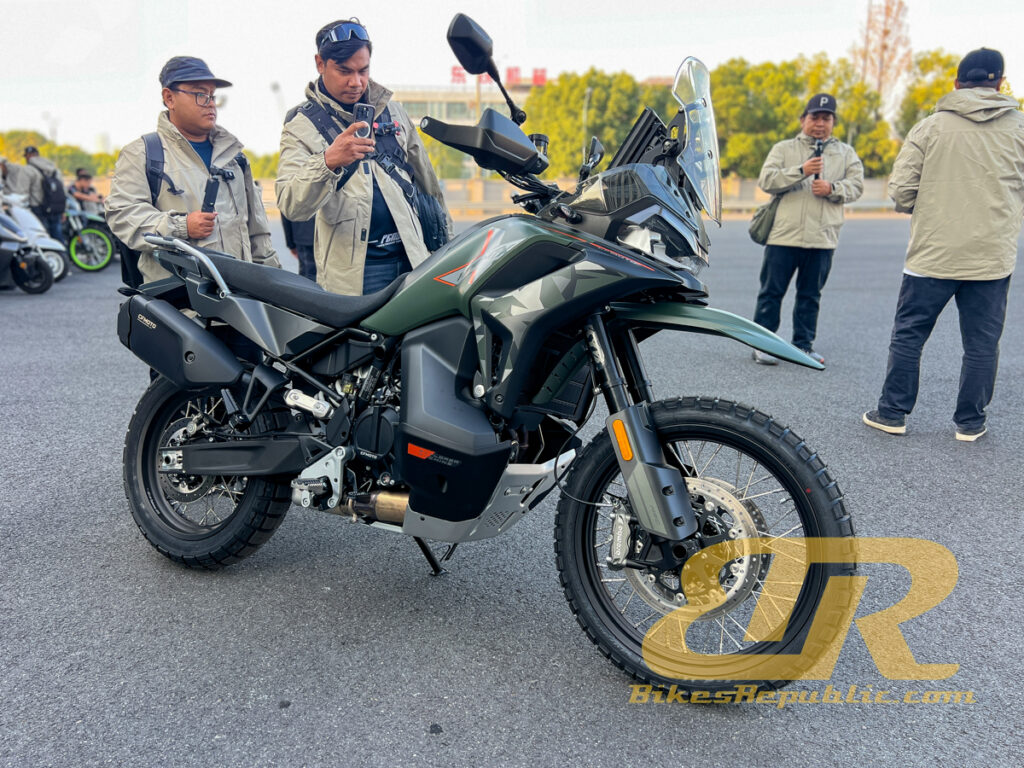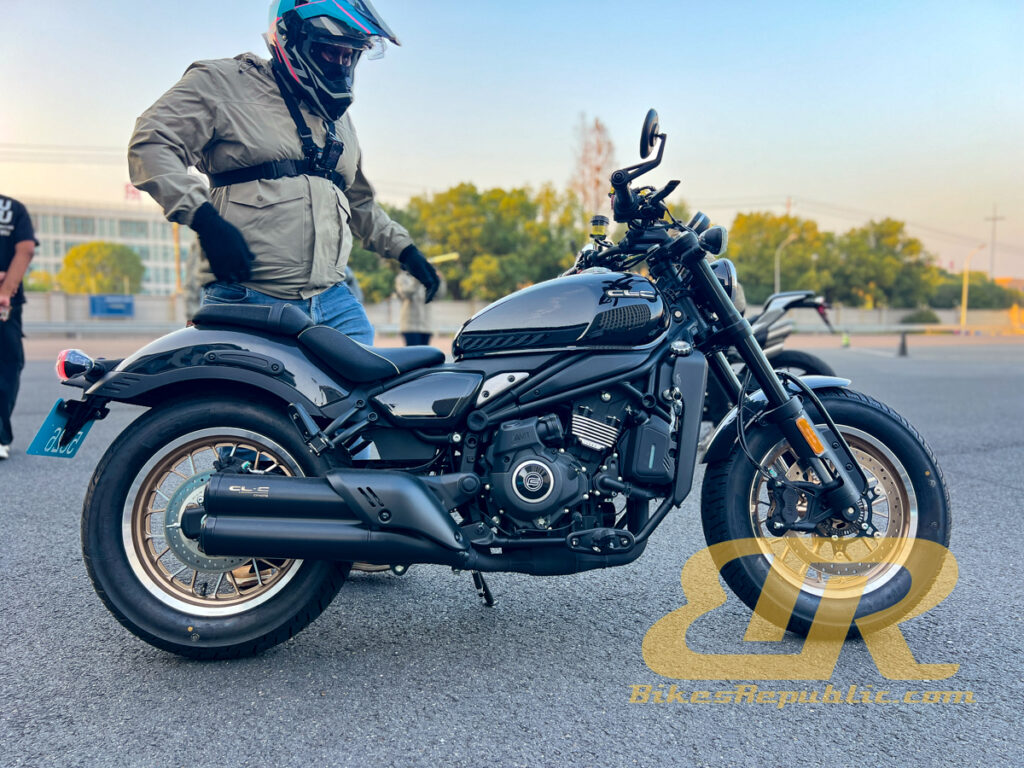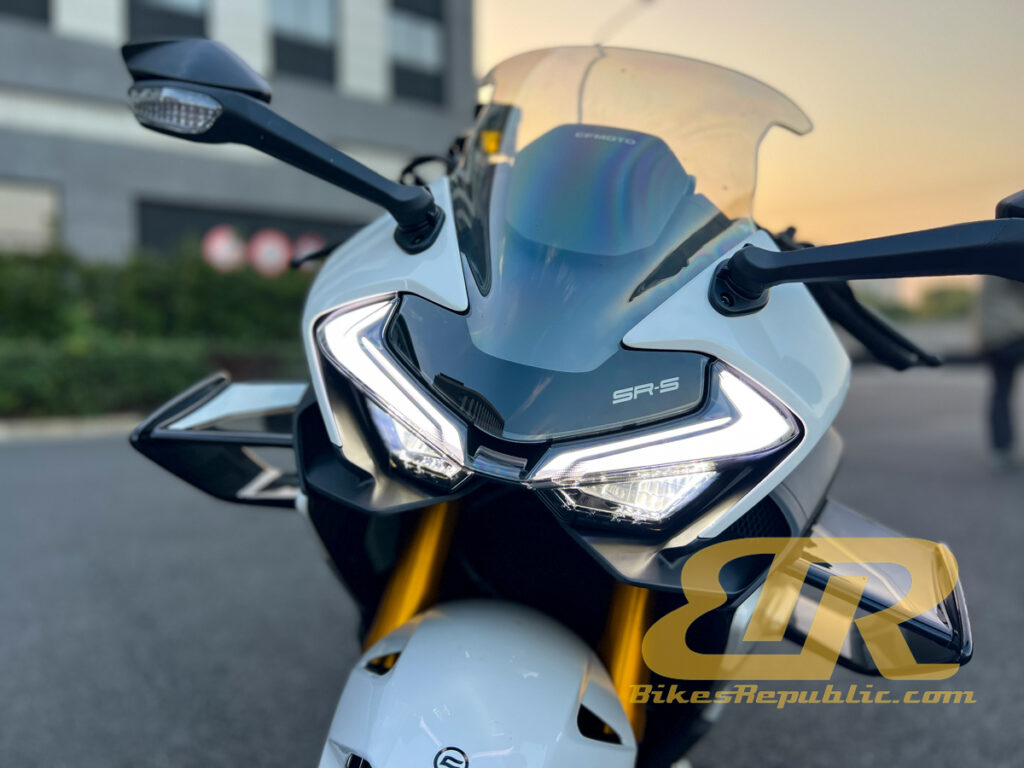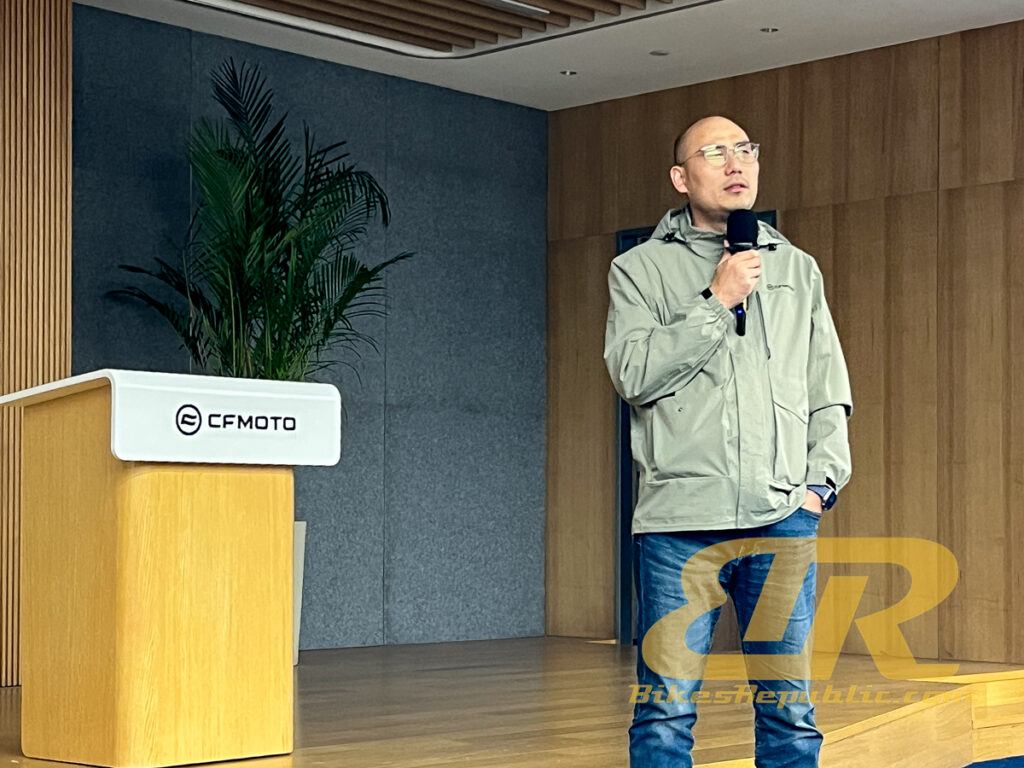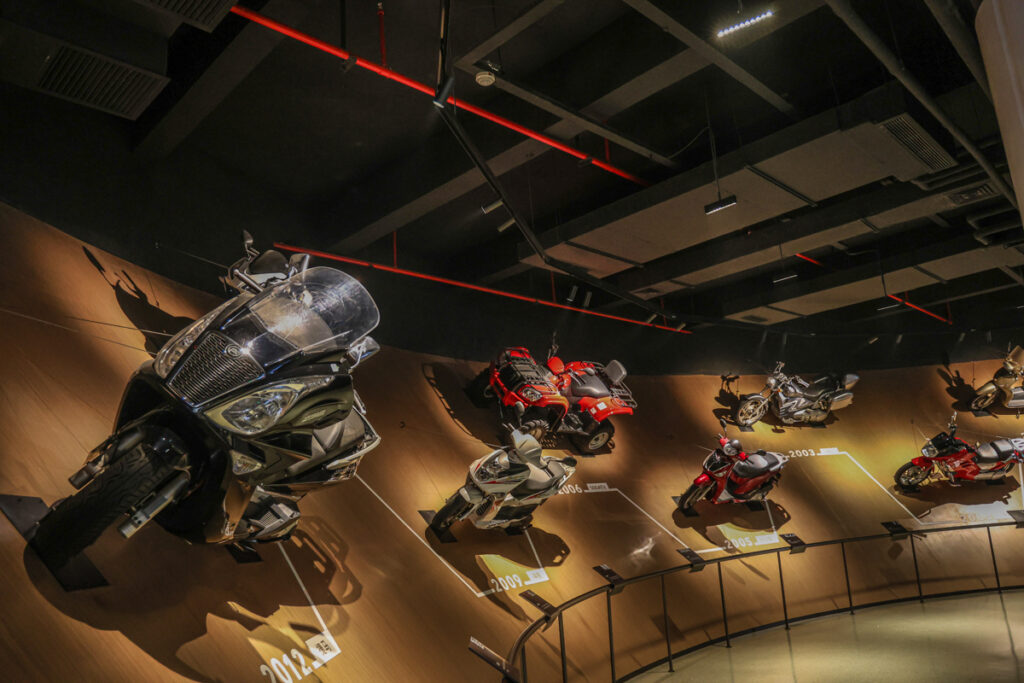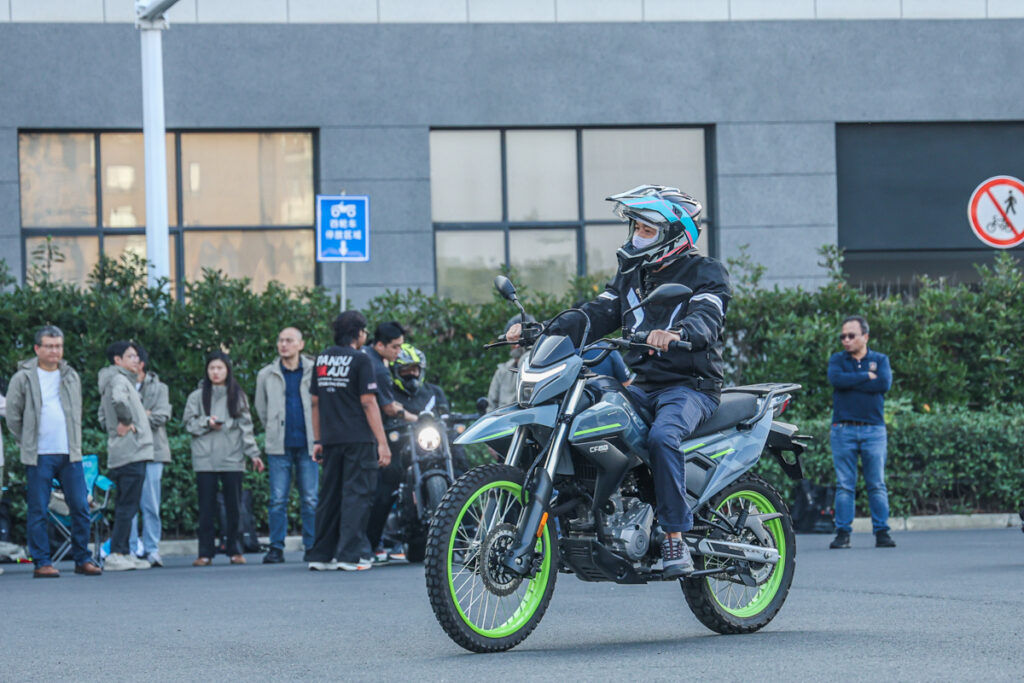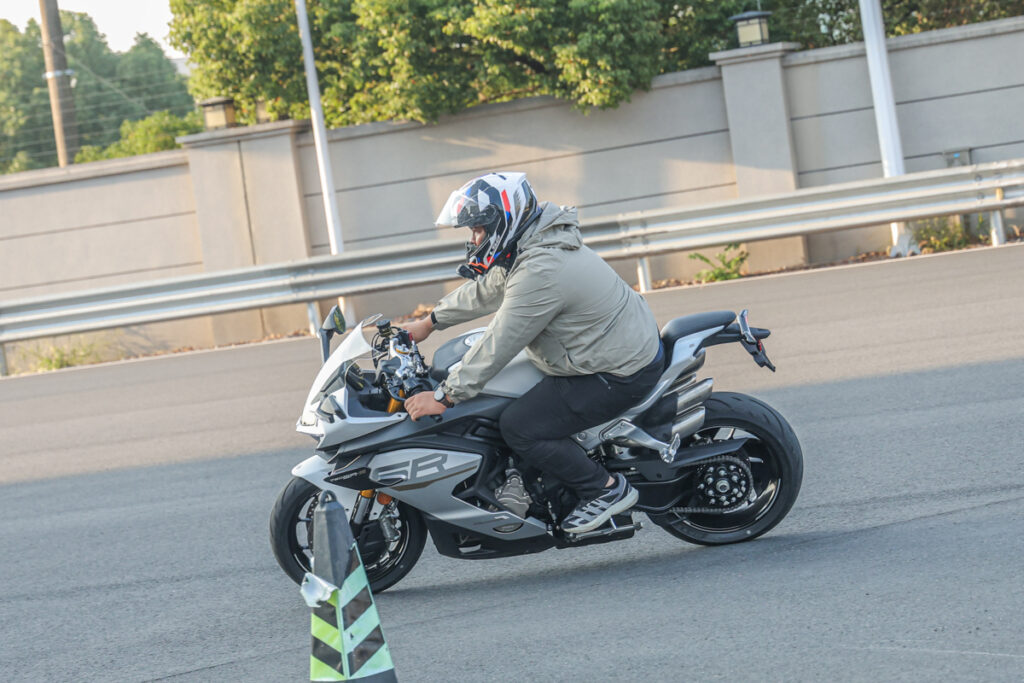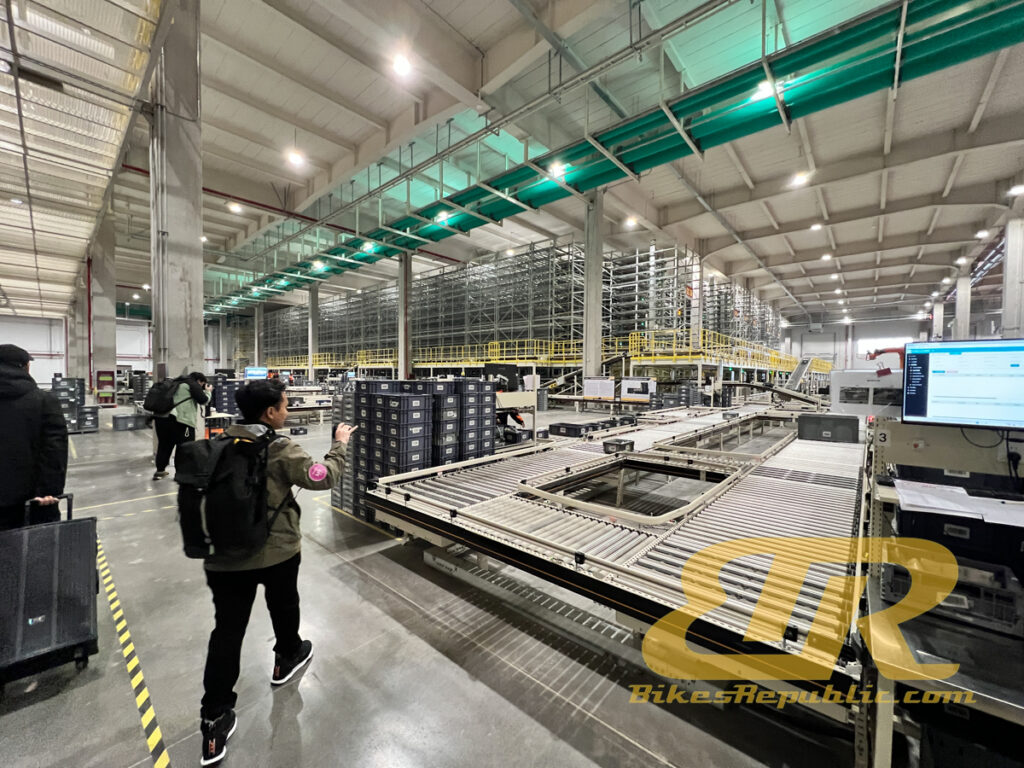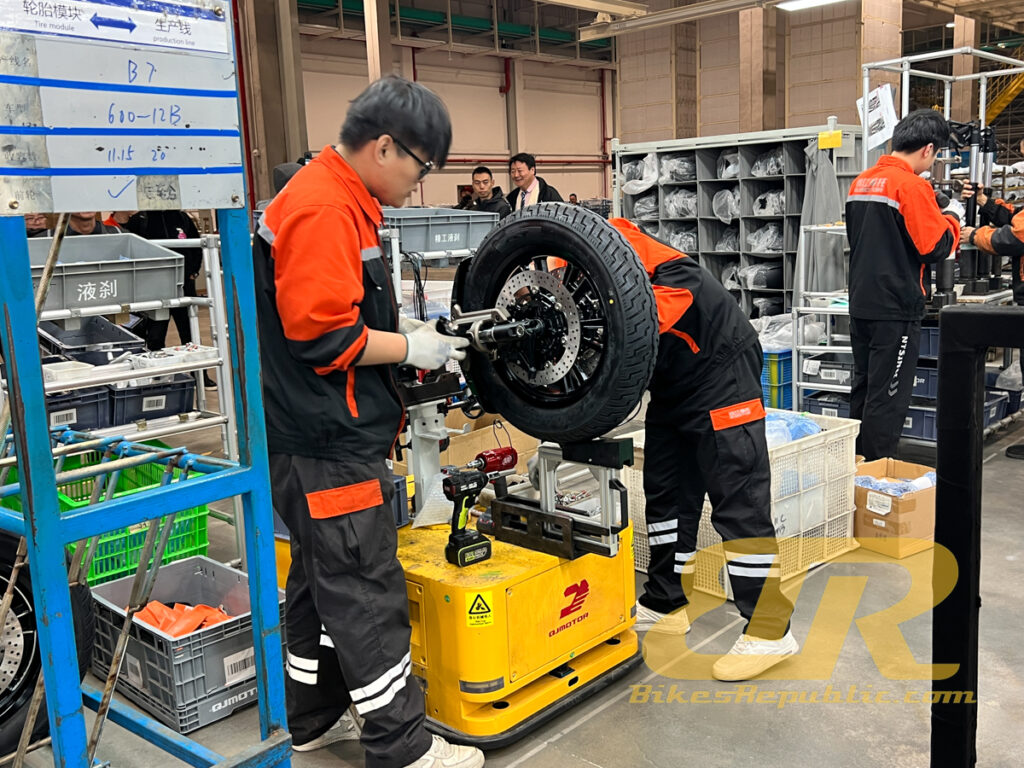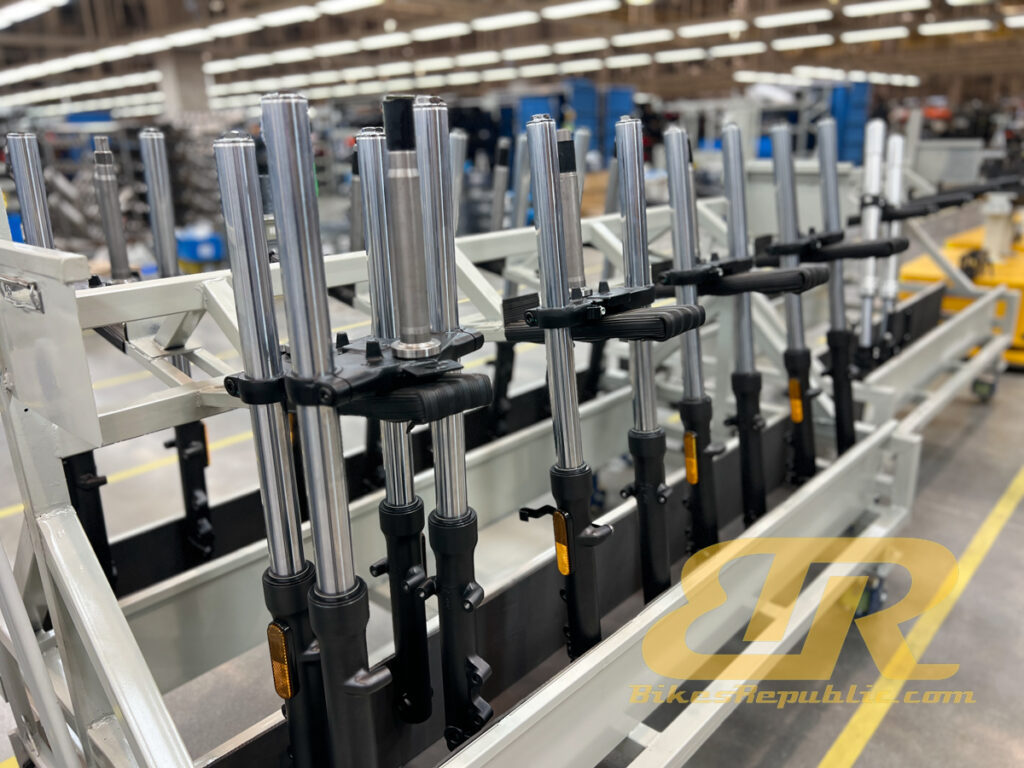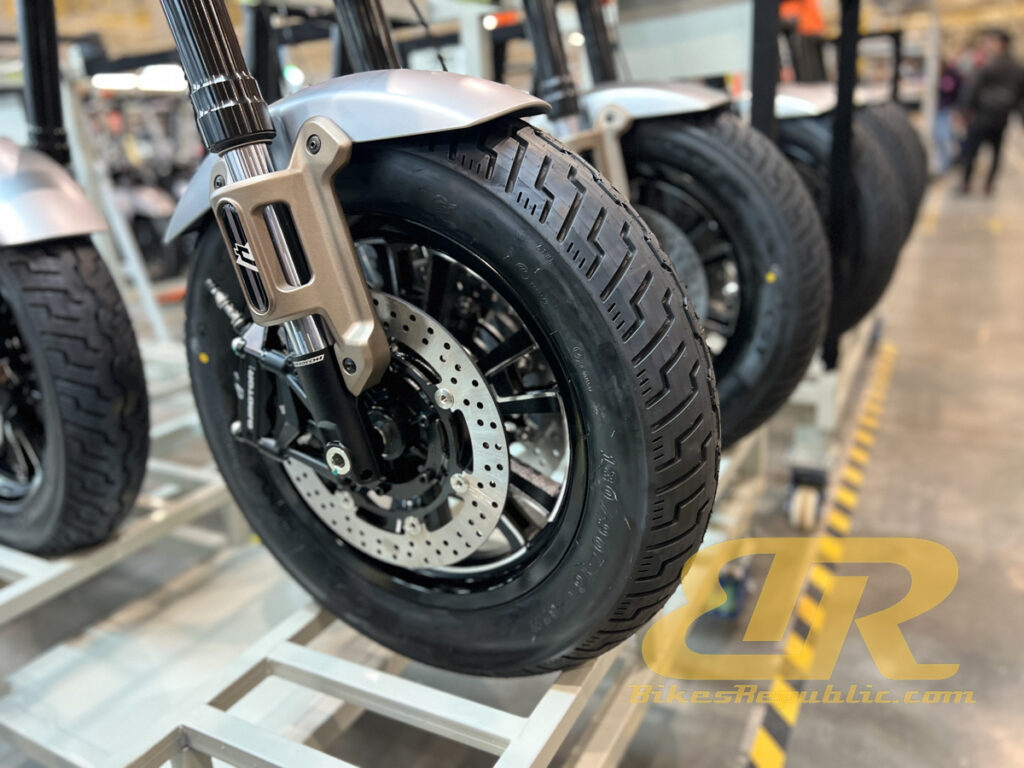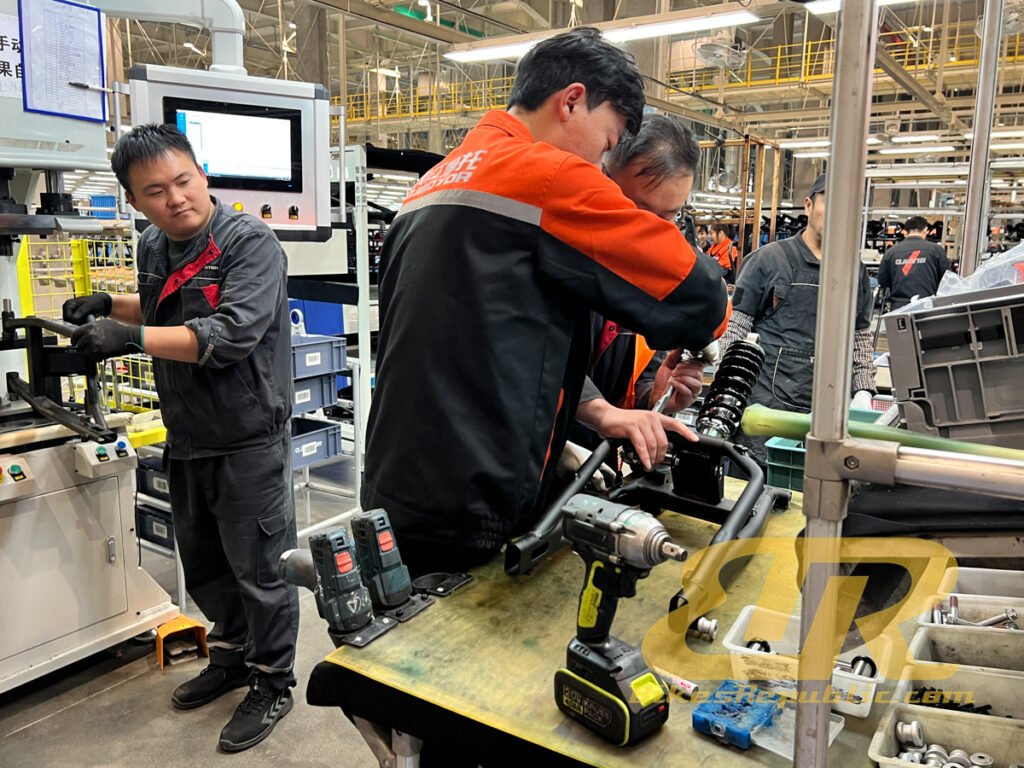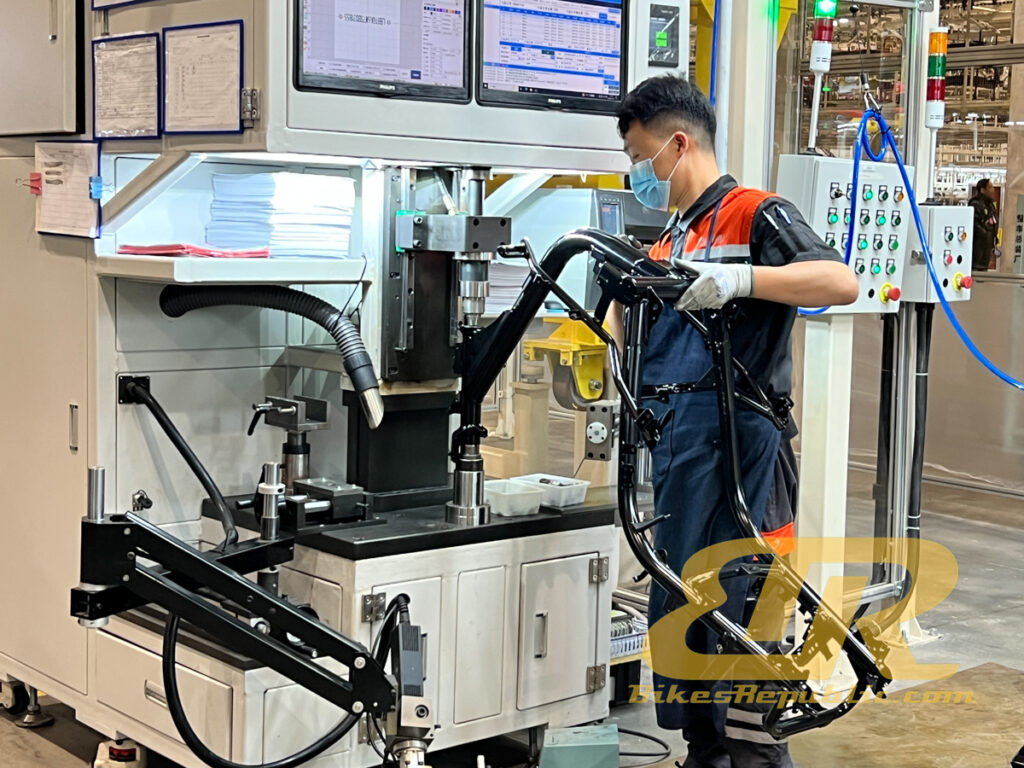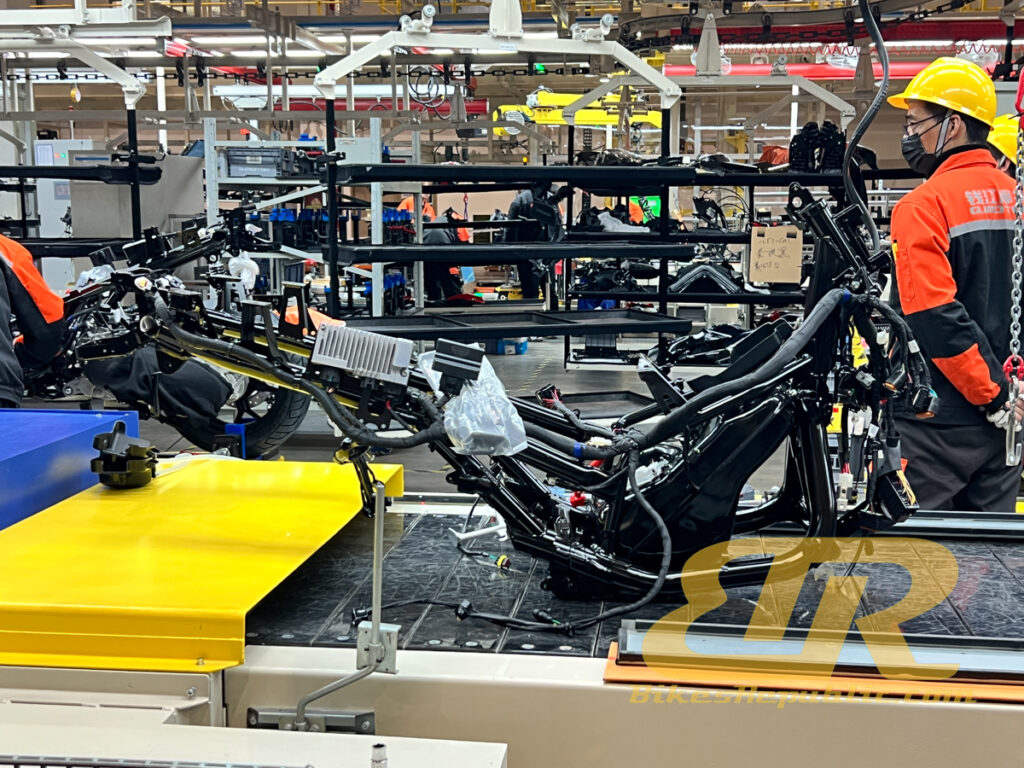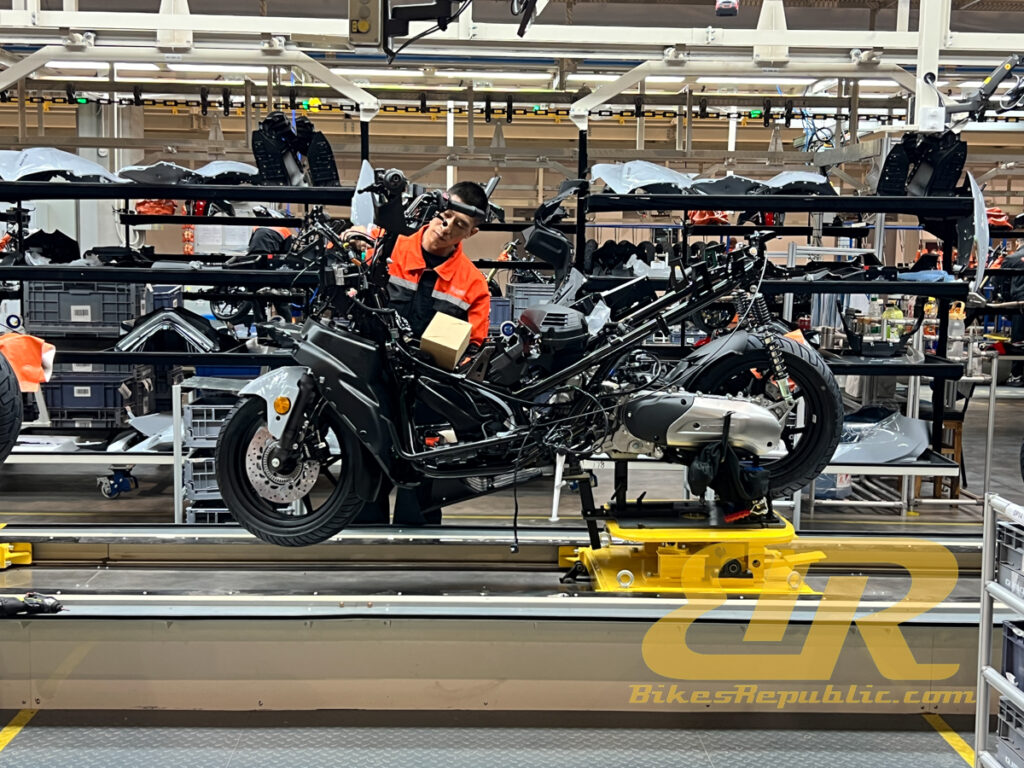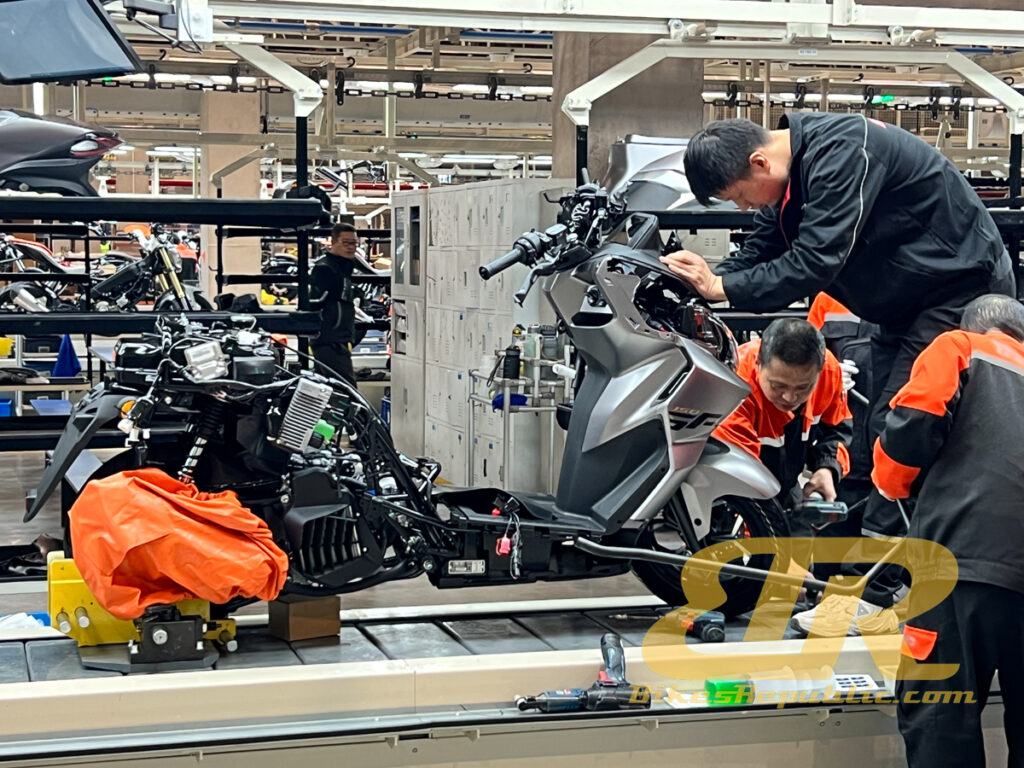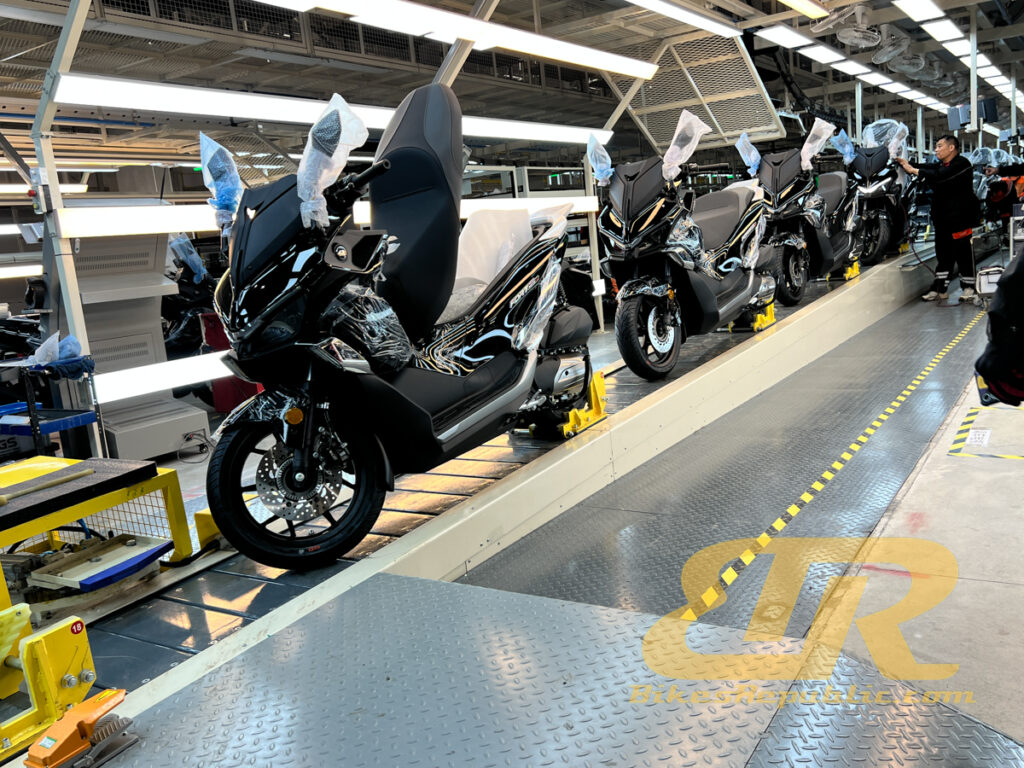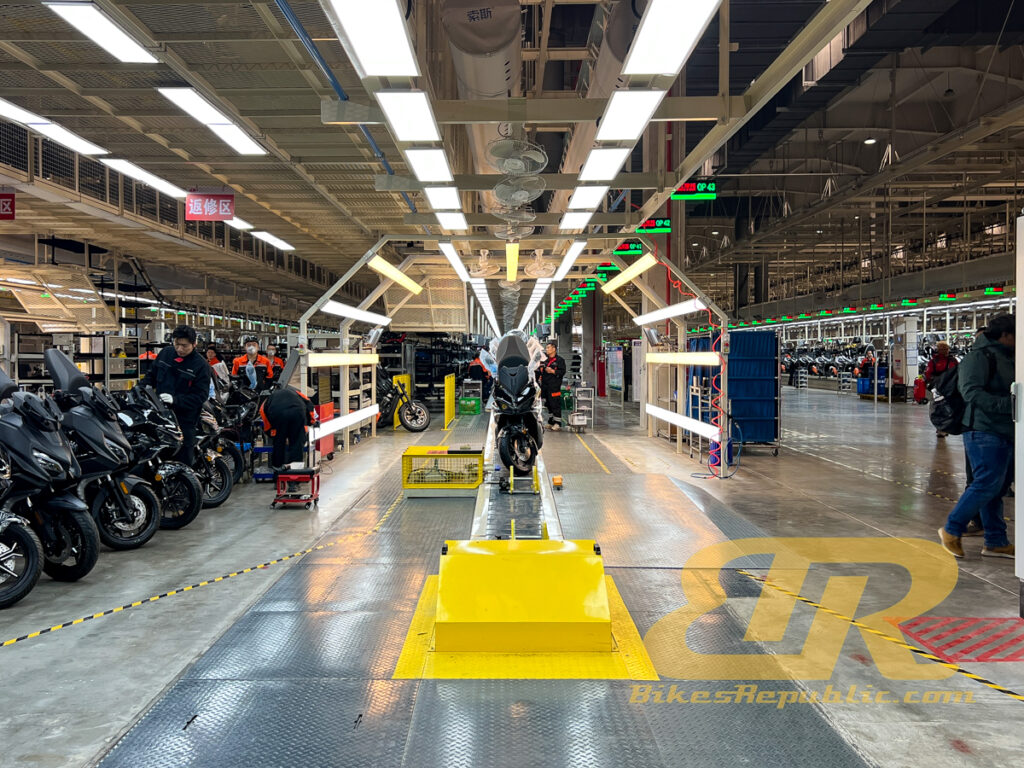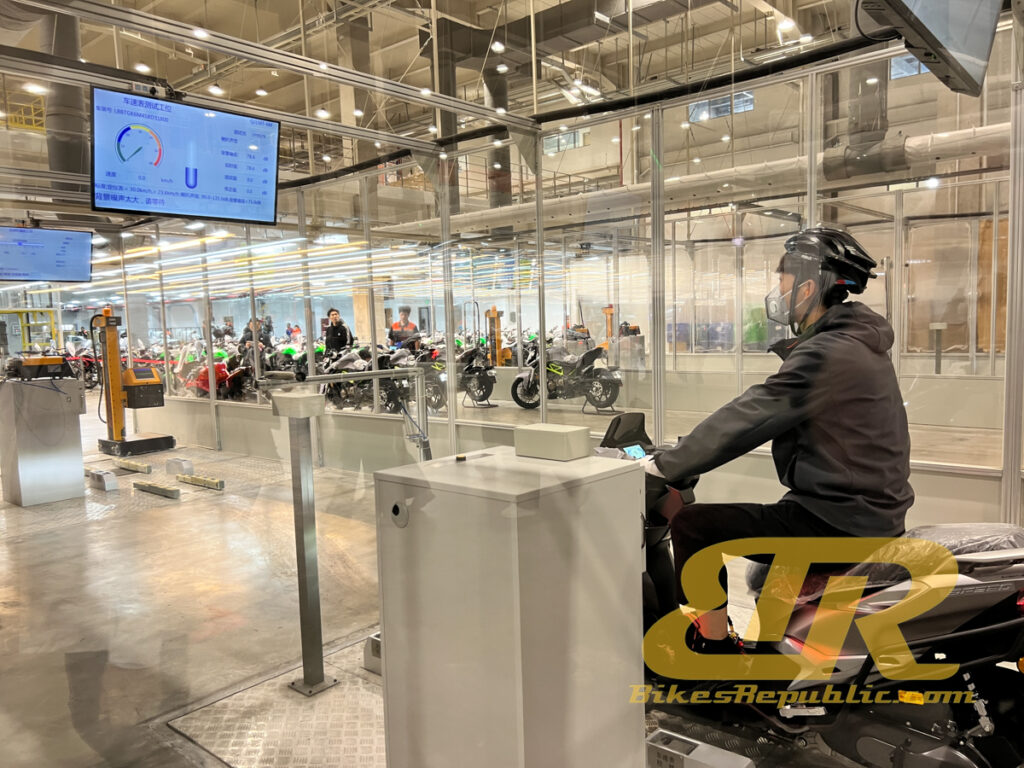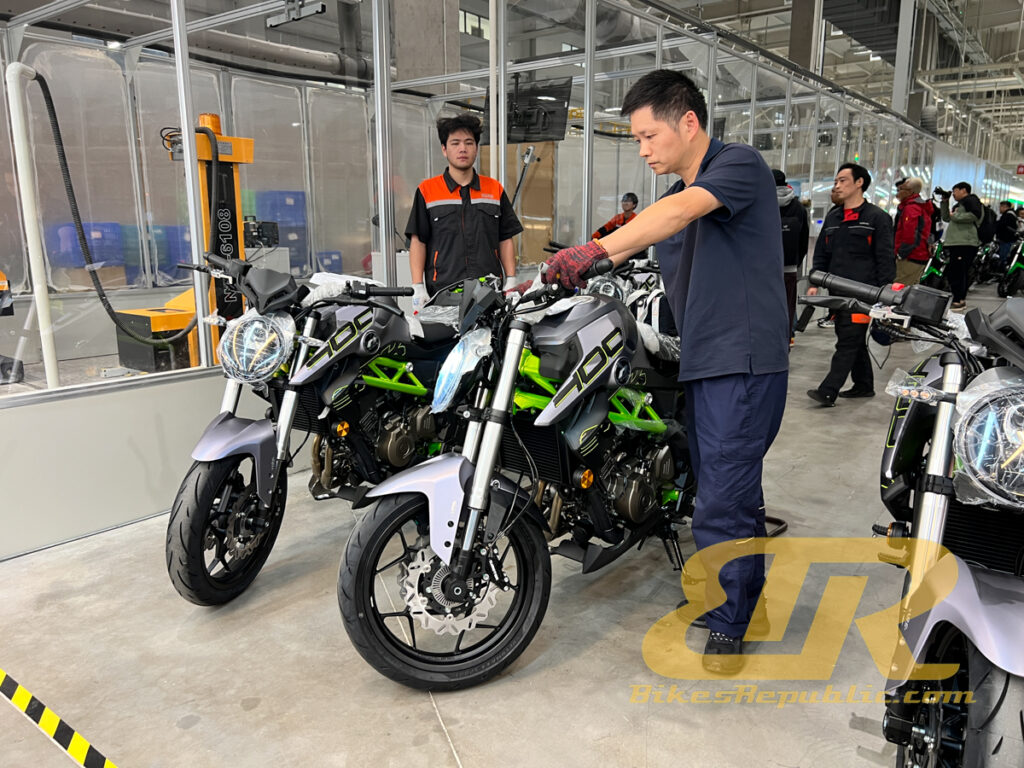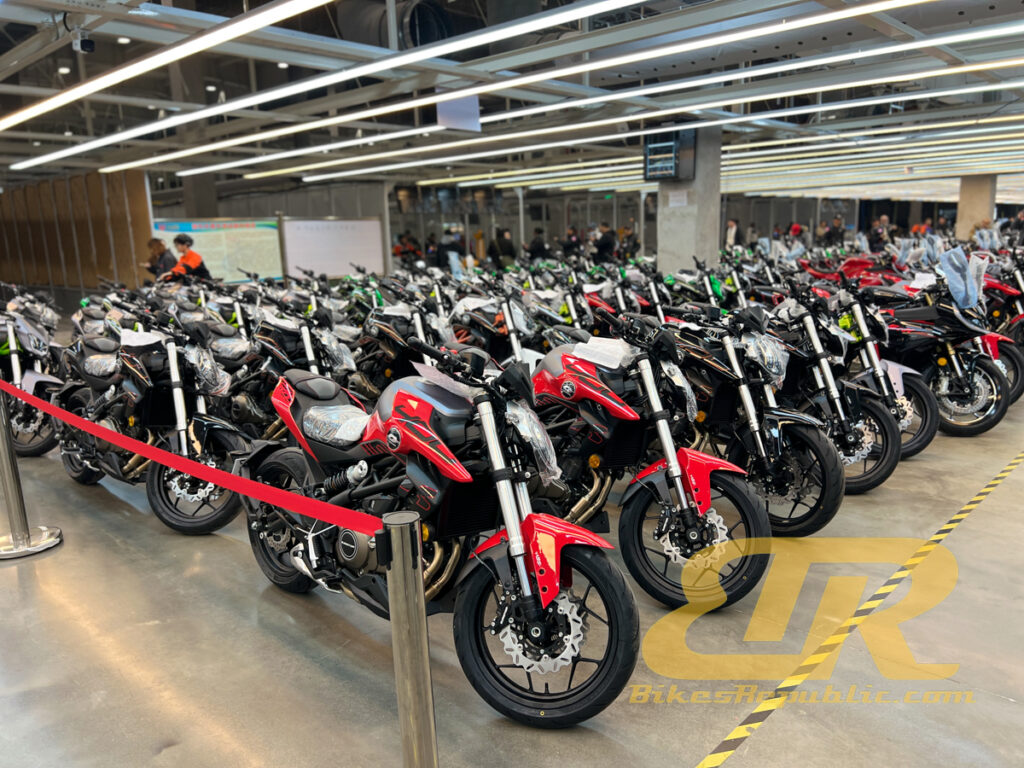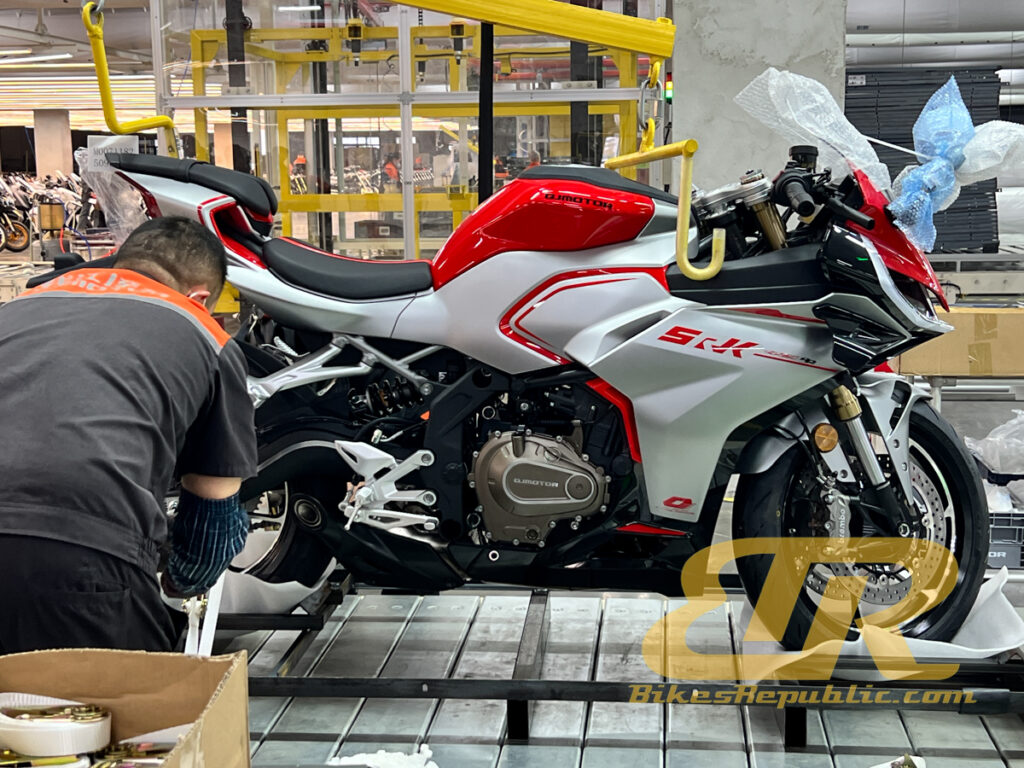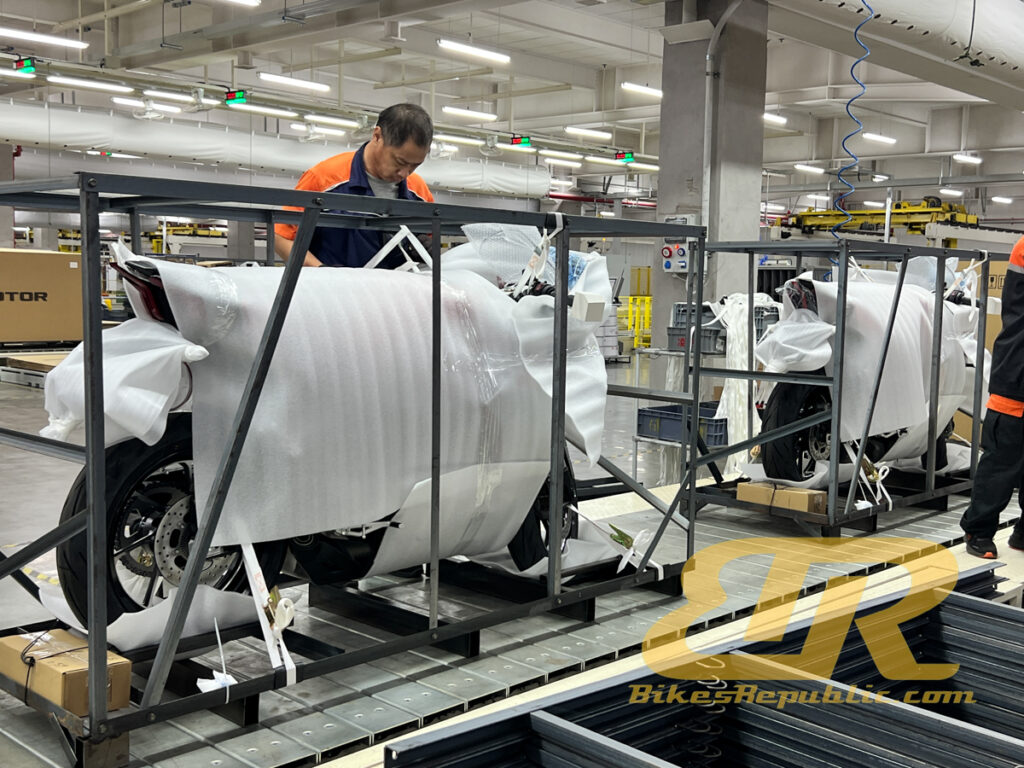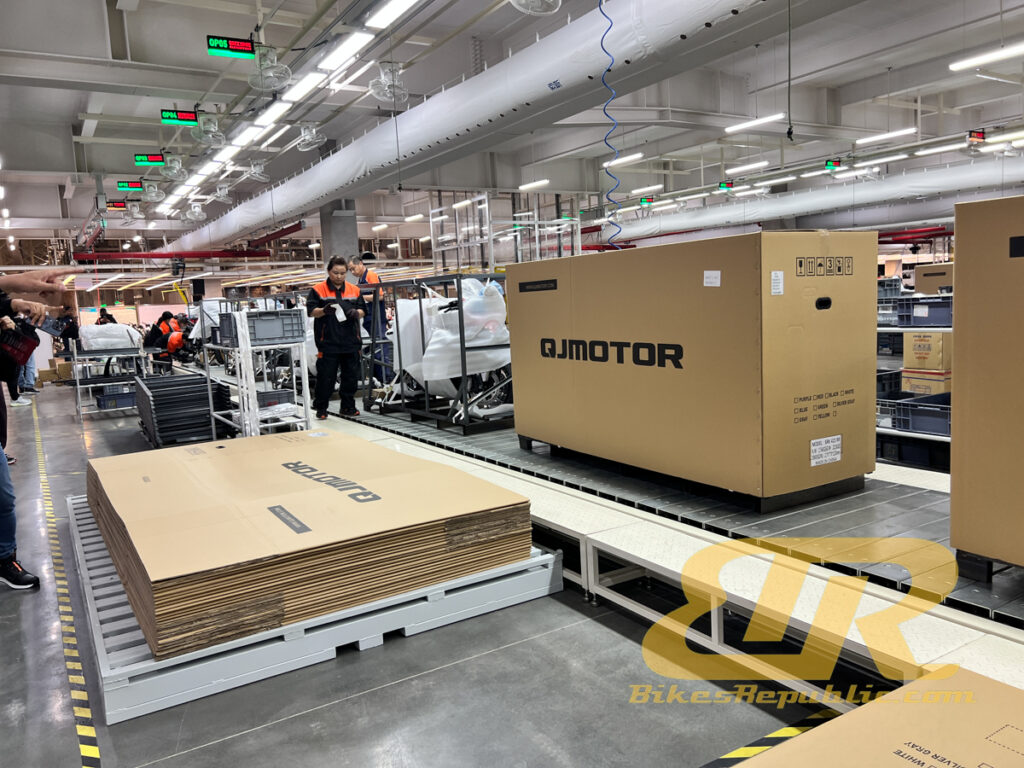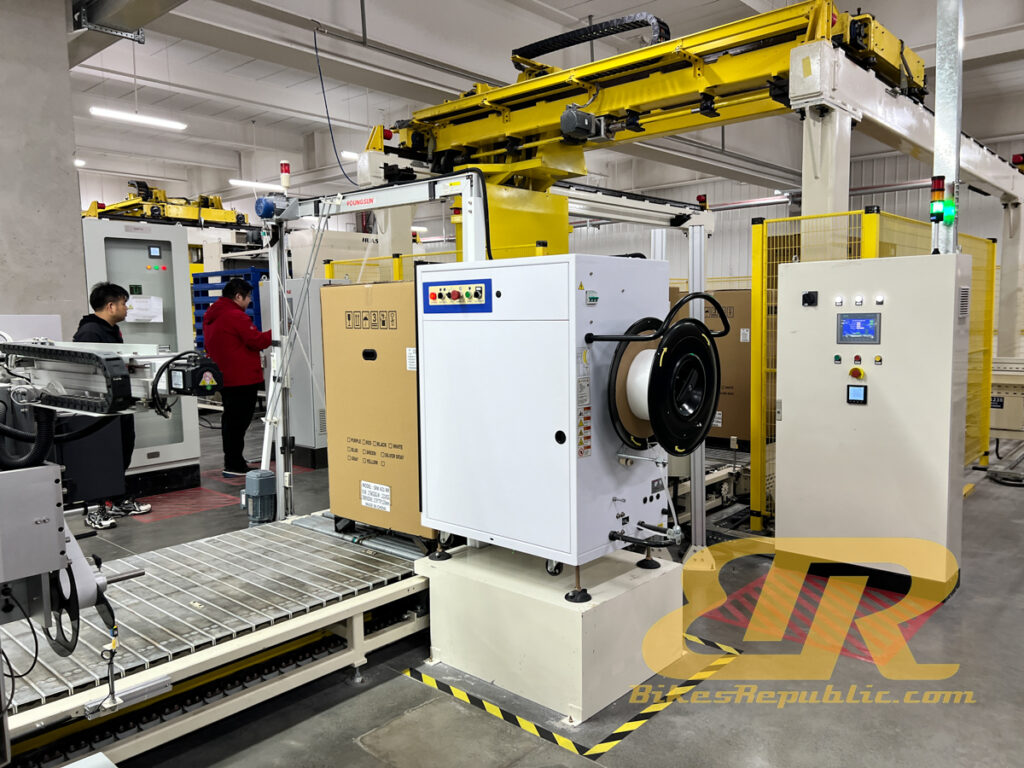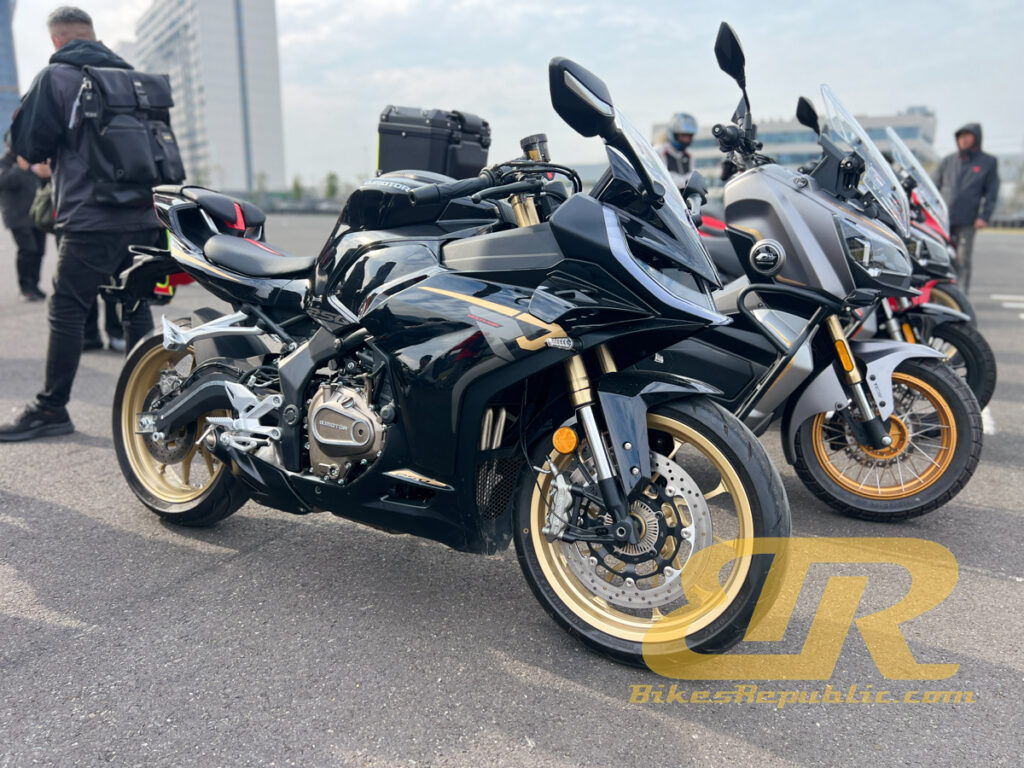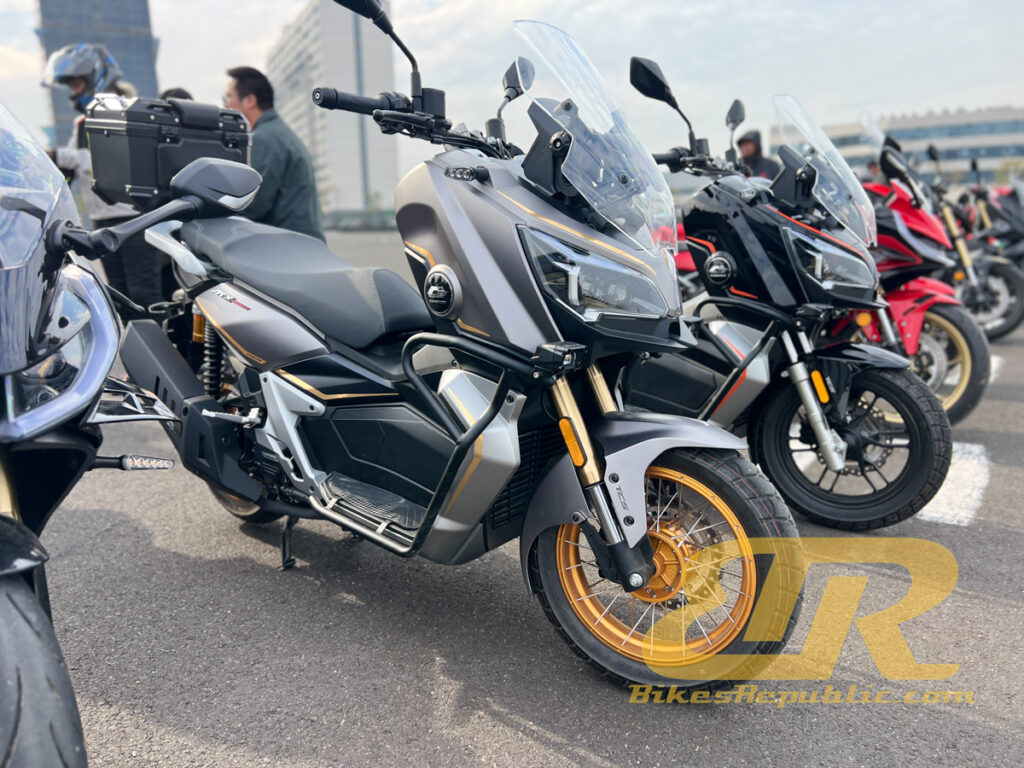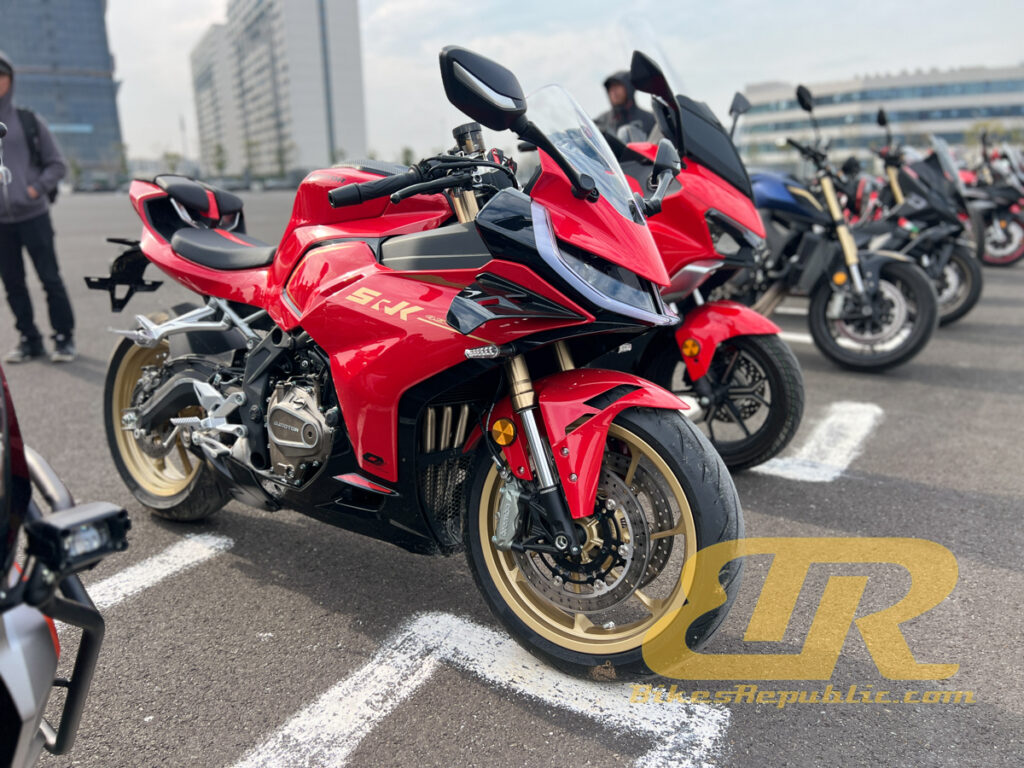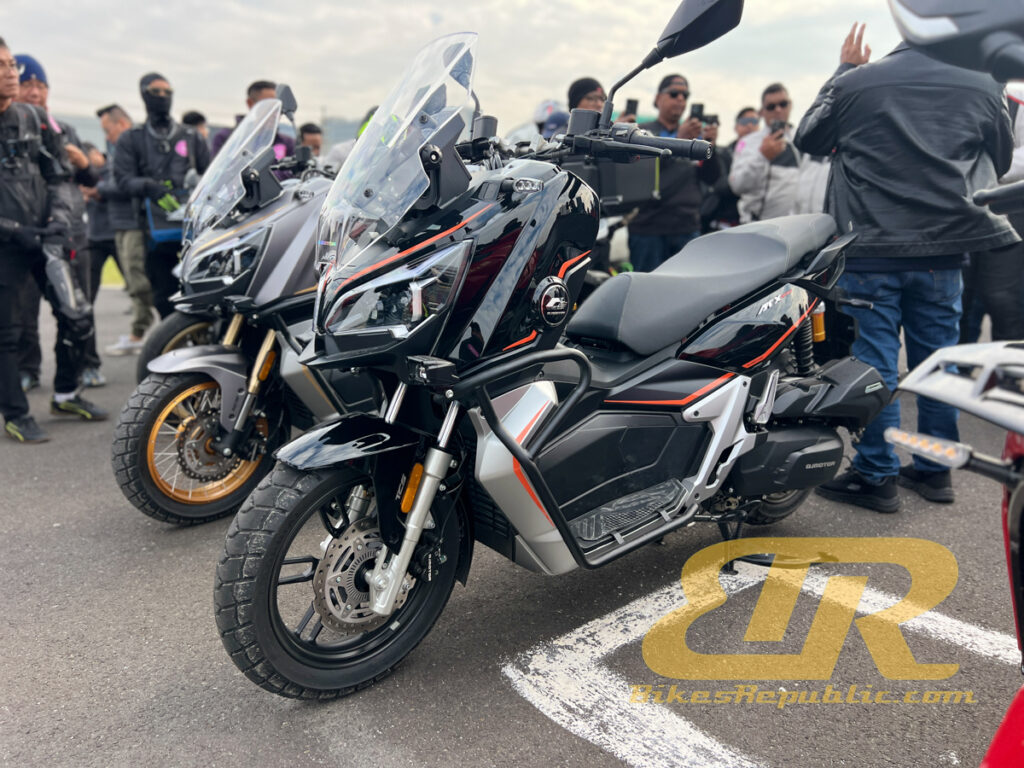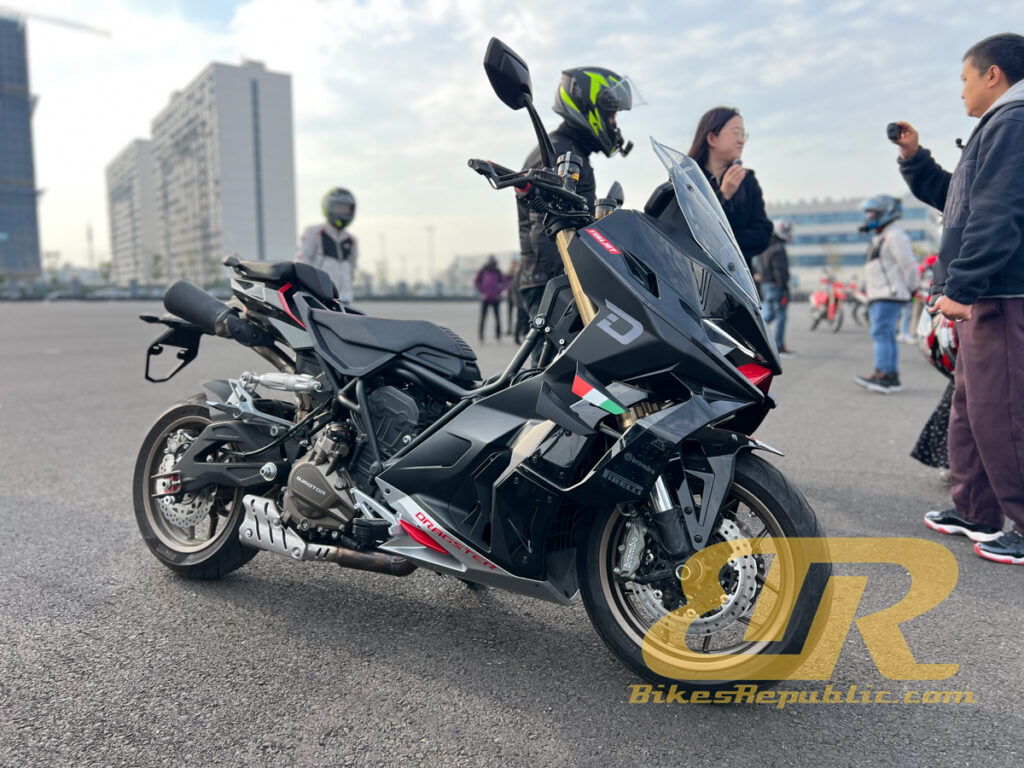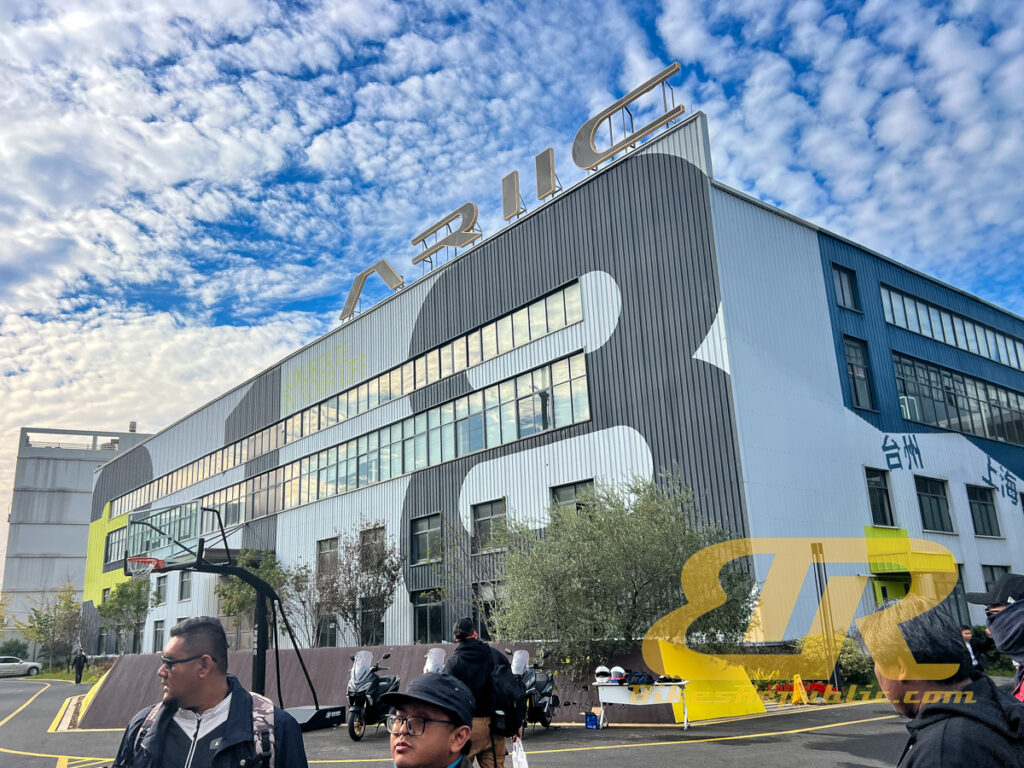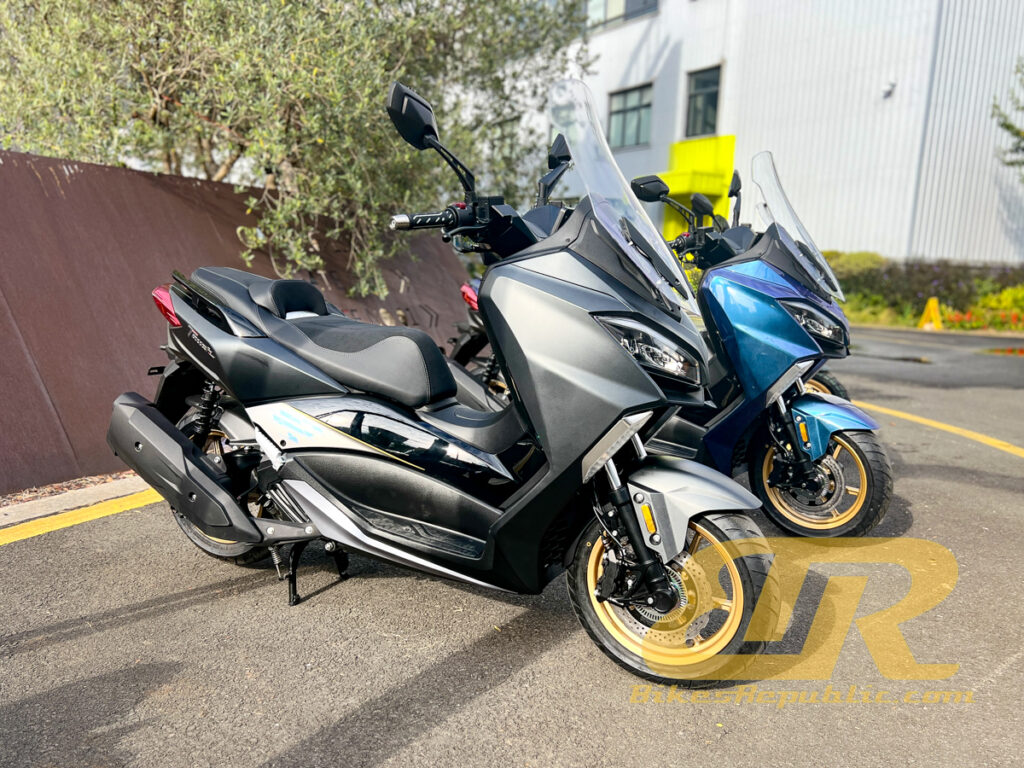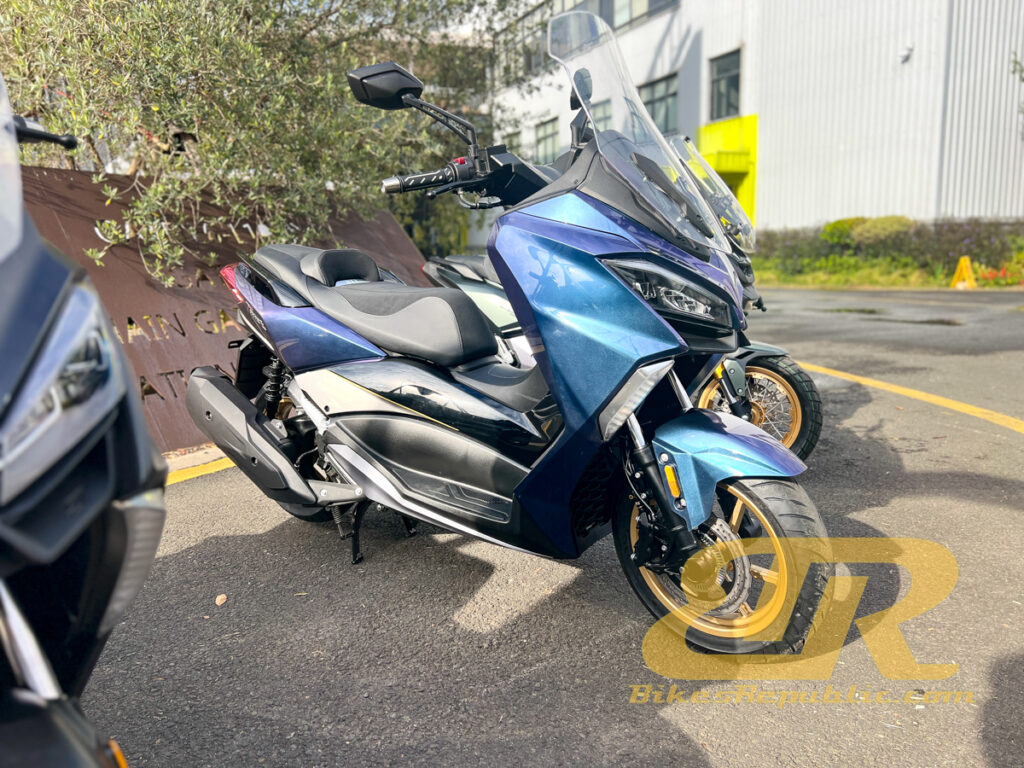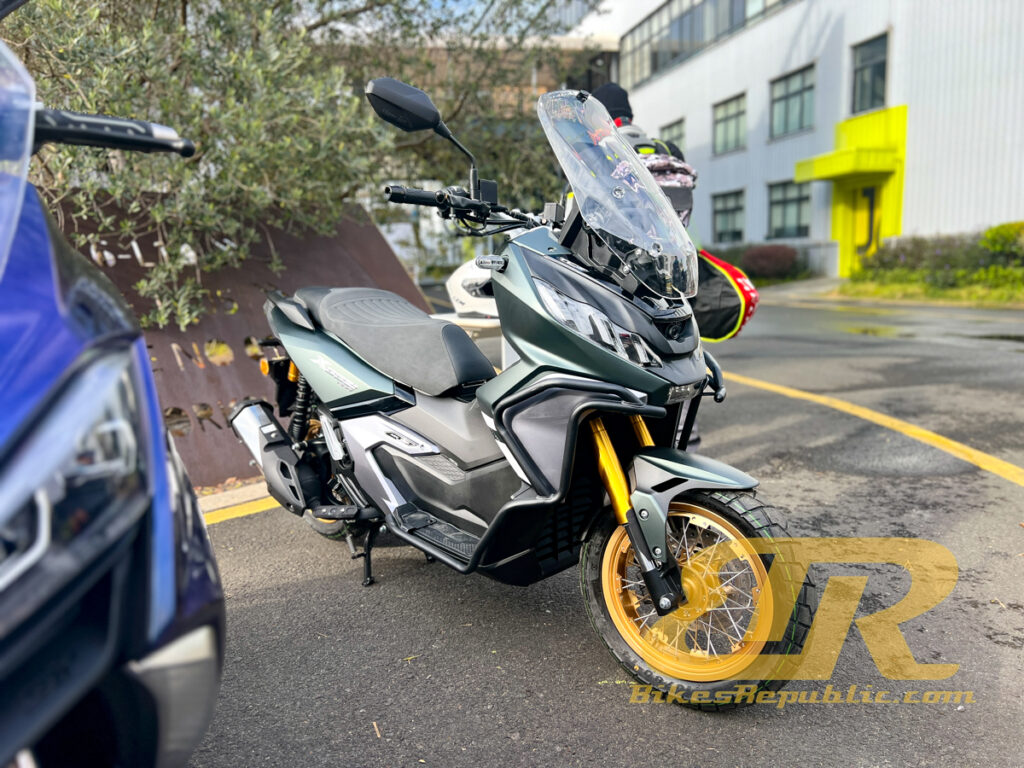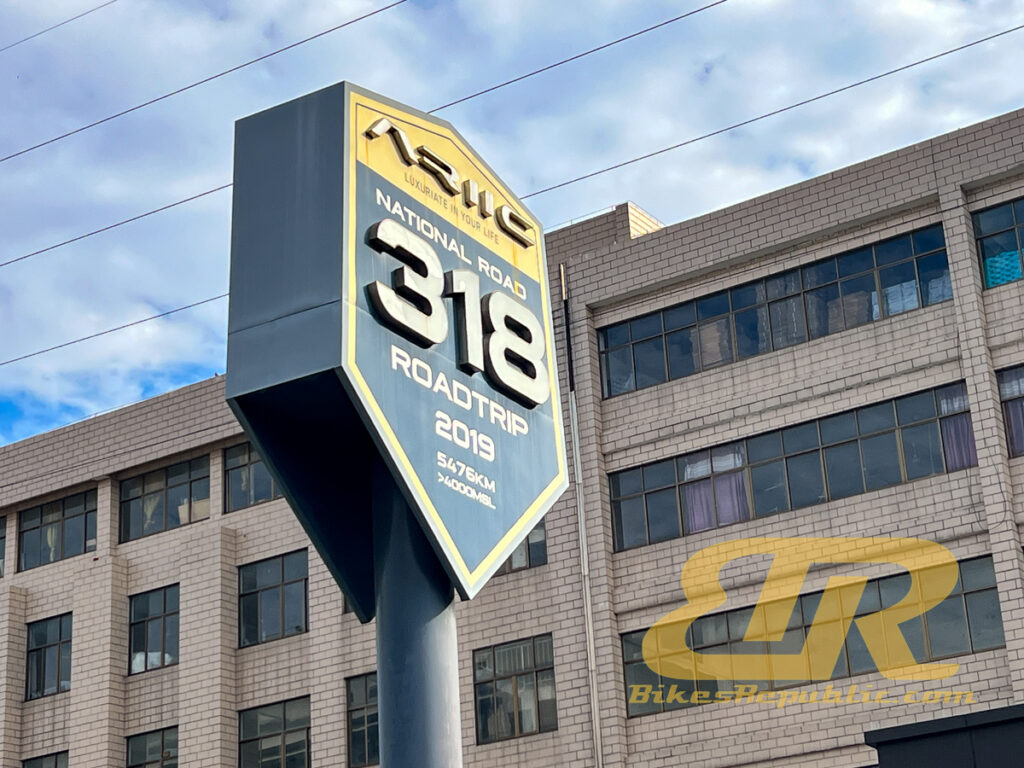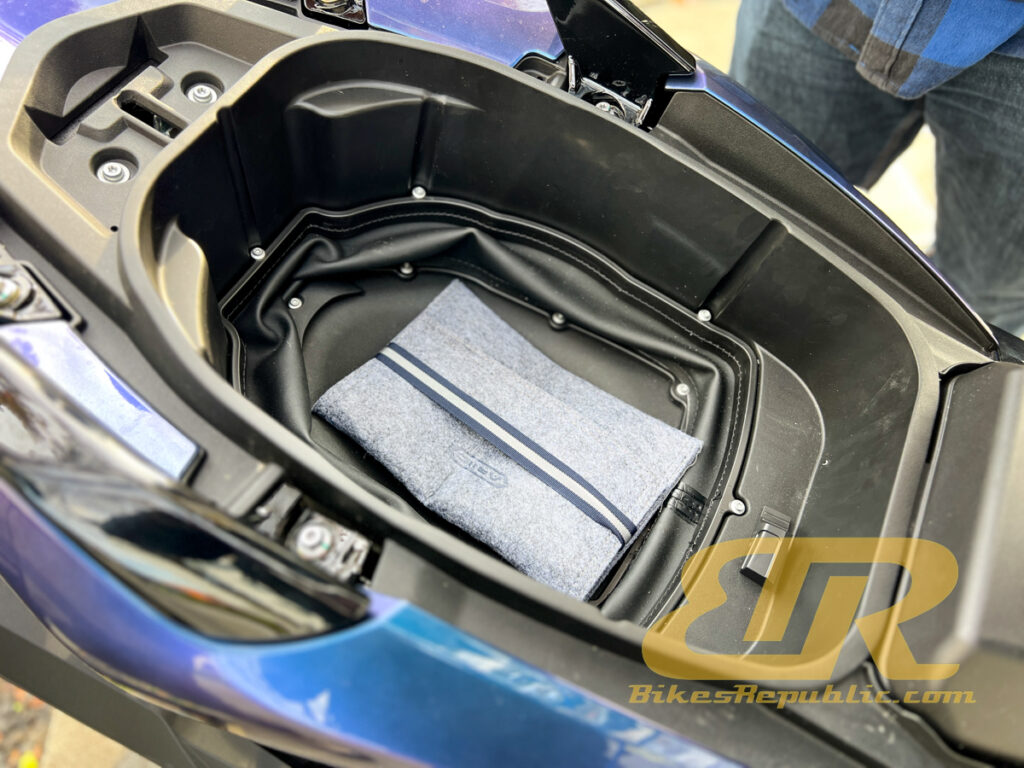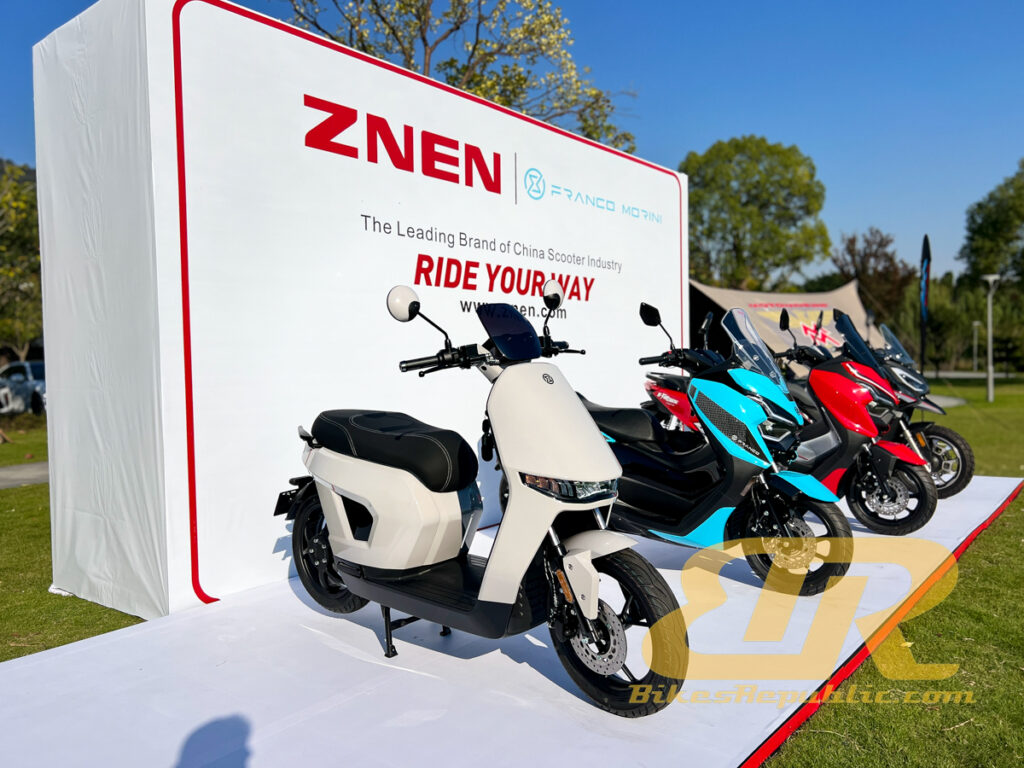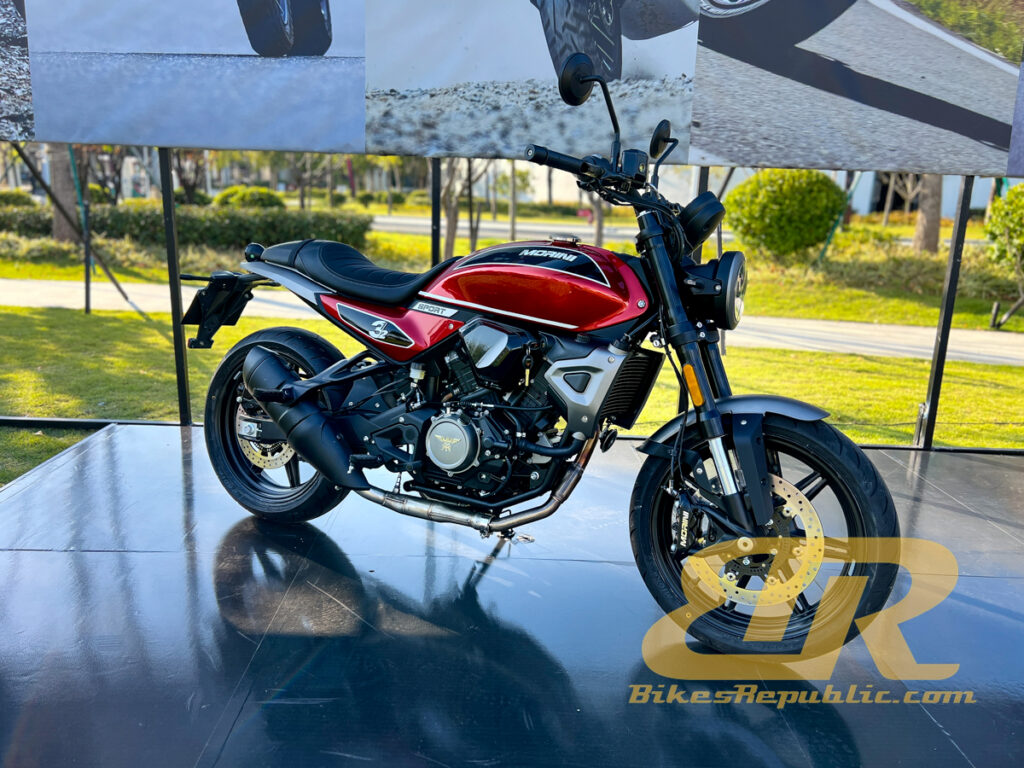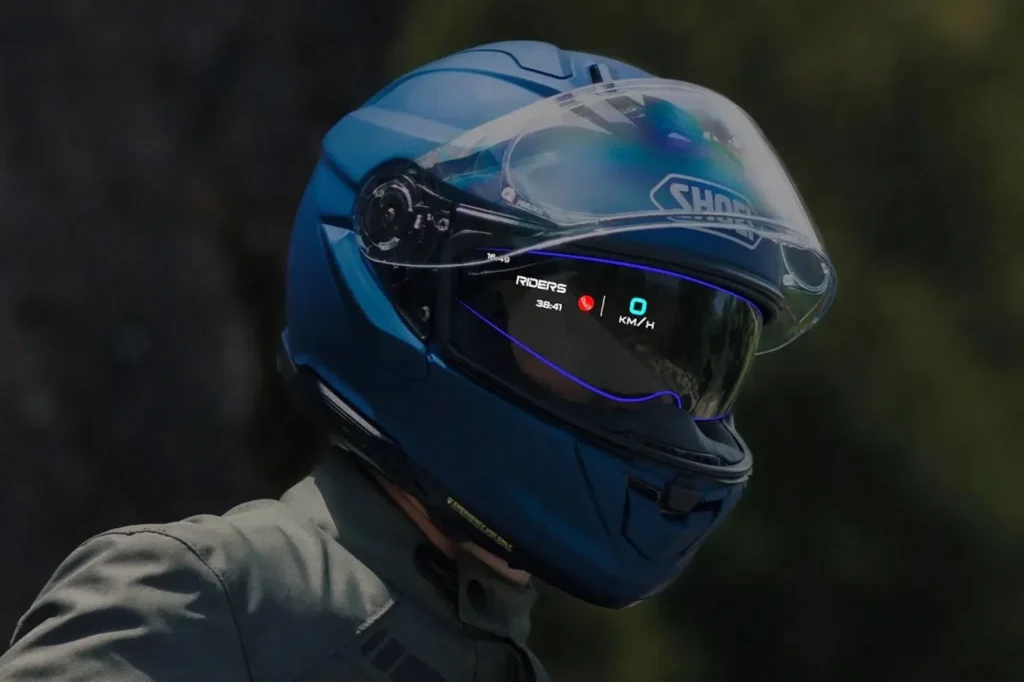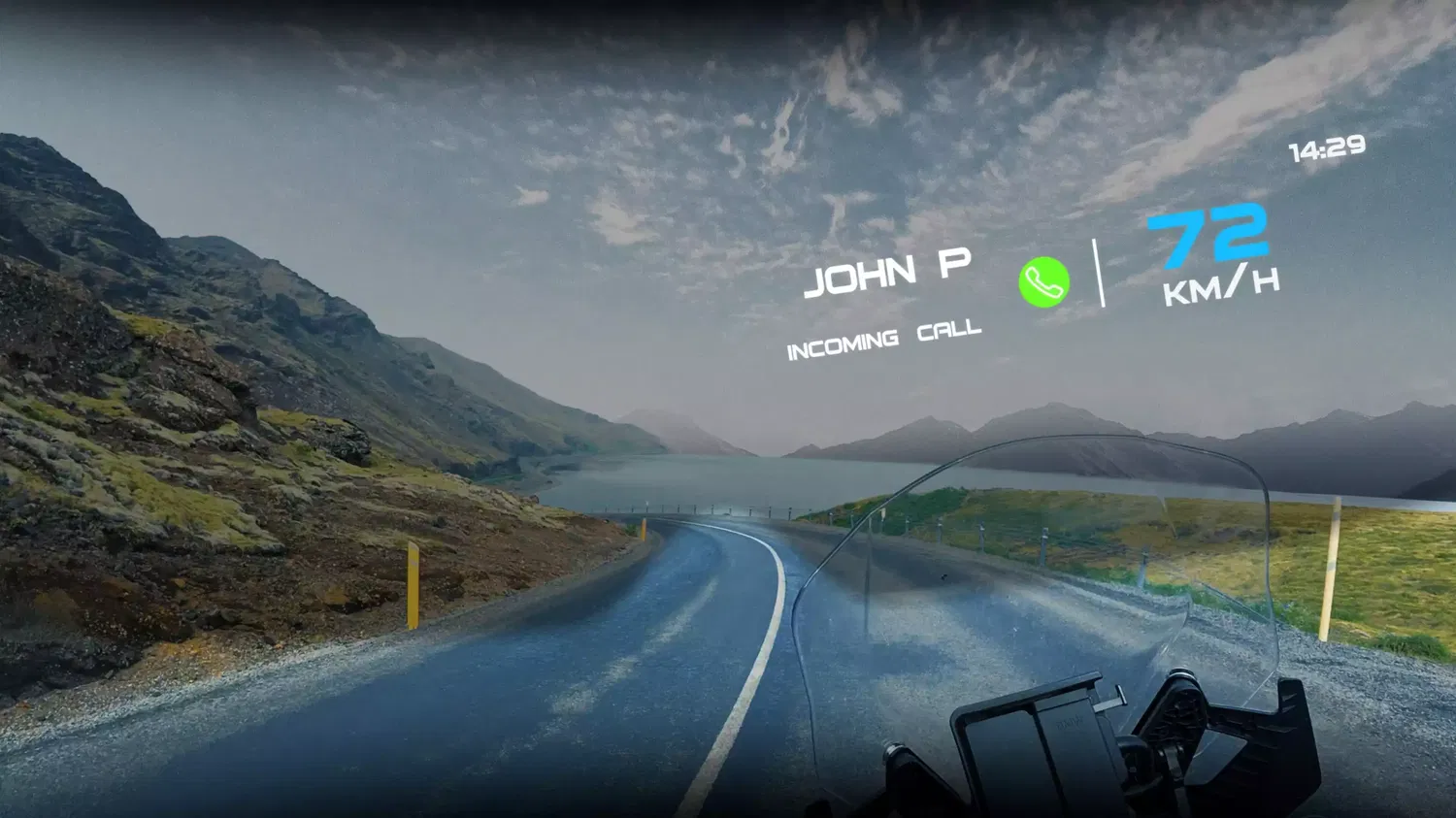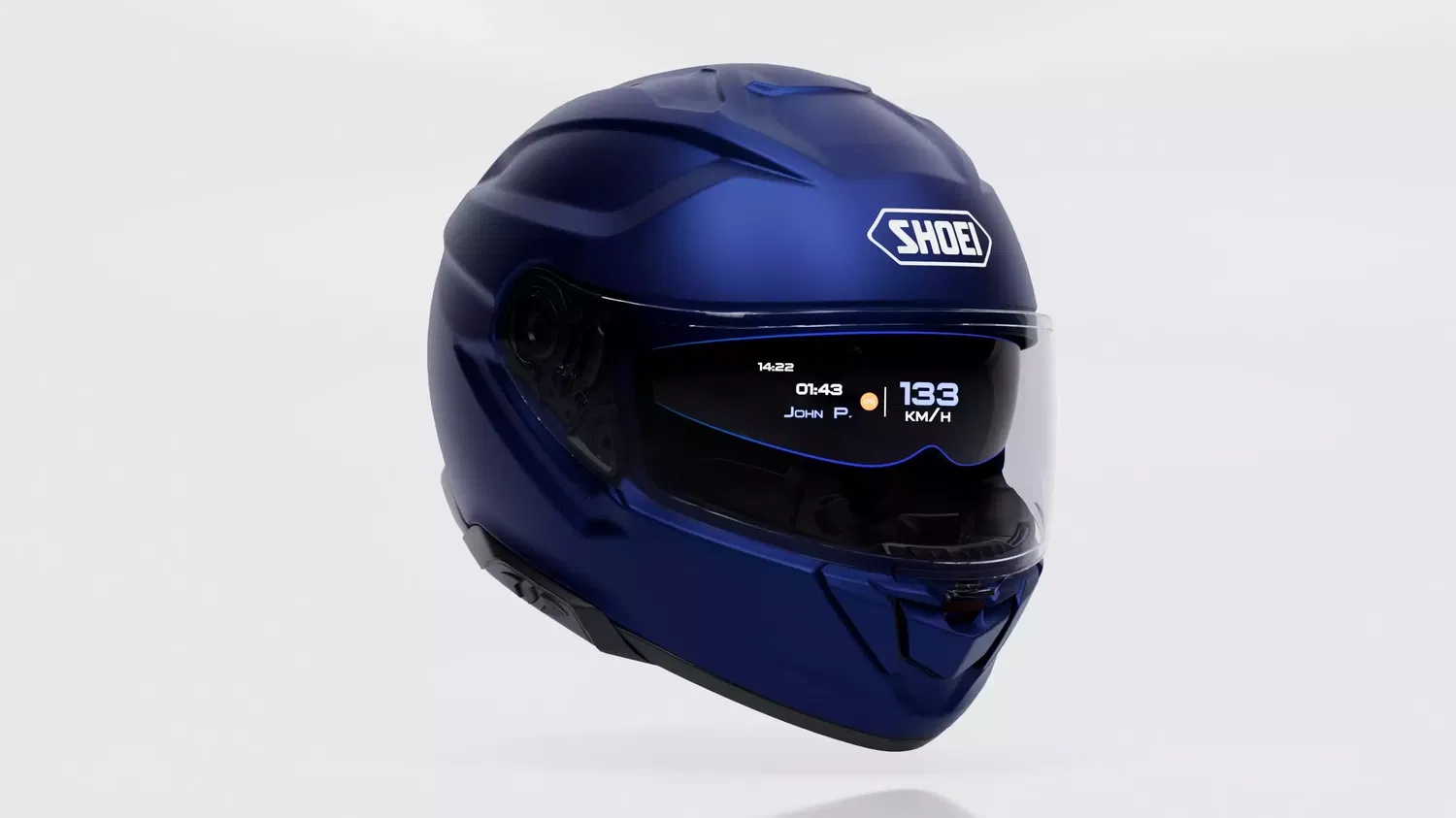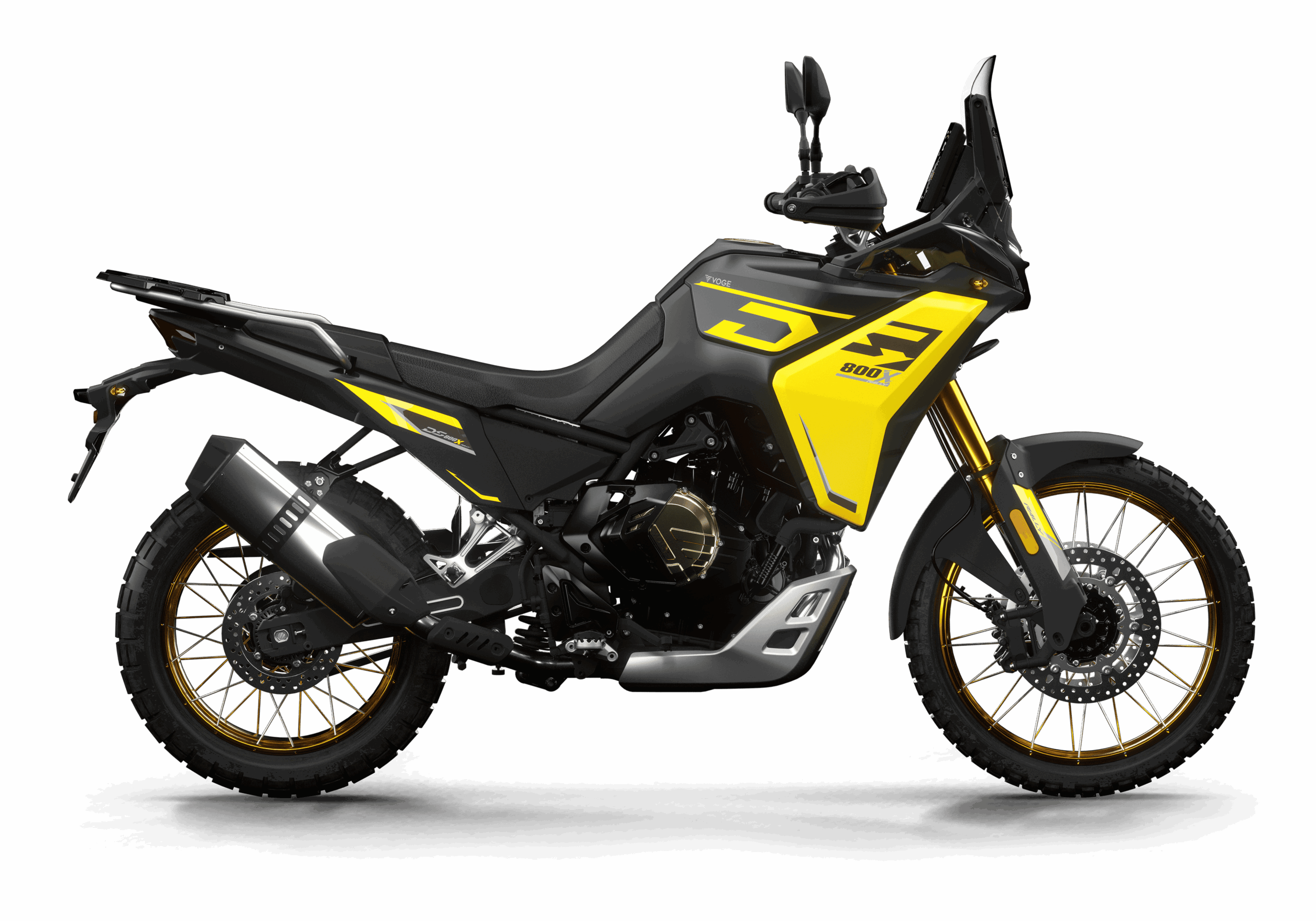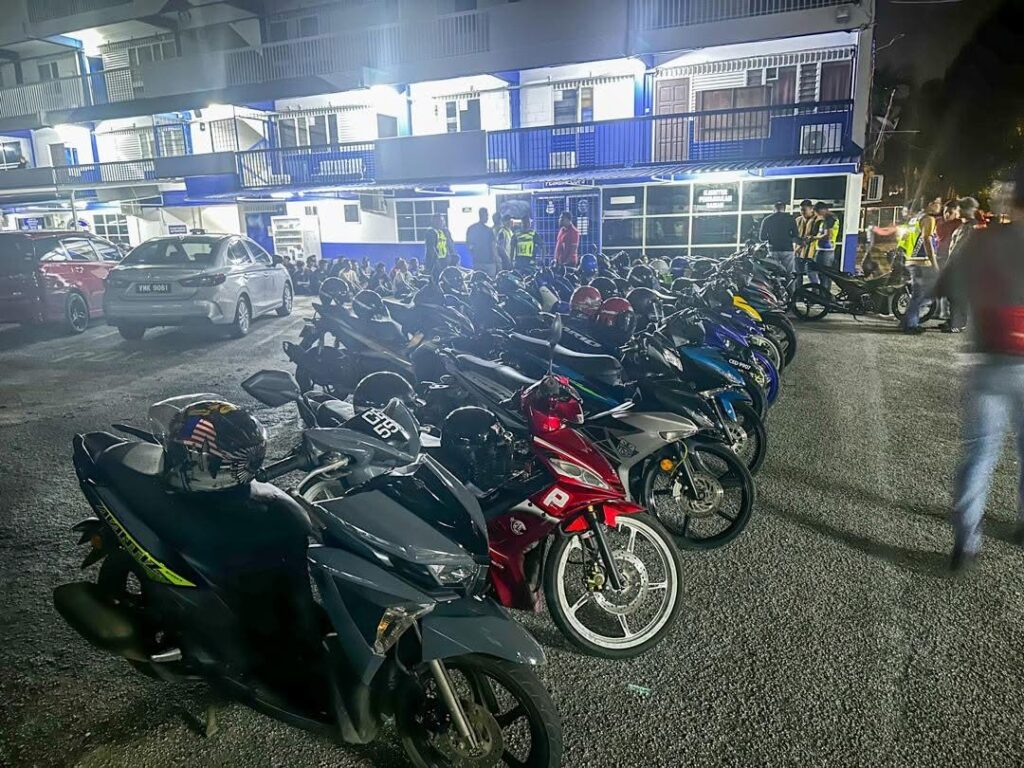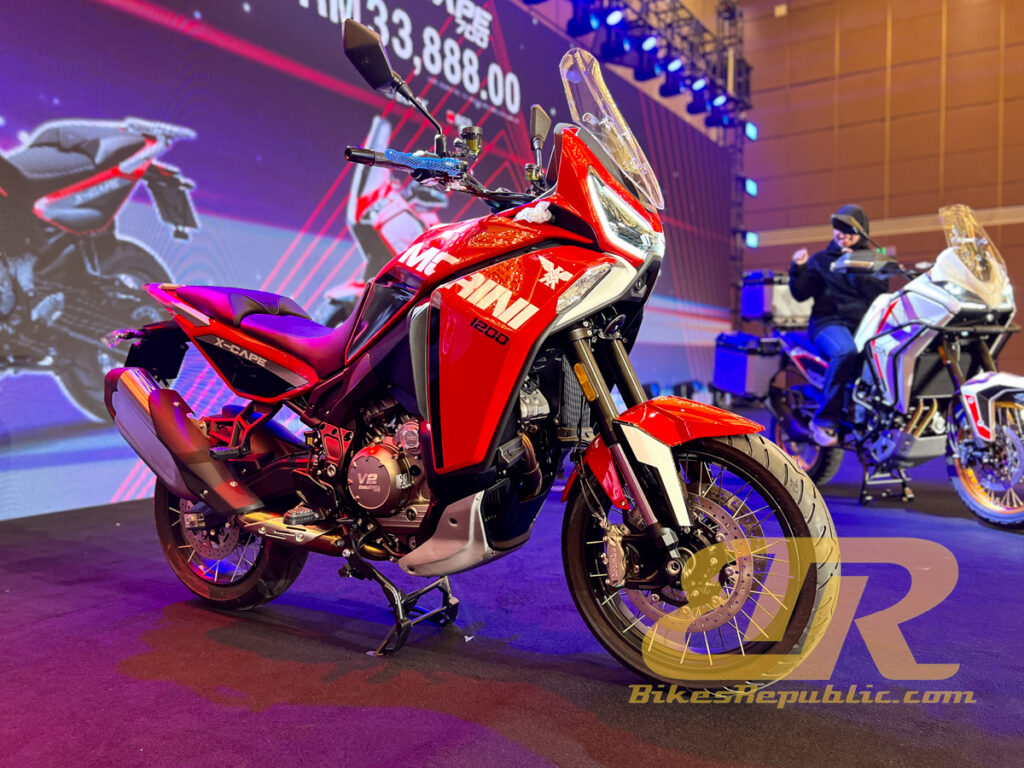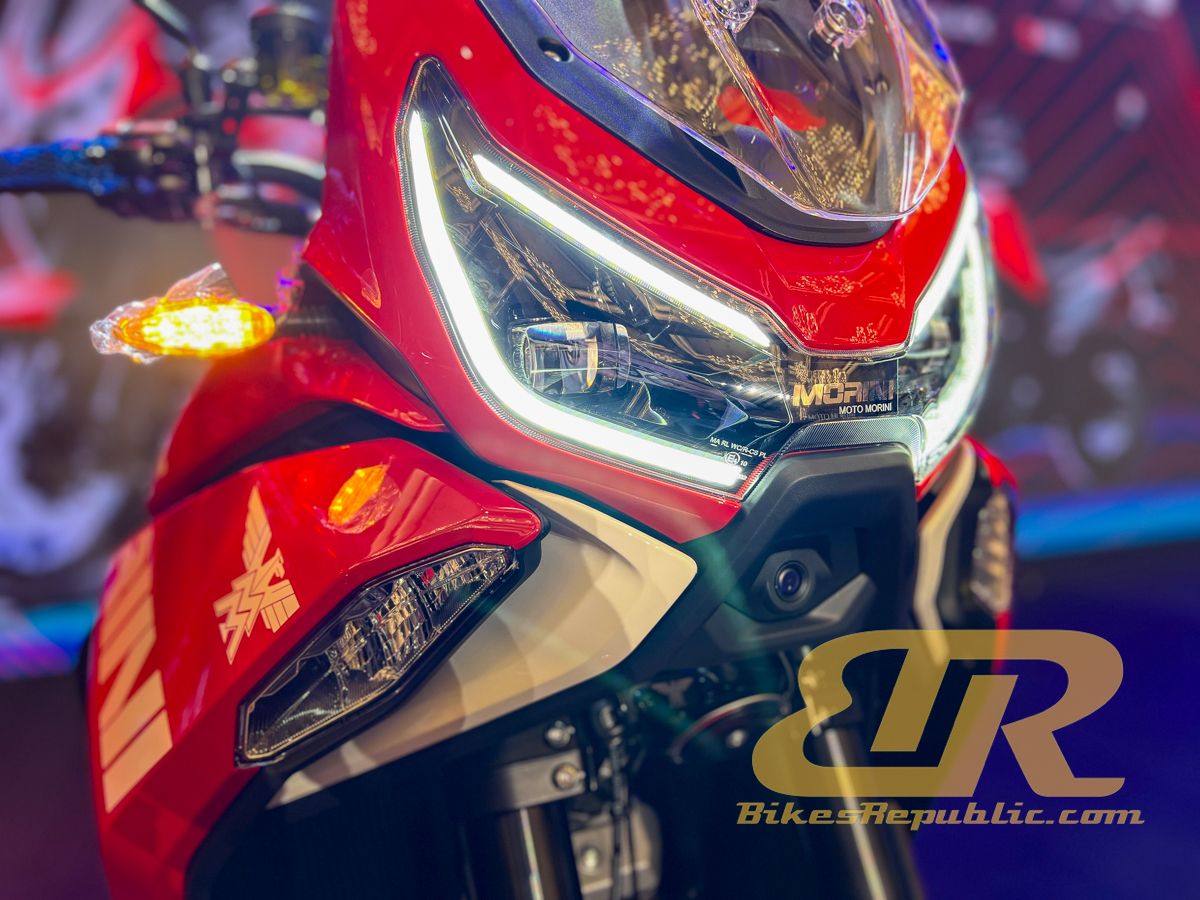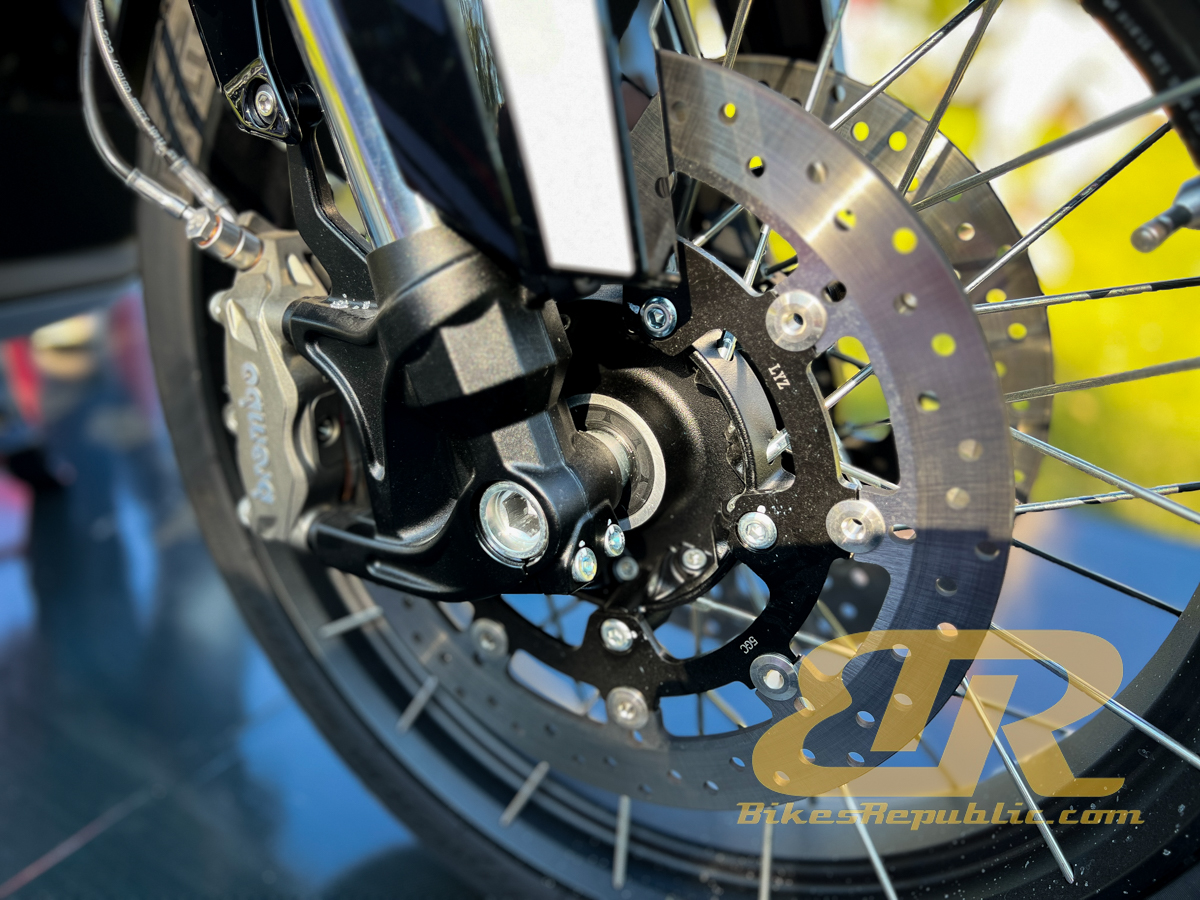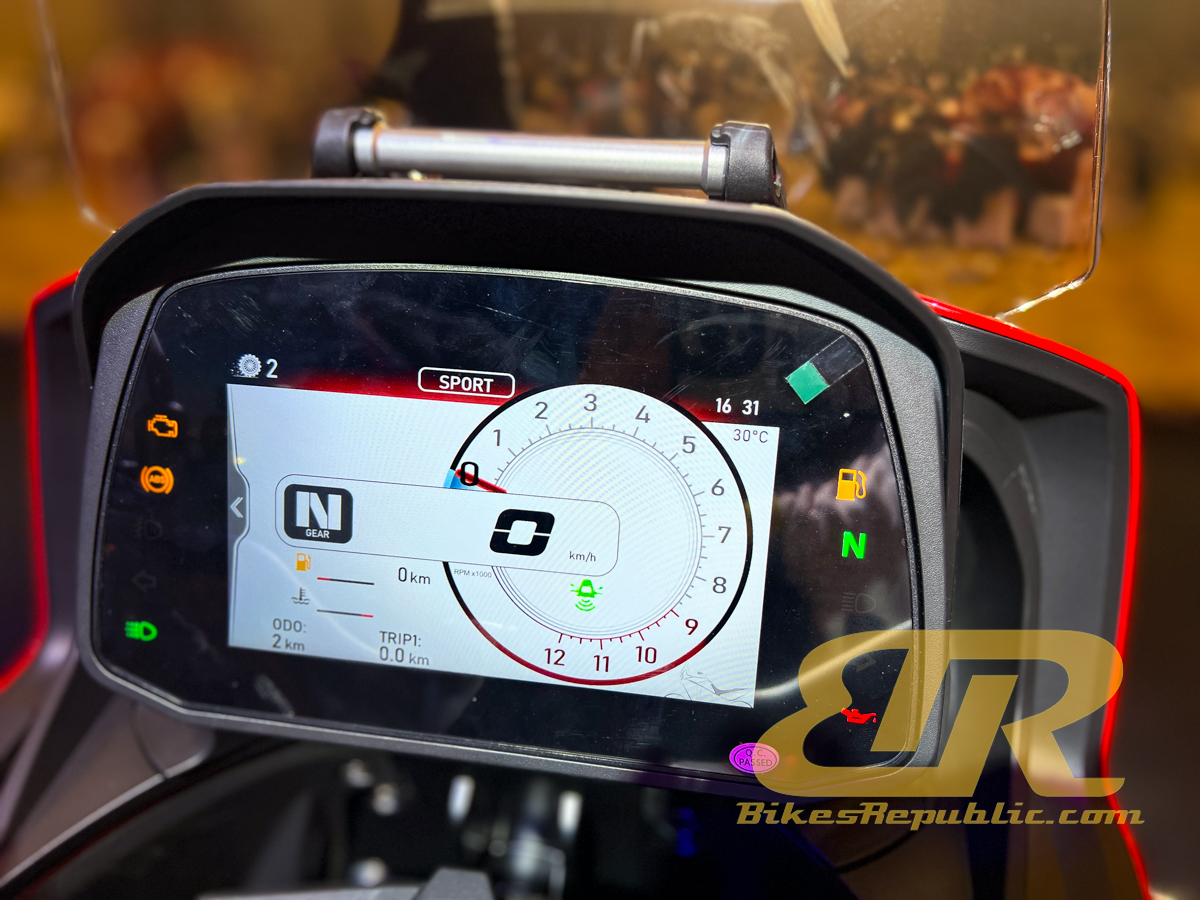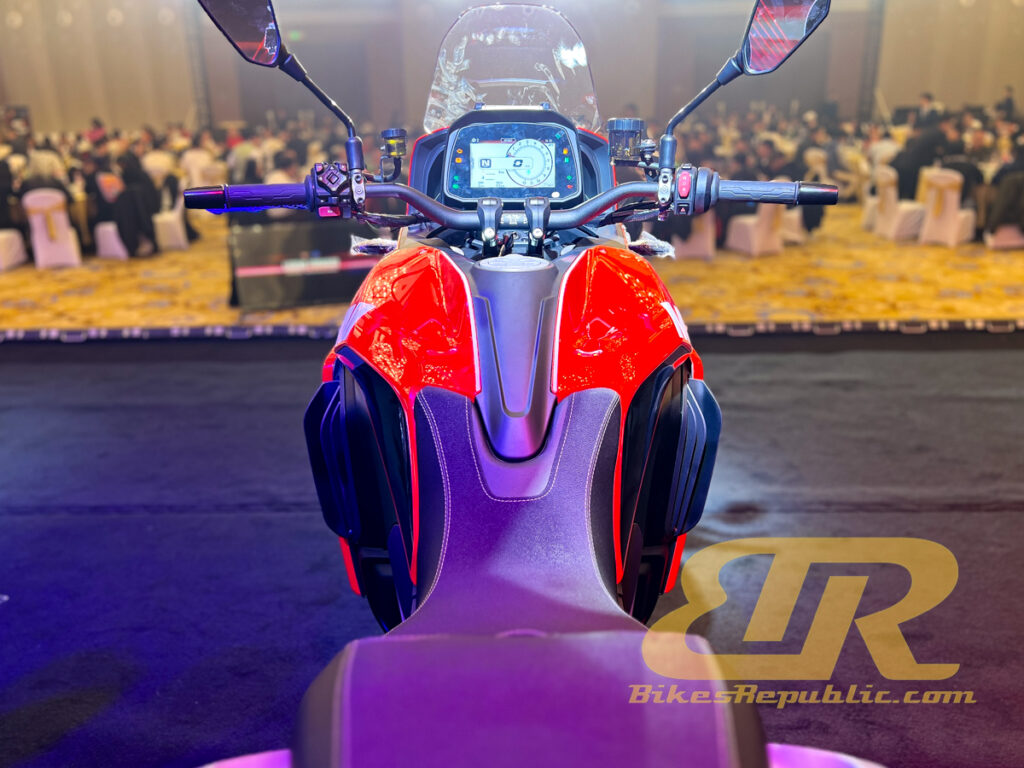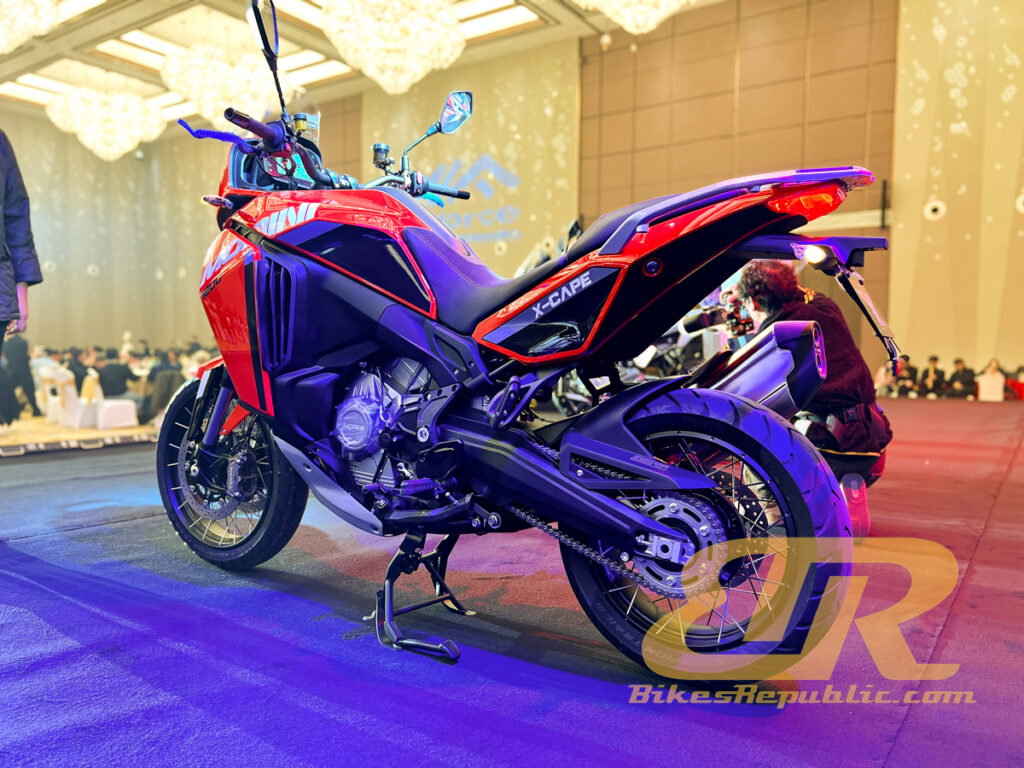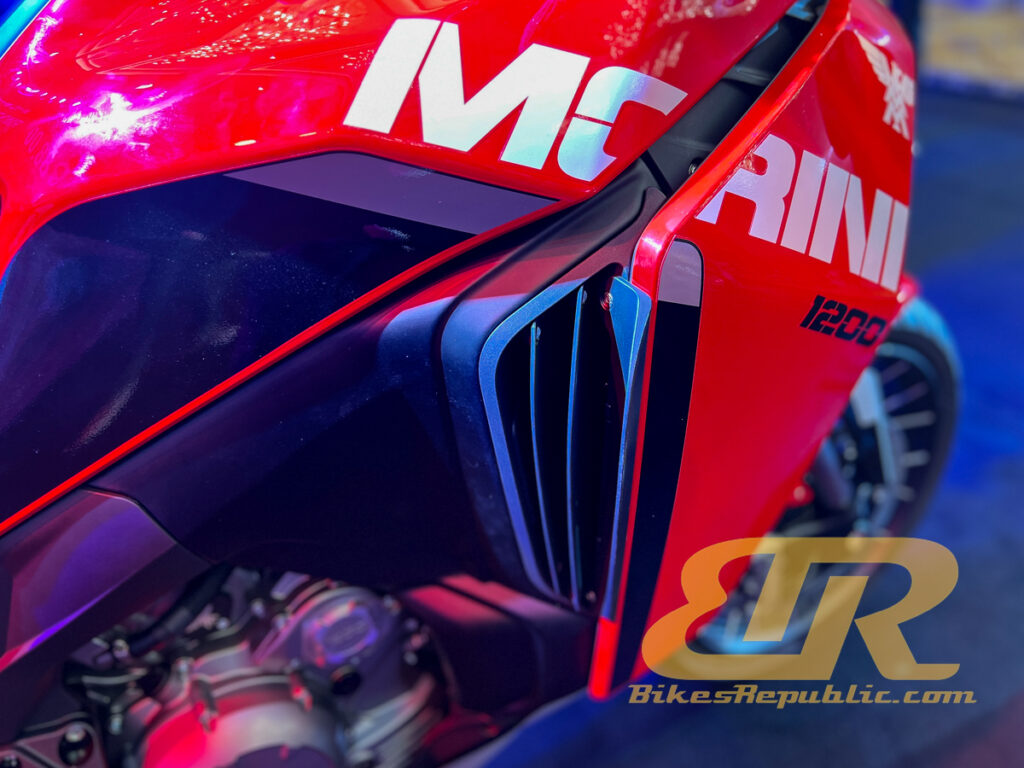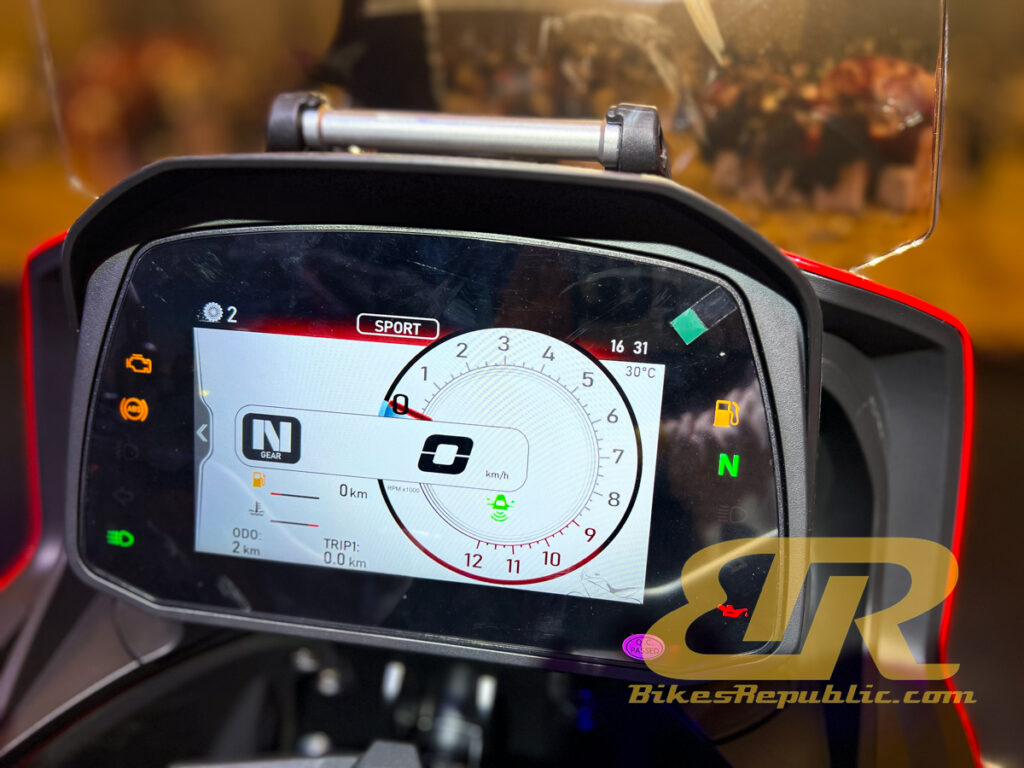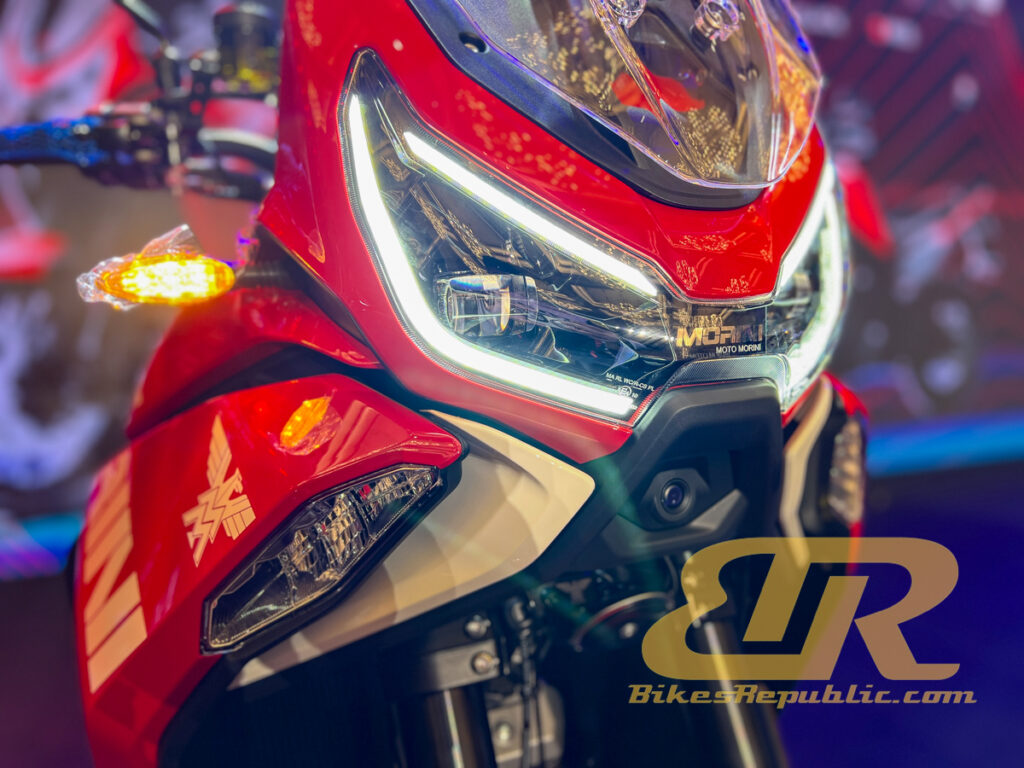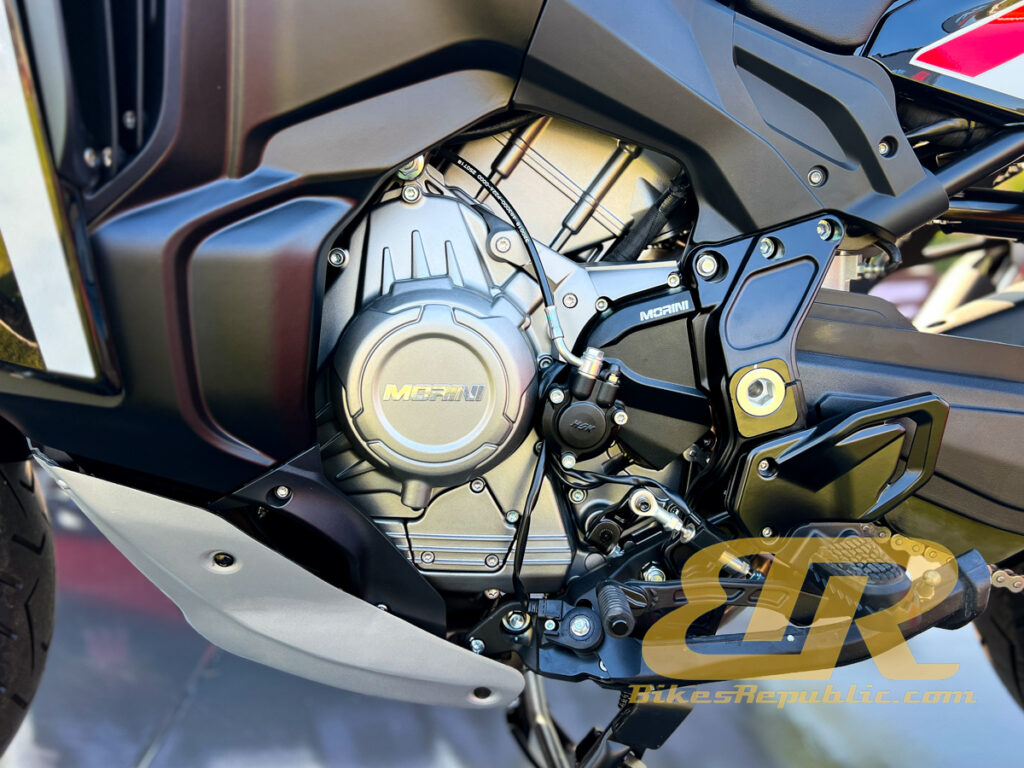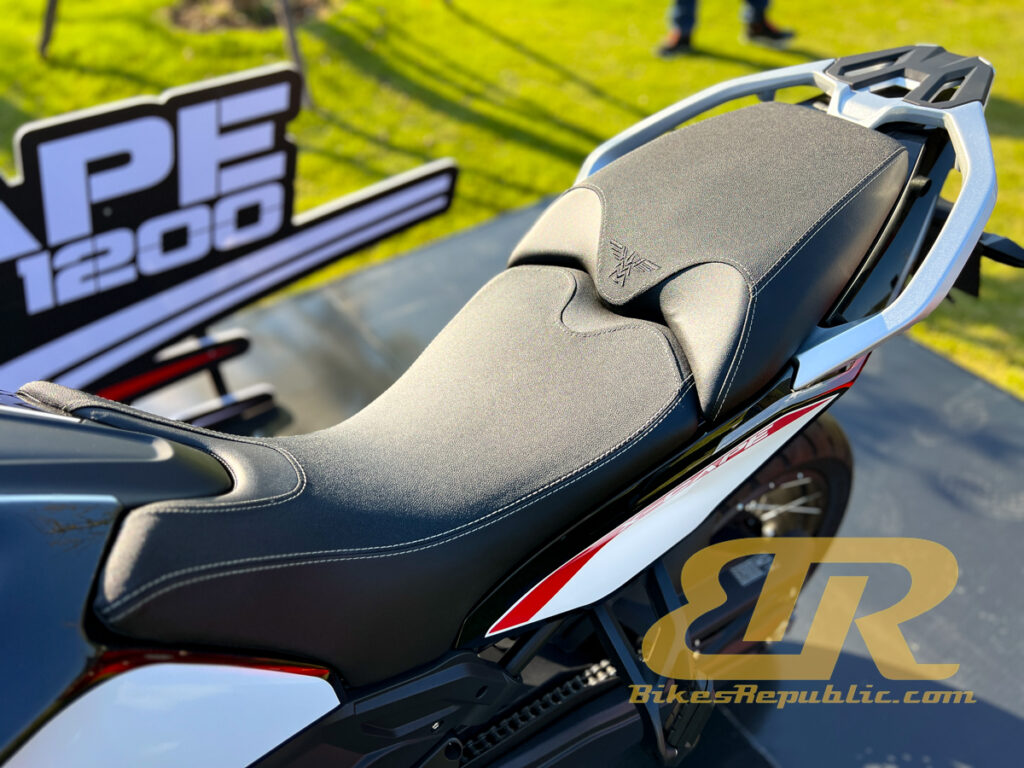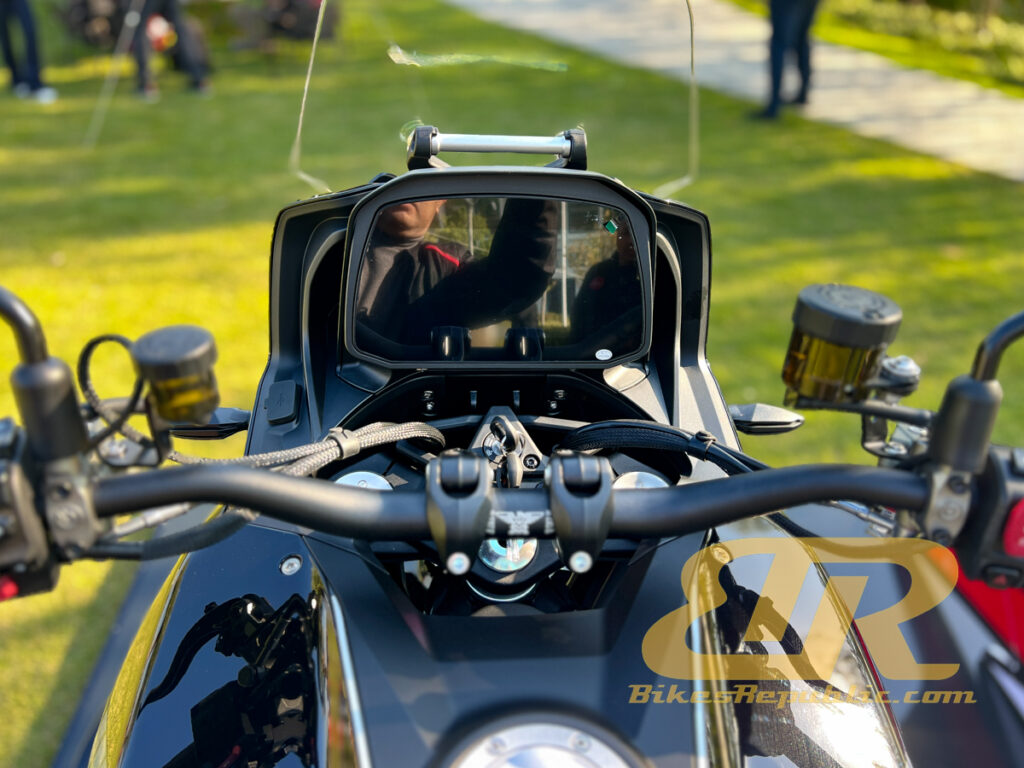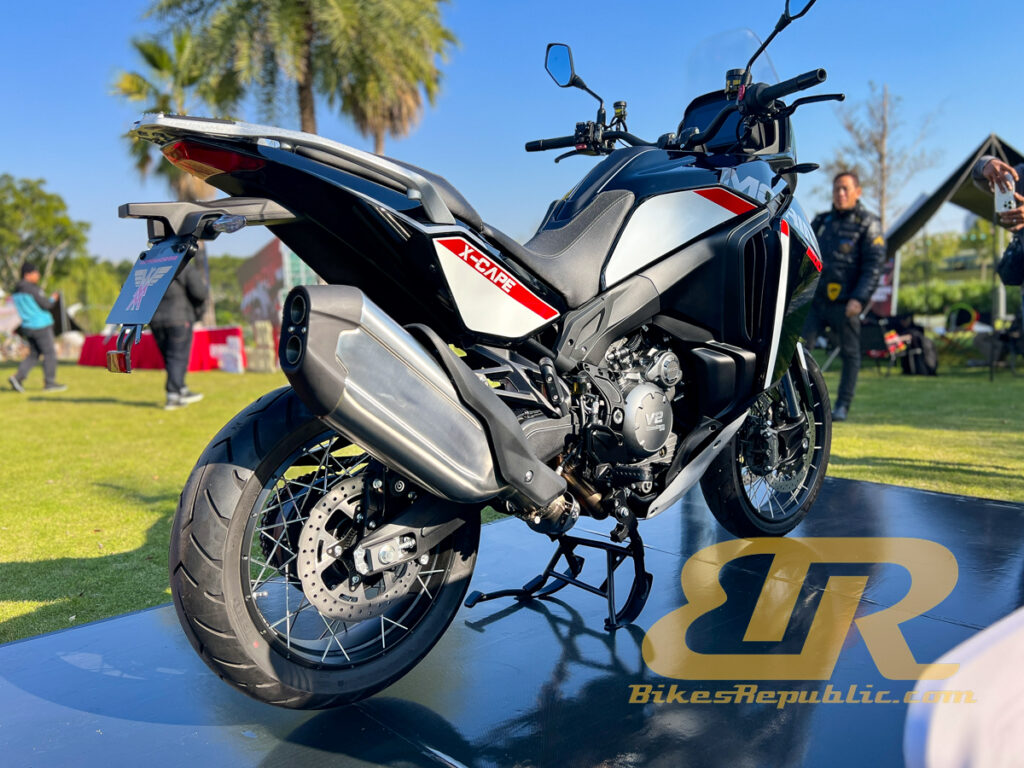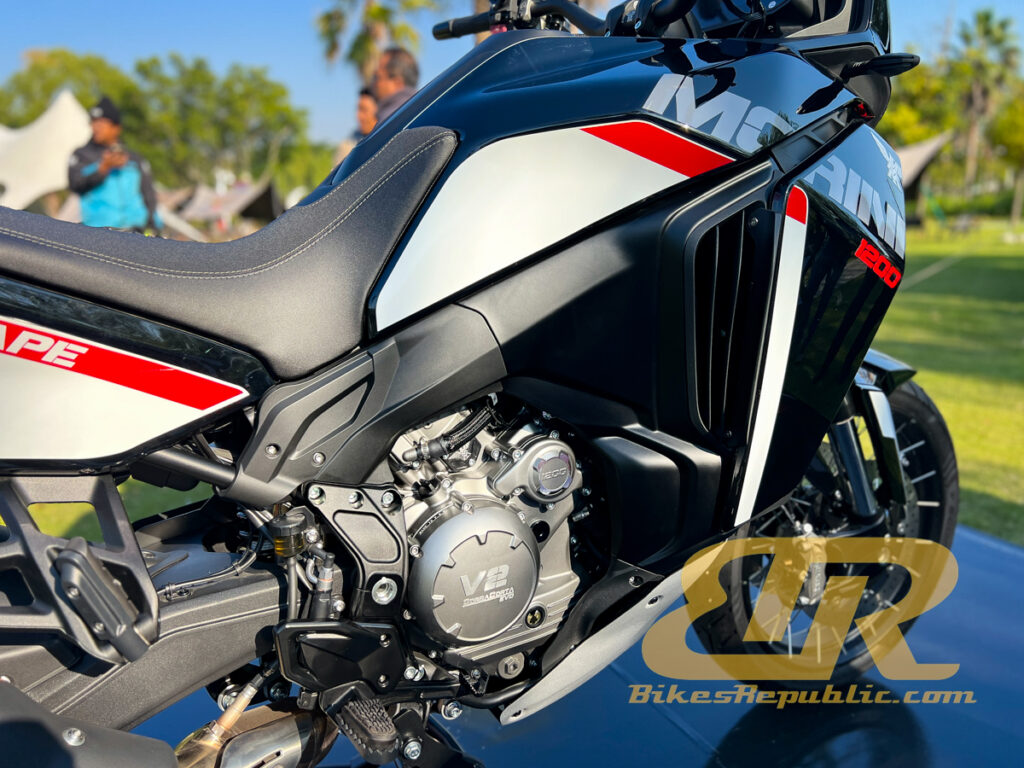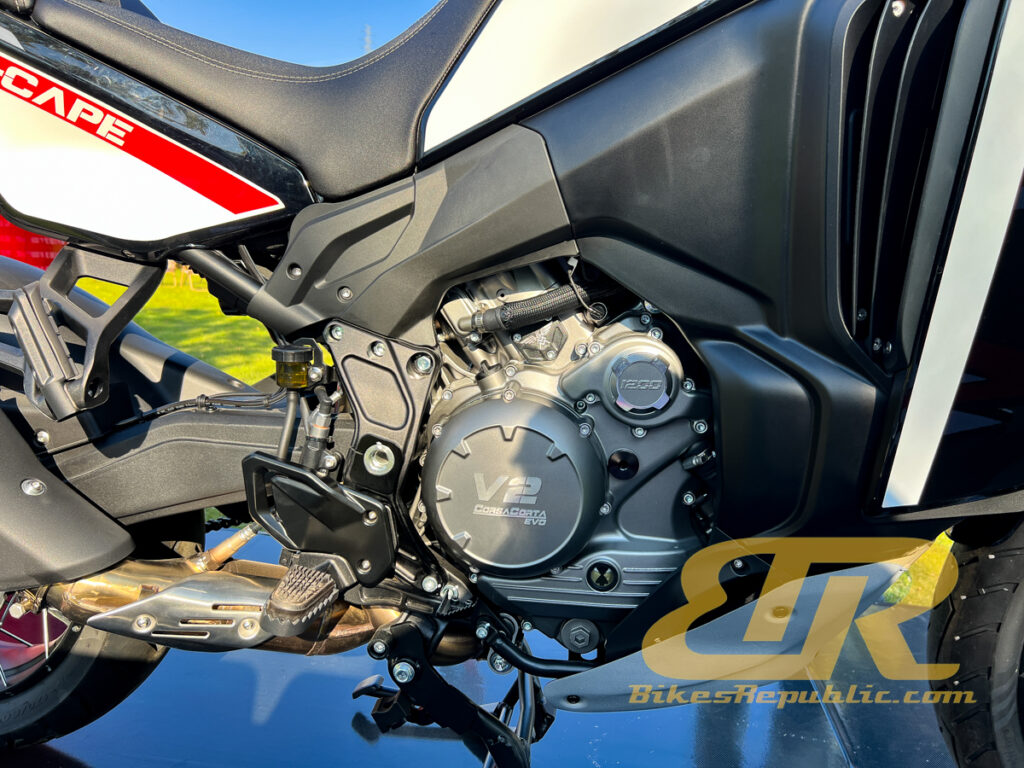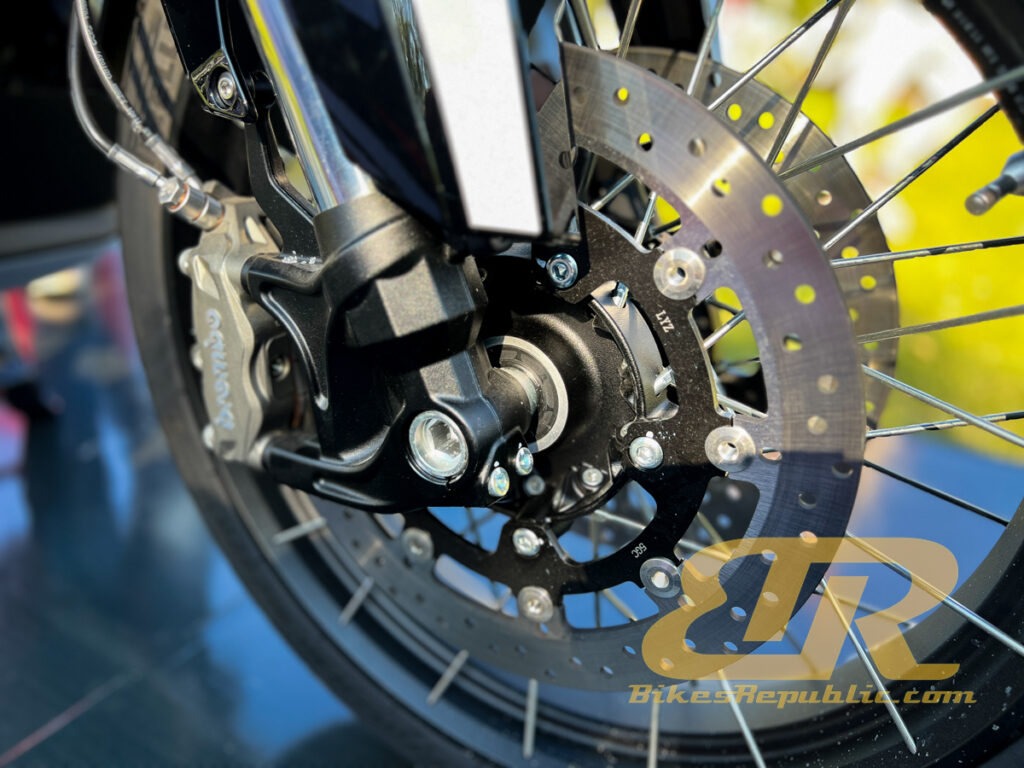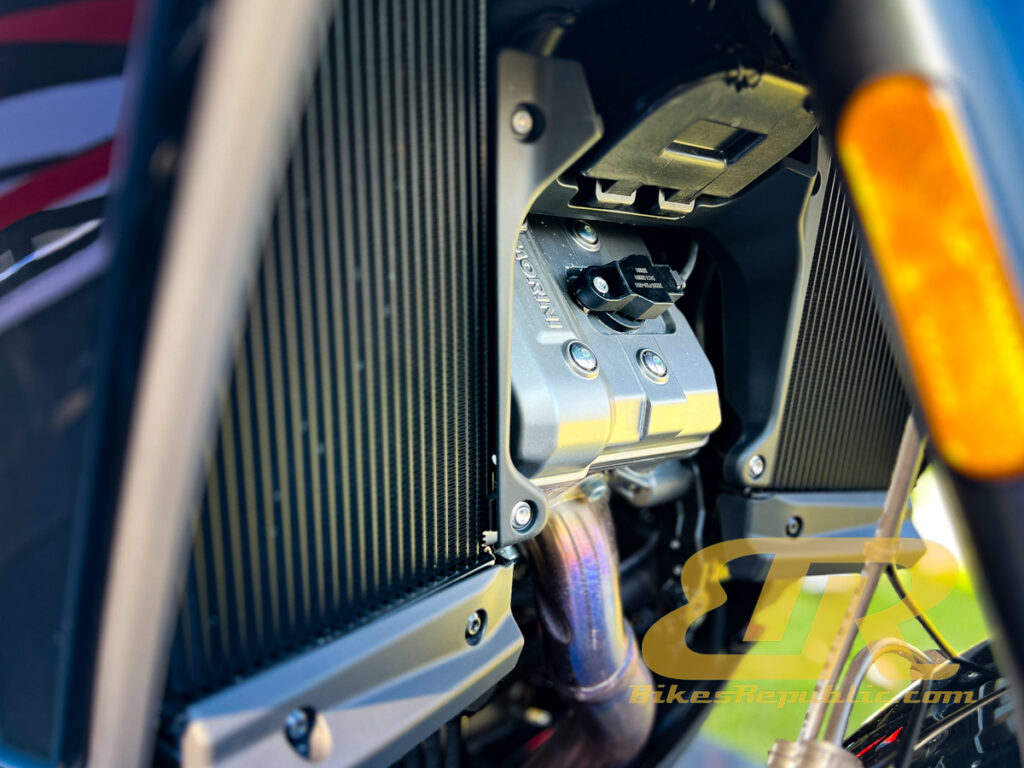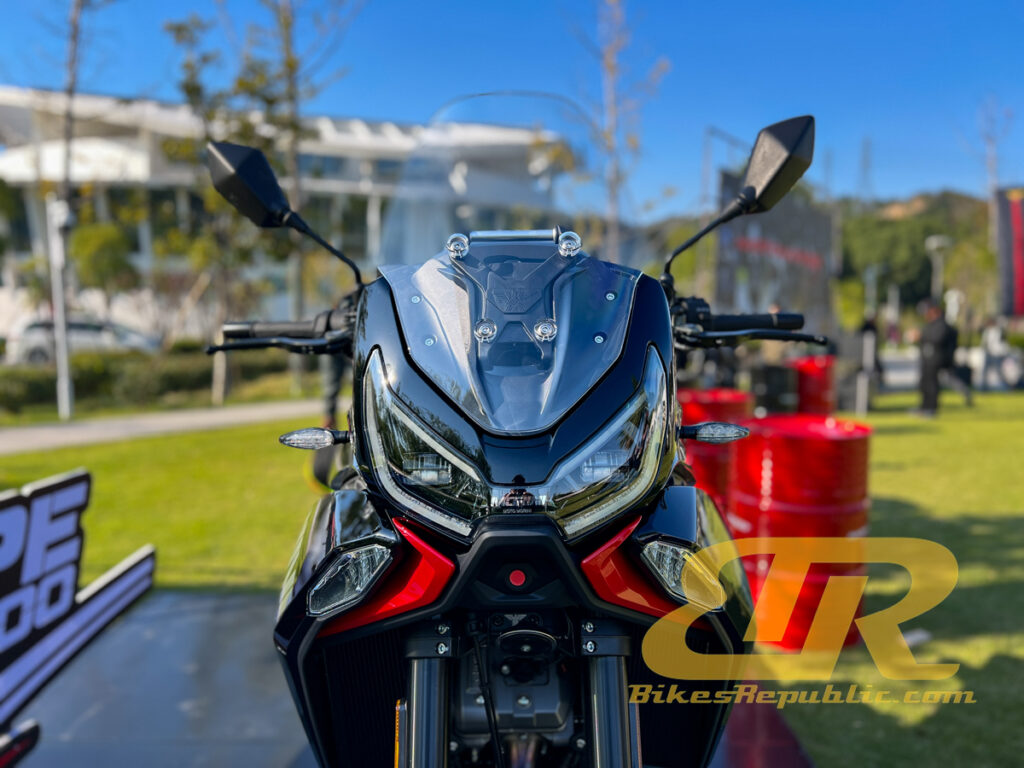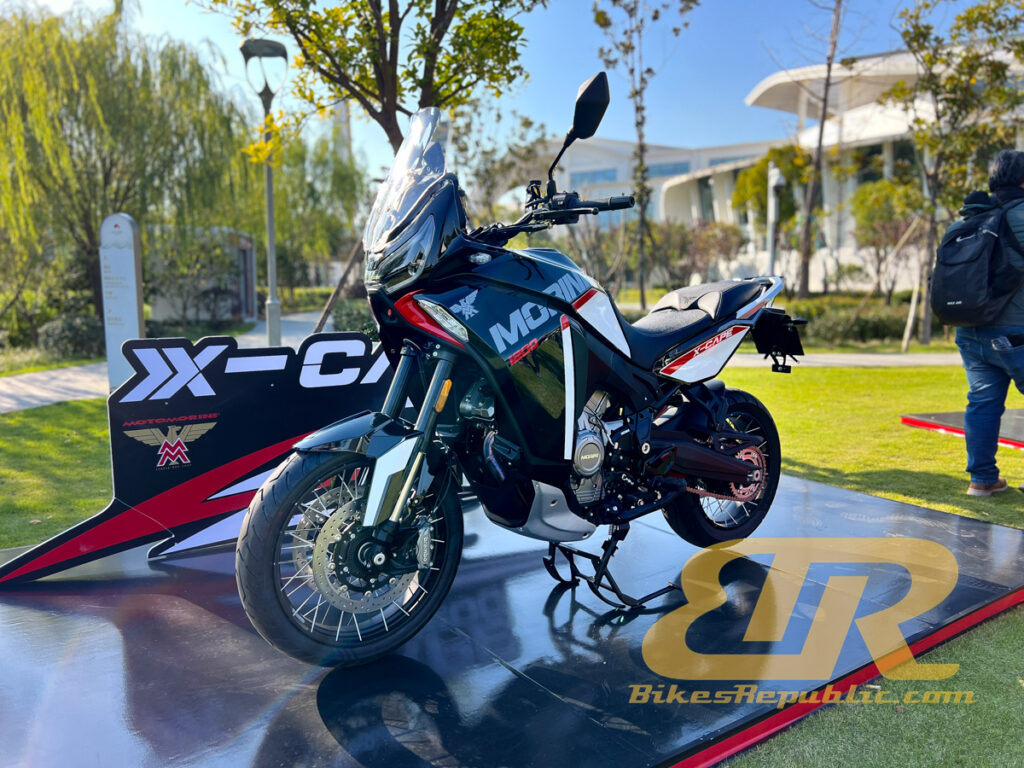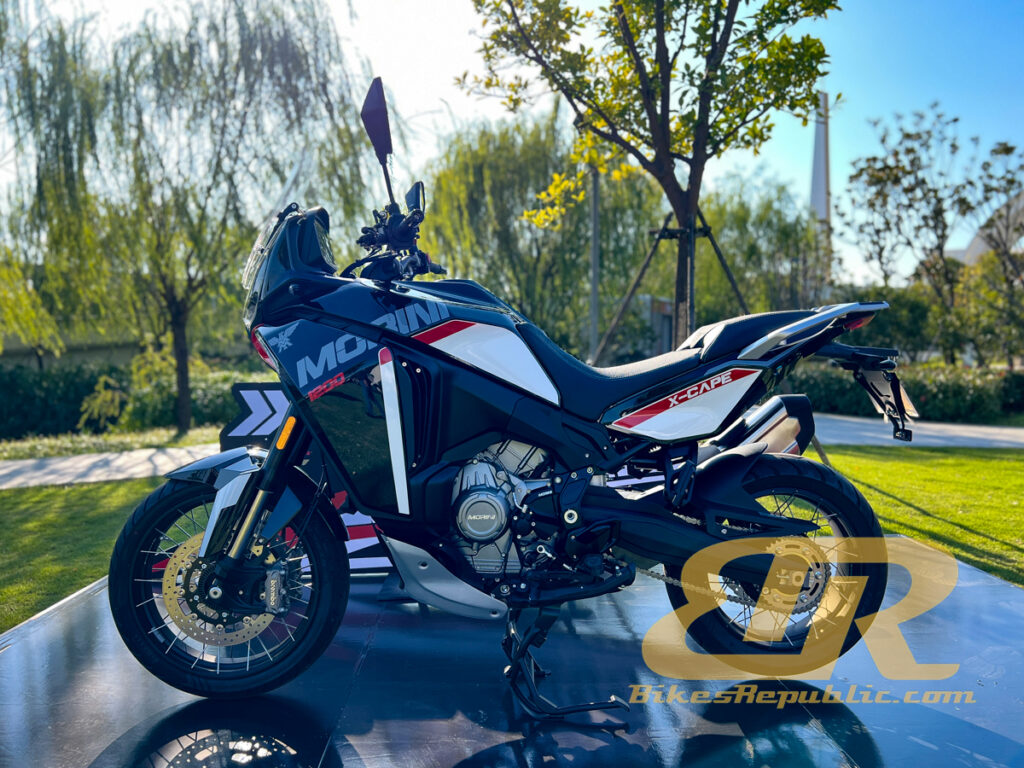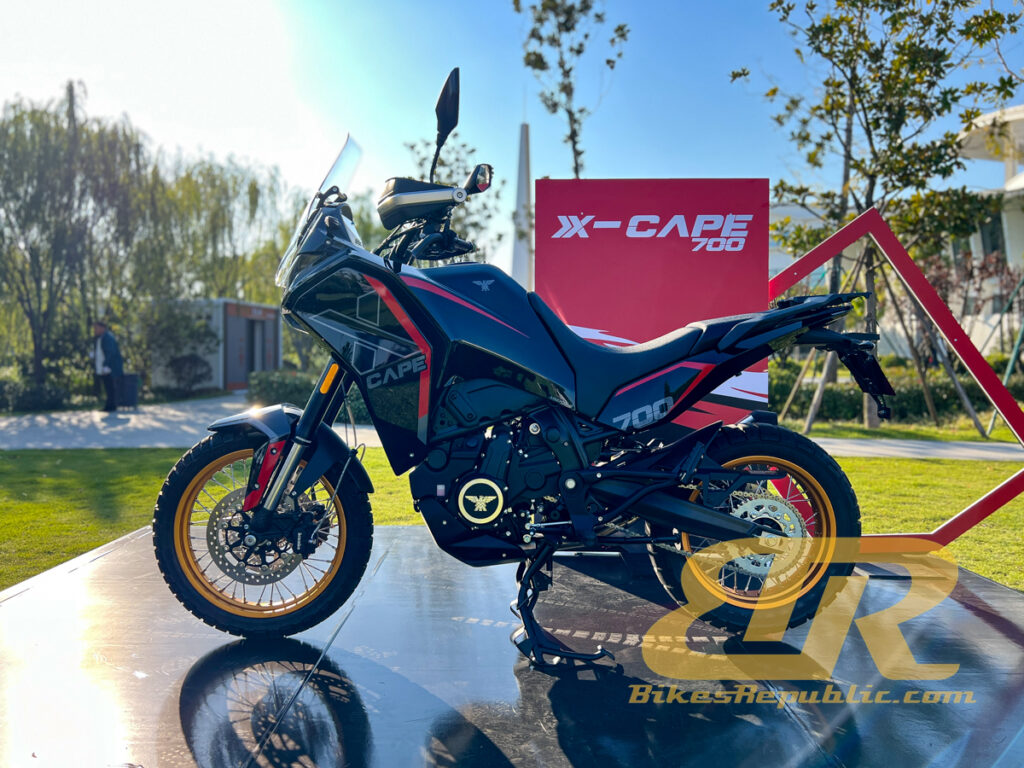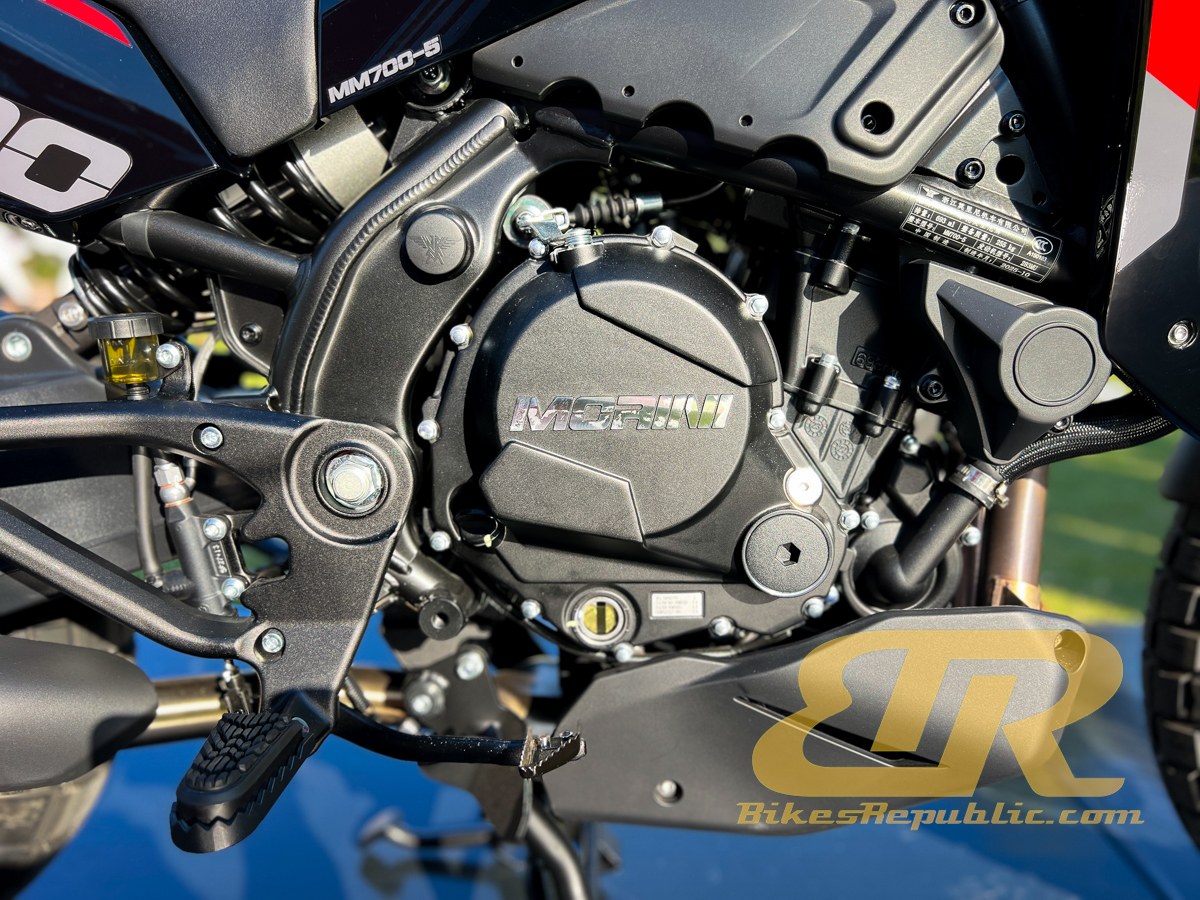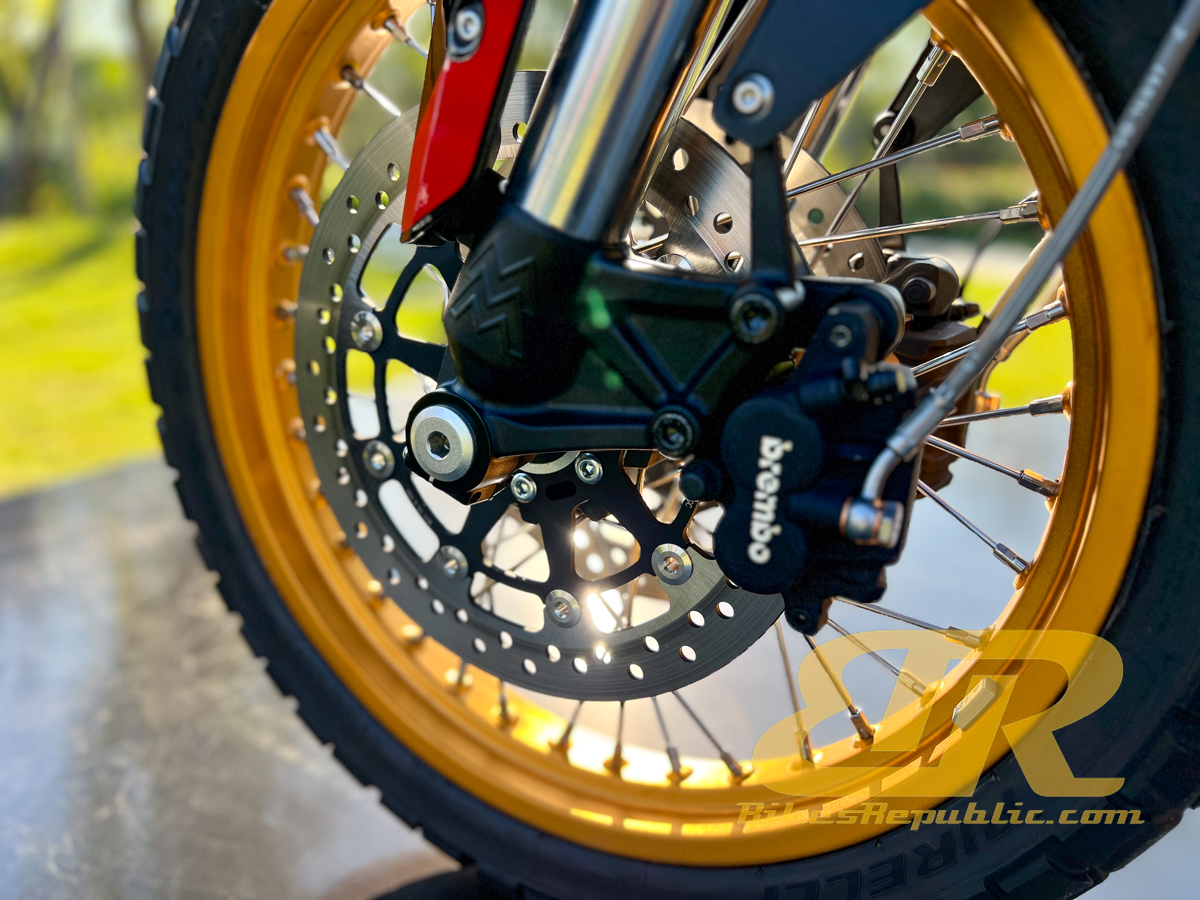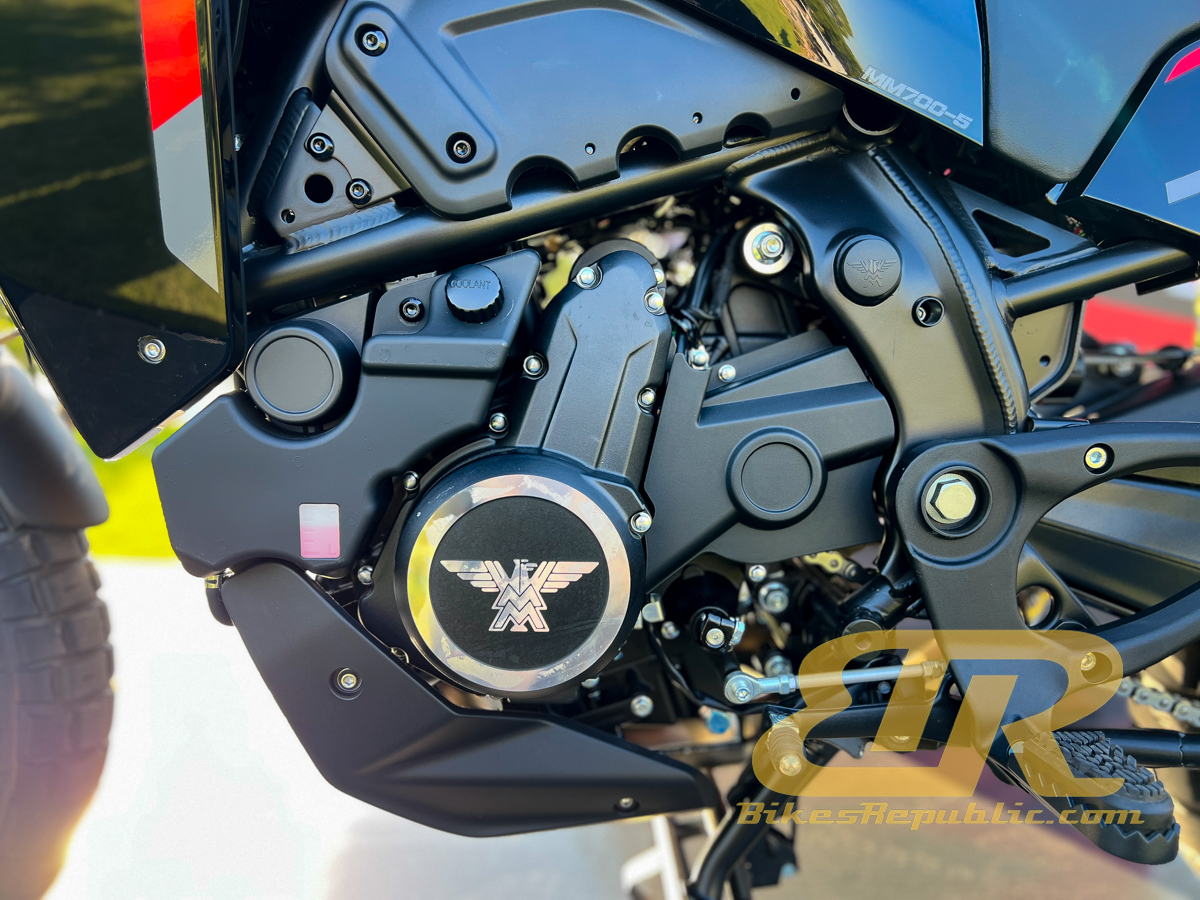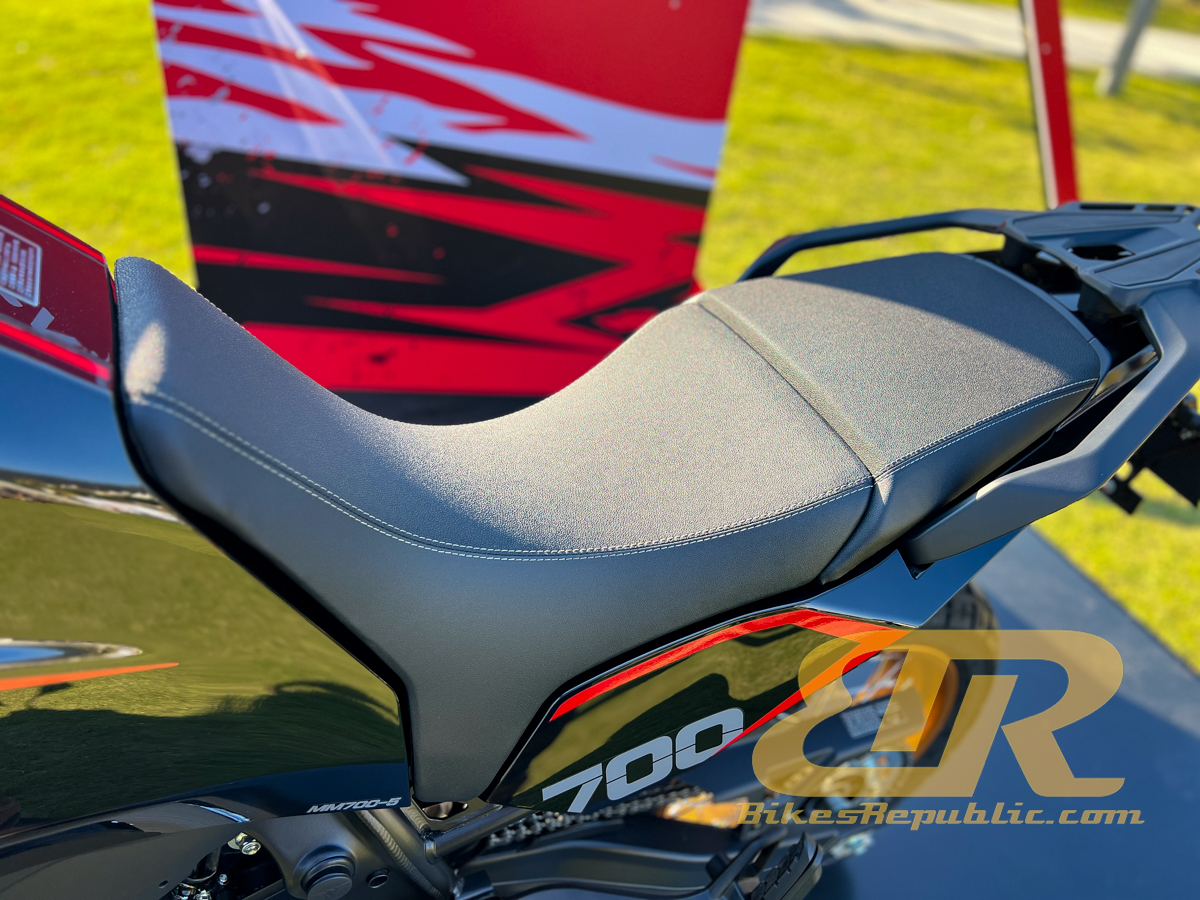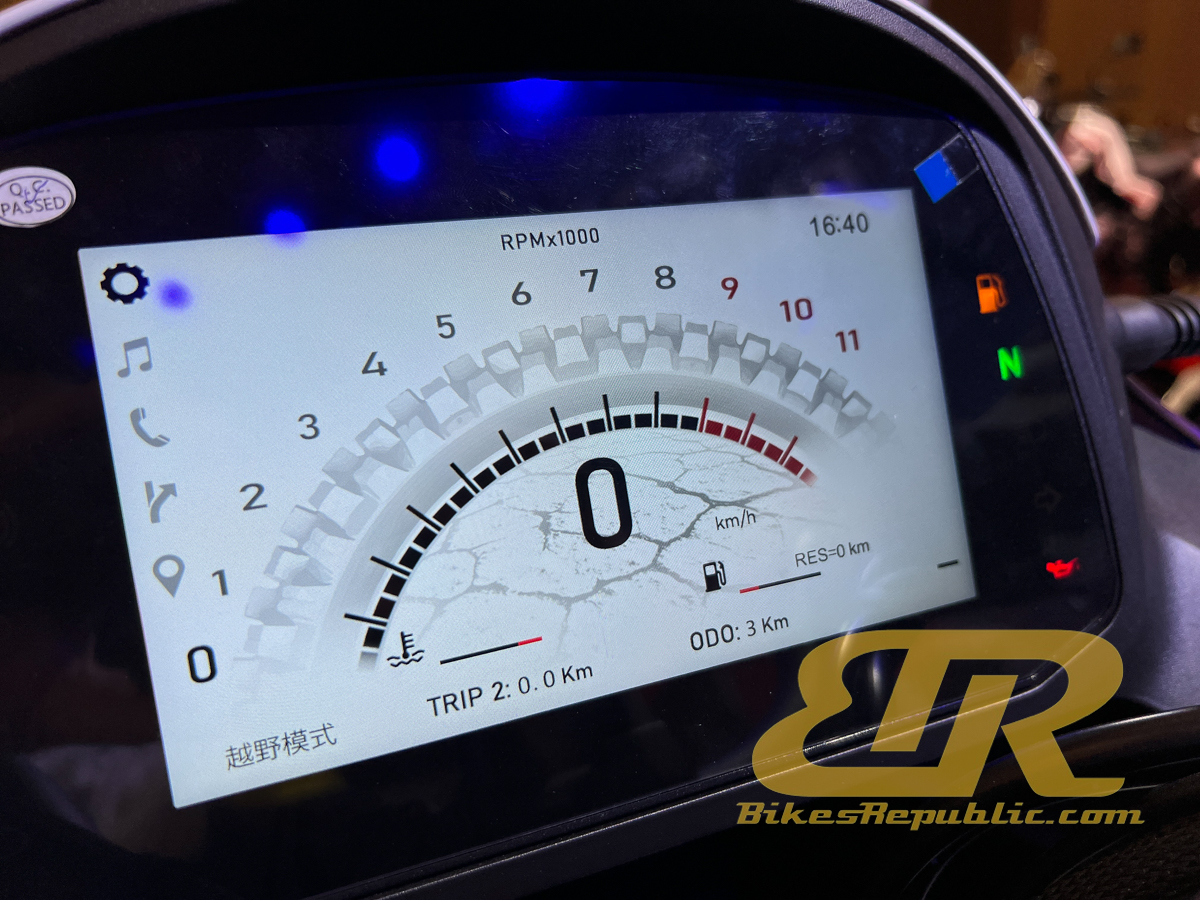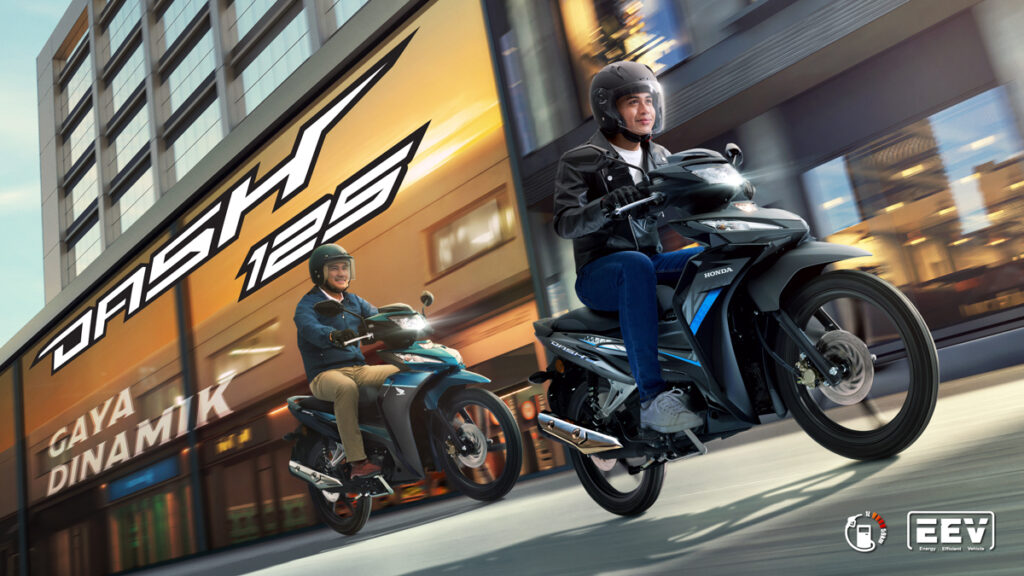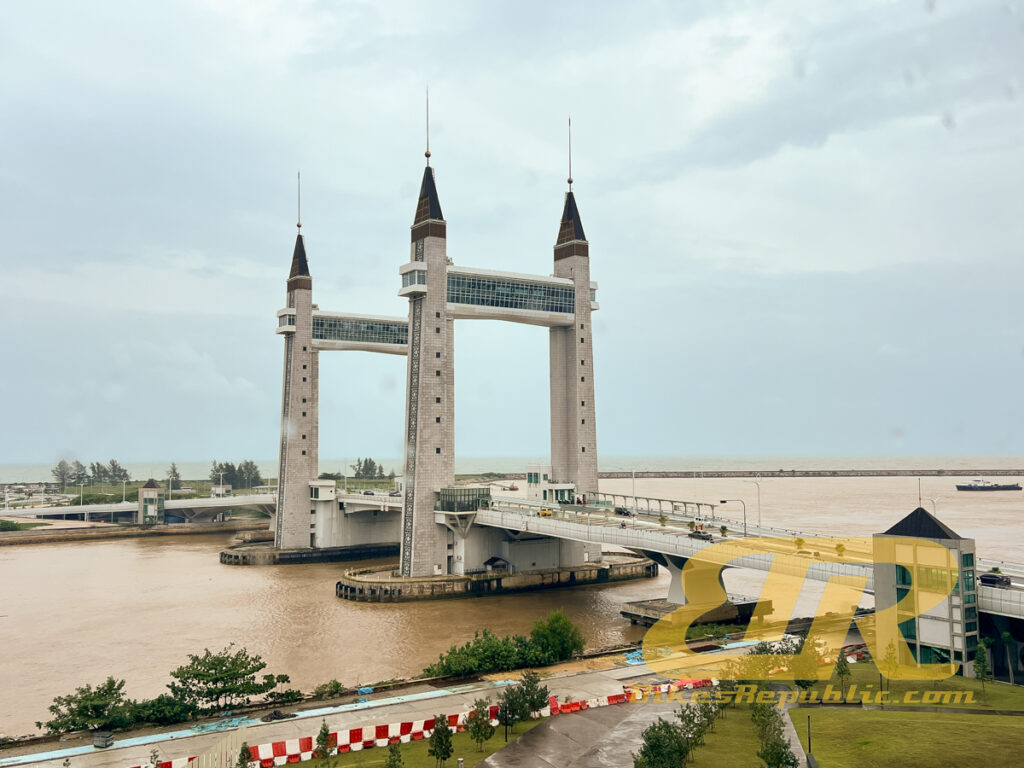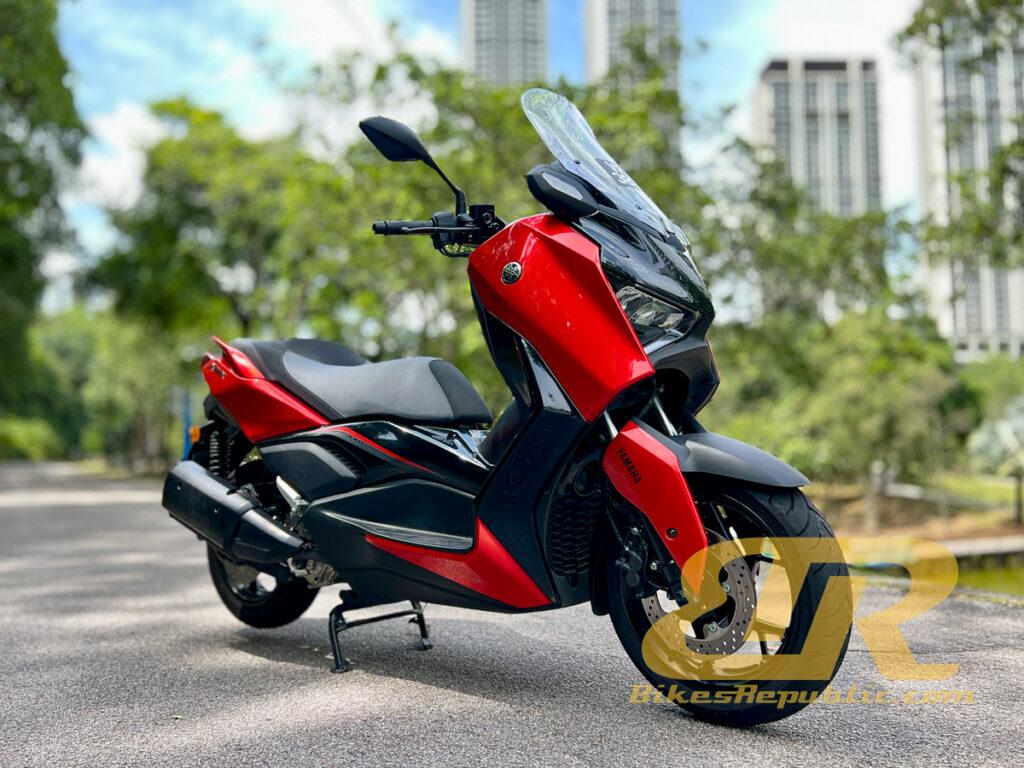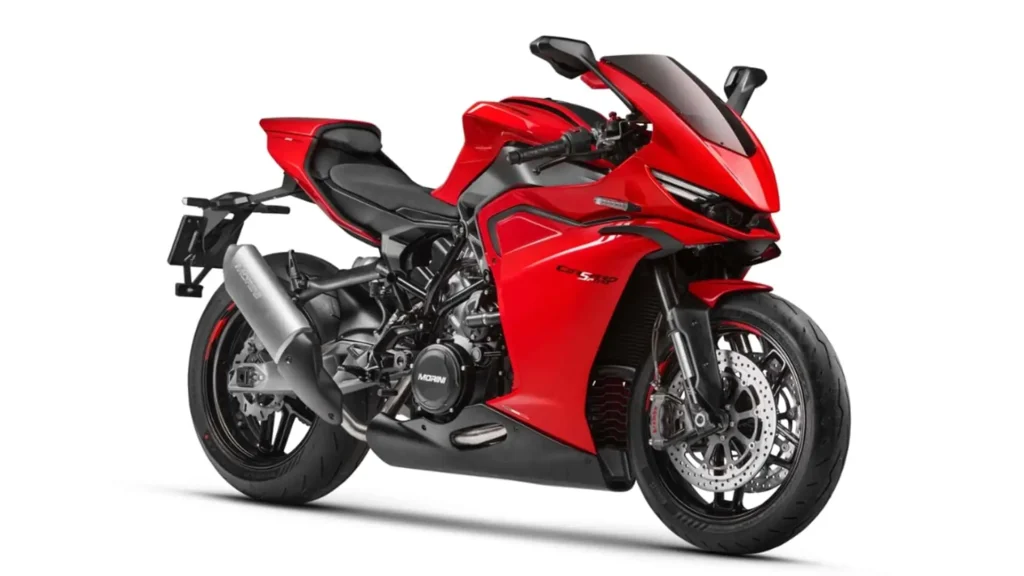As you may already know, BikesRepublic.com and MotoMalaya.net were among the 40 motoring media personnel invited by MForce Bike Holdings Sdn. Bhd. to visit several motorcycle manufacturers in China. The visit coincided with the MForce Top 68 Dealers’ visit as an appreciation for their efforts in selling the bikes distributed by MForce in Malaysia.
We visited, viewed, and tested motorcycles from Benda, CFMoto, Keeway, Morbidelli, QJMotor, ARIIC, and Moto Morini. Among these, Benda and QJMotor opened their factories to us.
The visits covered two main cities which were Hangzhou where Benda and CFMoto are based at, before moving on to Taizhou where the rest of the makers call home.
So let us sum everything up in one article for easy reference.
BENDA
The company’s executives said “Benda” means “running toward our destiny” in a poetic Chinese phrasing.
Benda began as Hangzhou Saturn Power Technology Co., Ltd. in 2016 in Hangzhou. Instead of producing cheap motorcycles for the Chinese domestic market, they set their sights on the global scene from the get-go. They have been relentless in their pursuit since then and see their motorcycles being popular in Europe, particularly in Germany.
Benda produces cruiser style two-wheelers predominantly, but also makes all-terrain vehicles (ATVs) and side-by-side buggies.
The company brought us to their ATV production facility, instead of the motorcycle factory as “there were several prototypes under R&D”. Good move since we media shoot and report everything, including the heated mirrors in the restrooms.
We test rode the Dark Flag 500 Commander (powered by a 500cc V4), Chinchilla 300, and a 900cc V-Twin there, and came away impressed as these handled superbly with great suspension and brakes despite being cruisers, while being serenaded by rowdy exhaust notes. Can’t believe these exhausts are Euro 5+ compliant!
The paintwork, components, panels, and welding all oozed quality more like European motorcycles, which was a far cry from the days of “cheap Chinese clones.” None of the bikes we tested broke down despite being pushed hard: drag raced, cornered until the footpeg feelers peeled off, and one bike even running out gas!
CFMOTO
CFMOTO is already an established brand, being present in more than 100 countries. Their partnership with KTM (and the KISKA design firm) had undoubtedly kickstarted the development of their own motorcycles. In fact, CFMoto did not shy away from revelling in this partnership as there was a section dedicated to KTM and Husqvarna in their main showroom.
Our entourage of 40-odd rowdy journalists were guided through the makers’ gallery which showcased their amazing progress, from building simple scooters to supplying large capacity tourers to their National Police.
Unfortunately, we did not get to visit the factory floor and were instead provided several upcoming models for test rides. These included the CL-C with AMT transmission, a 250cc dirtbike, 750 SR-RR inline-four sportbike which we tested with glee. They also showed us the 1000MT-X adventure bike, which was launched a couple of days later to the international market.
Oh, lest we forget. We asked CFMOTO is they are really taking over KTM’s MotoGP effort, to which the factory representative replied, “We don’t have confirmation yet.”
KEEWAY
Some motorcycle enthusiasts in Malaysia may remember this brand from the time when it was distributed by another company other than MForce. But really, the brand has improved exponentially since then. In fact, we could not even believe that their bikes look this good now. The Keeway Group is not a small concern to be sneezed at as they own several brands including Morbidelli, Benda, and Benelli.
The brand launched two models during our visit, namely the BX200i scooter, and RKR250 sportbike. The latter was already launched earlier in the year, but importation and CKD production has not begun. We look forward to them being officially available in our market by 1H2026.
MORBIDELLI
Morbidelli was one of the quintessential Italian motorcycle makers, having won many prestigious races around the world. They launched four models alongside Keeway.
This is not a personal opinion, but shared collectively among all 40 of us: These bikes looked really good, not just in terms of design, but also in their quality, specifications, and features. The market will be salivating over these had they been stamped with “Made in Europe” or “Made in Japan.”
The four models launched were the F252 naked/roadster, T250X, T252X, and T502X, the last three being adventure/dual-purpose bikes. All except the T250X are equipped with large TFT screens and top notch suspension. But all four have premium brakes, TCS, and ABS, plus an emergency call feature which dials up the emergency number stored in the rider’s phone, when the rider in peril presses the button for at least 3 seconds.
QJMOTOR
QJMOTOR is now a Chinese motorcycle powerhouse. Holding several brands including Keeway (see above), it is a subsidiary of the Geely supergroup which also owns Proton. MV Agusta had signed and MOU with this company to produce small capacity MVs for the Chinese and Asian markets but that project seems to be on hold at the moment.
The maker welcomed us into their motorcycle manufacturing facility, showing us the intricacies of their operations and how the bikes went from separate components to complete, packed and awaiting shipment. Their factory features the latest in computerised inventory, robotised delivery and manufacturing systems, and high end tooling, allowing them to produce 700 motorcycles every hour!
We just want to say, put away that image of a Chinese worker smashing parts into place with a hammer already, will ya?!
We also test rode several models out at their test track with trackside facilities under construction, and that the weather has gotten much colder with blustering winds.
They were: SRK 250 RD with an inline-four engine, SRK 450 RR also inline-four powered, ATX 250 X and ATX 250 adventure scooters, and the SRK 921 superbike. All four models were officially launched that same evening. There was also an Italjet 700 superscoot at hand which uses a QJMotor engine.
ARIIC
ARRIC was a ‘surprise’ brand when MForce launched the ARIIC 318 this year. It seemed to have come out of nowhere. However, ARIIC has been rising quickly in a short time. In any case, the 318 underwent and arduous development by being ridden for 5,476km down Highway 318 in China. In fact, the maker continues to organise tours on their motorcycles down that highway annually.
We tested two models that were also launched that night, called the Gobi 250 and Touch 250. While sharing the same platform, the former is an adventure-style scooter, while the latter is an urban/touring scooter. The name “Gobi” alludes to the Gobi Desert.
The Touch 250, on the other hand, had a handy feature which ARIIC themselves said was inspired by the BMW C-Series scooters. It has an expandable underseat luggage space to accommodate more cargo; a safety switch refuses to allow the engine to be started if it is left in that expanded position.
Both models were officially launched that evening at a special event.
MOTO MORINI
Moto Morini was another well-known Italian motorcycle maker which also endured ups and downs like a WWE wrestler’s career and was ultimately taken over by Zhongsheng, also known as ZNEN. However, the brand’s design and R&D departments still reside in Italy.
Many models were on display during our visit, including three scooters, a cafe racer, and another modern retro, but the highlight was on three models that particular day: Alltrhike 450, X-Cape 700, and X-Cape 1200.
The Alltrhike 450 is powered by a twin-cylinder engine and was of course easy to ride due to its low weight and skinny adventure tyres. The X-Cape 700 has been upgraded from the previous X-Cape 650 and has more power and tractability on hand.
But the biggest surprise had to be the X-Cape 1200. It looked big and was big but was a hoot to ride, perhaps due to its also surprisingly unconventional engine: 1187cc, 87º V2, with a counter-rotating crankshaft called the CorsaCorta Evo.
Yes, the crankshaft spins “backwards” (like in the Ducati V4 engine) which reduces inertia, thereby promoting easier handling. The biggest surprise was its price, retailing for only RM49,888.
It also needs to be said that the Moto Morini bikes had the best quality among these manufacturers that we visited, although the quality of the rest was nothing to be sneezed at, either. The design and finishing can easily be on par that of Ducati’s.
Conclusion
We initially thought not much could surprise us during this visit, after witnessing how Zontes had grown within 5 years. But no, each subsequent visit to any Chinese motorcycle manufacturer never failed to blow our minds away.
It seems that the Chinese have a much bigger ambition to take over the world, they are much hungrier. No offence to other manufacturers, we know you do not stop innovating and are pushing hard in getting ahead, too, but there is a much different palpable desire in these Chinese makers.
We saw and even experienced firsthand of how their early products were just 10 years ago, but now they are at least 95% on par with the best out there. One just needs to compare their motorcycles from only 5 years ago to the latest and see the massive amount of difference. We are not talking about consumer electronics here – we are talking about motorcycles that are much more complex to get “right” compared to your average smartphone, so to make that massive jump within 5 years is beyond impressive. Or like what we said earlier, mind blowing.
Of course, we found one manufacturer whose products were heavily “influenced” by others, but we feel that they are generally not even thinking about competing with legacy makers any longer. Instead, Benda, CFMoto, Keeway, Morbidelli, QJMotor, and Moto Morini are slashing through the undergrowth to forge their own paths and setting new standards.
Our advice is: DO NOT look down on Chinese motorcycles.
We would like to thank MForce Bike Holdings Sdn. Bhd. for this eye-opening opportunity. We saw and learned so much along the way.

